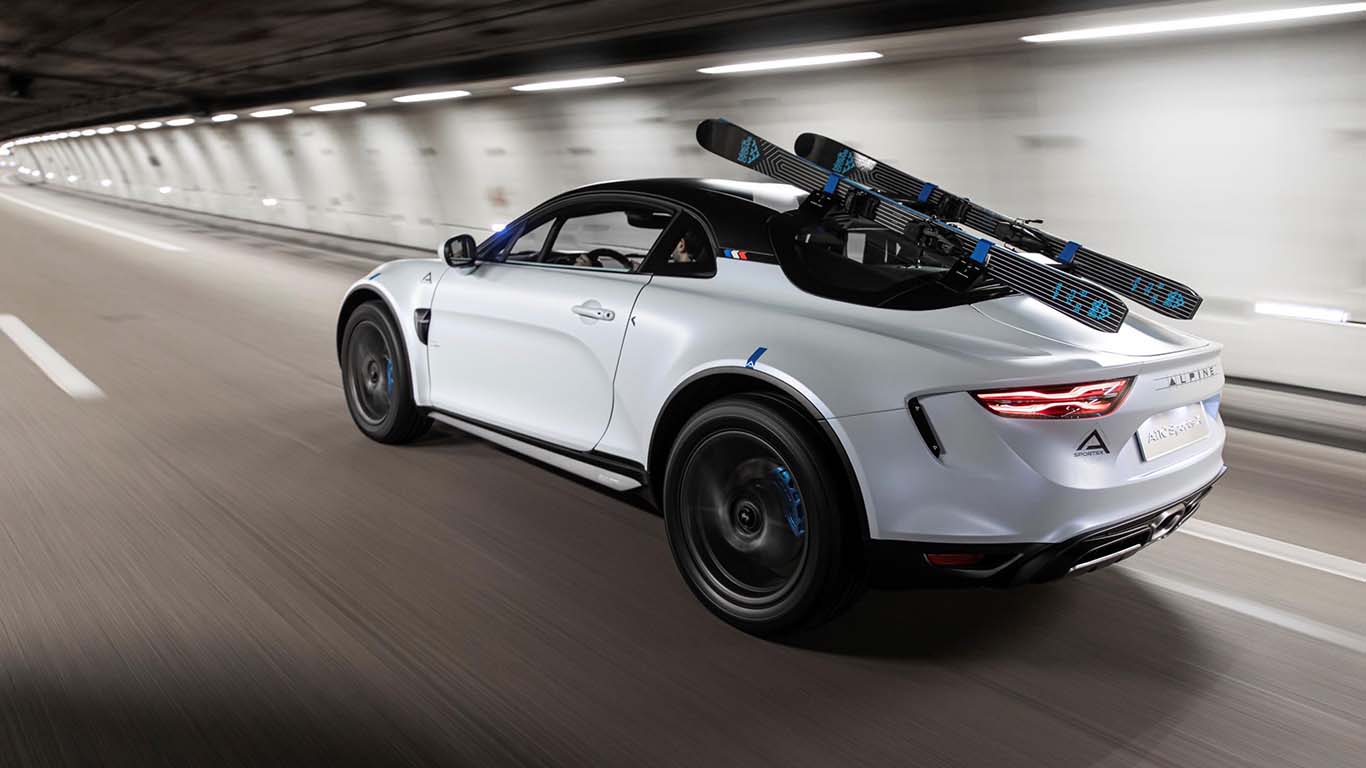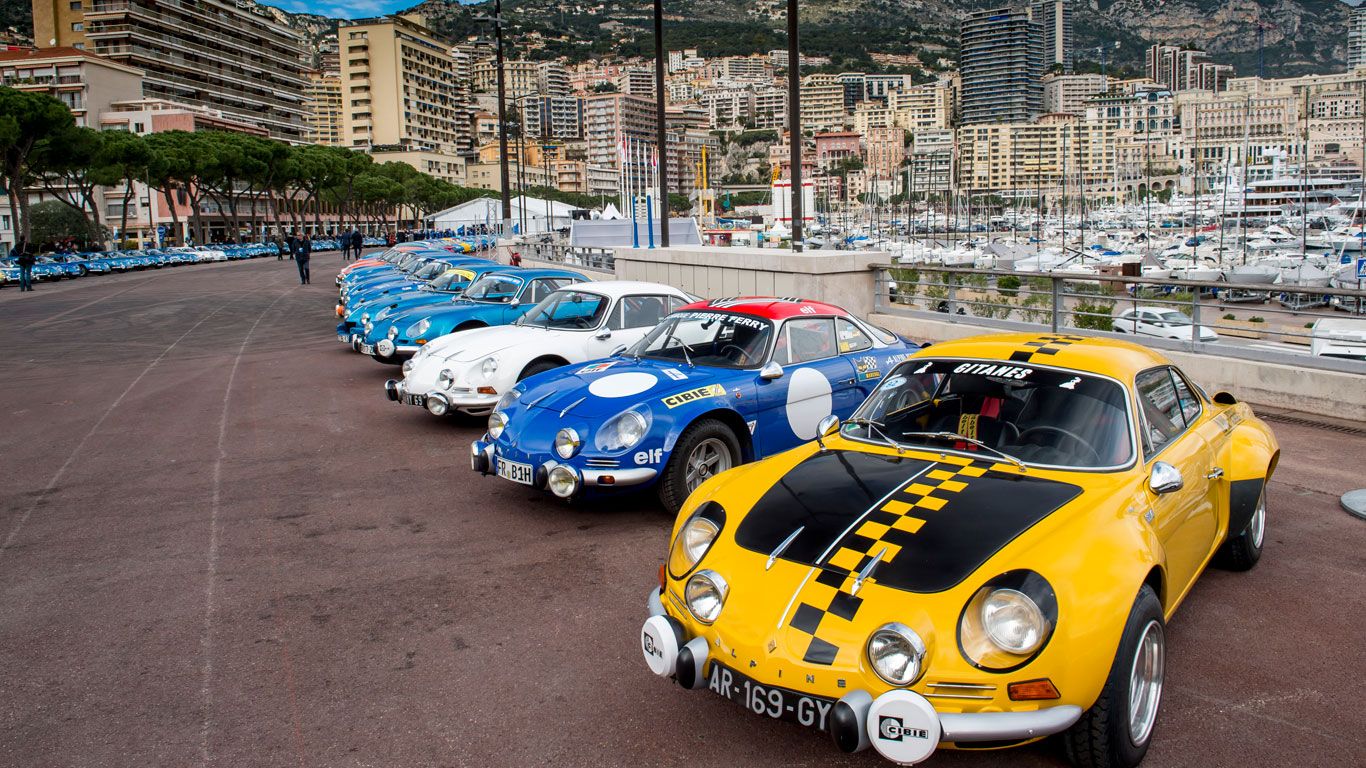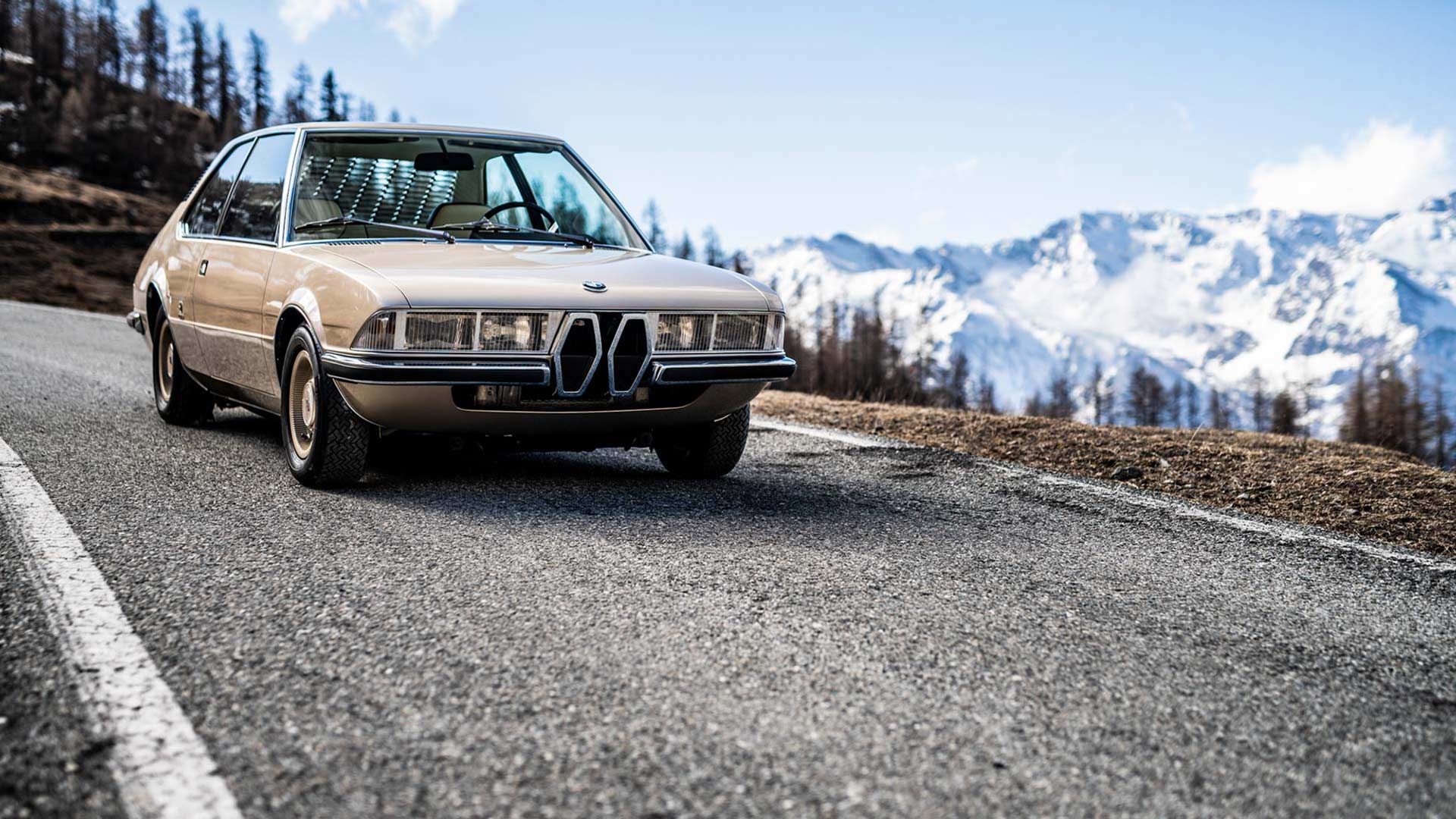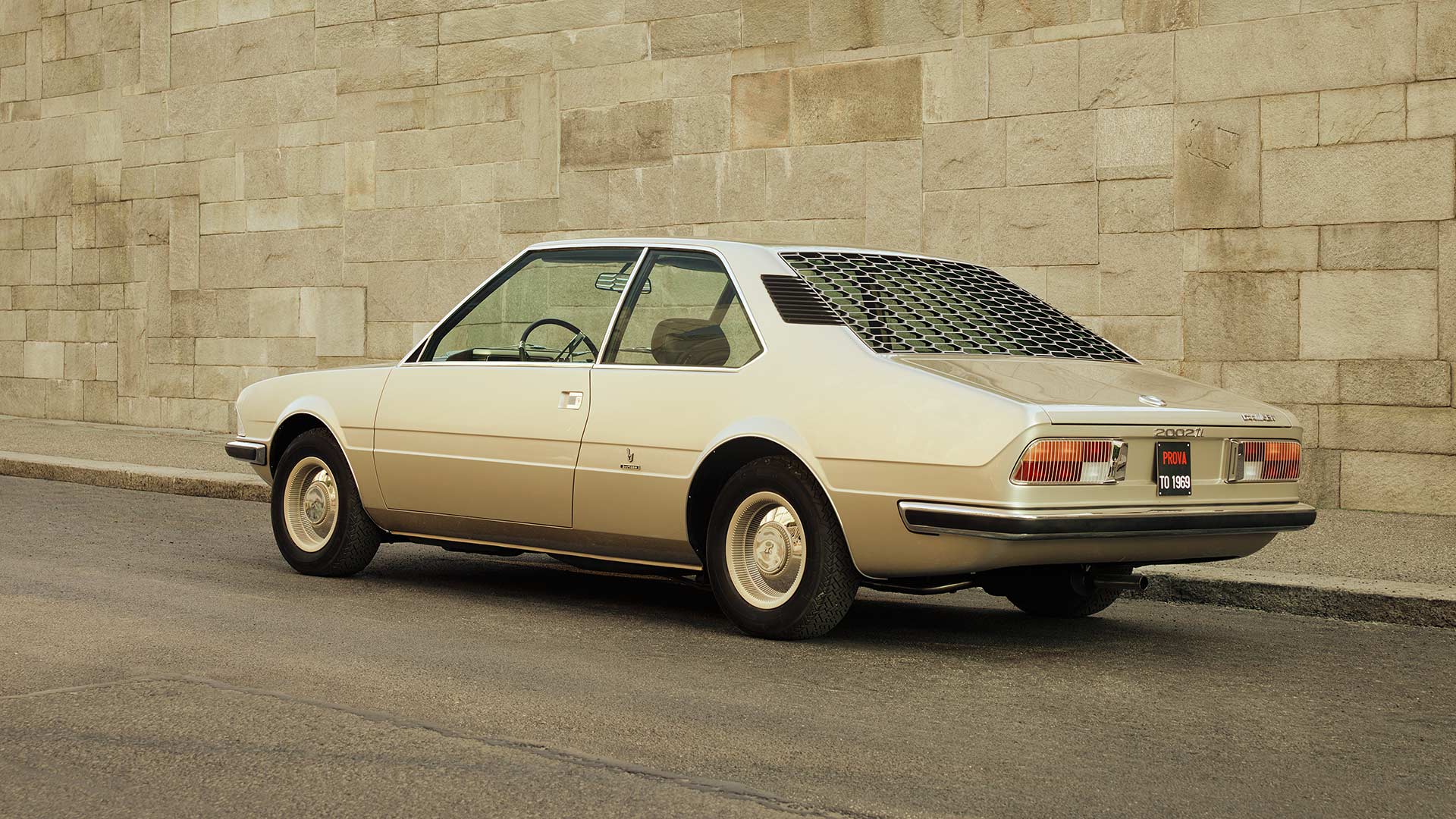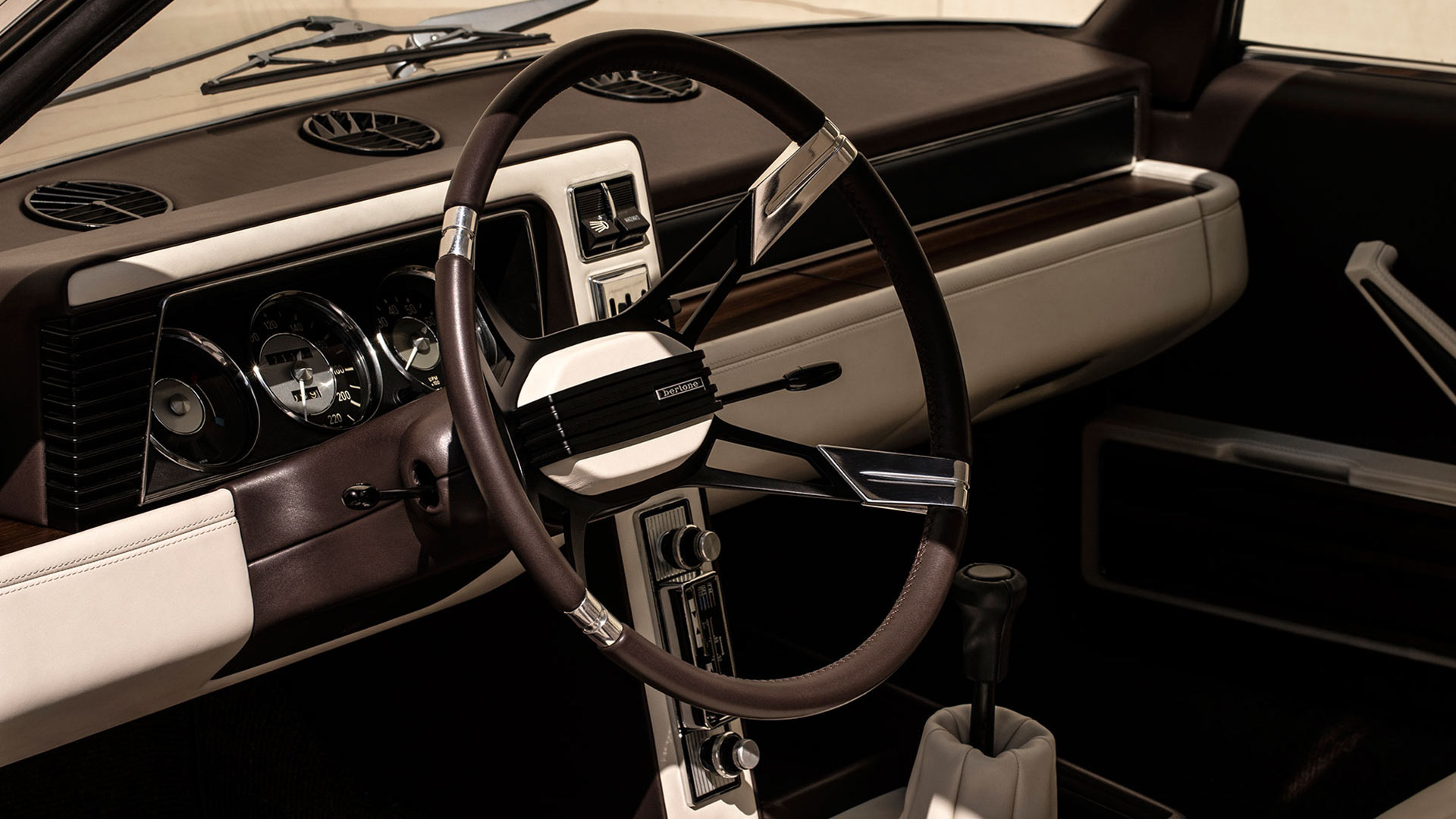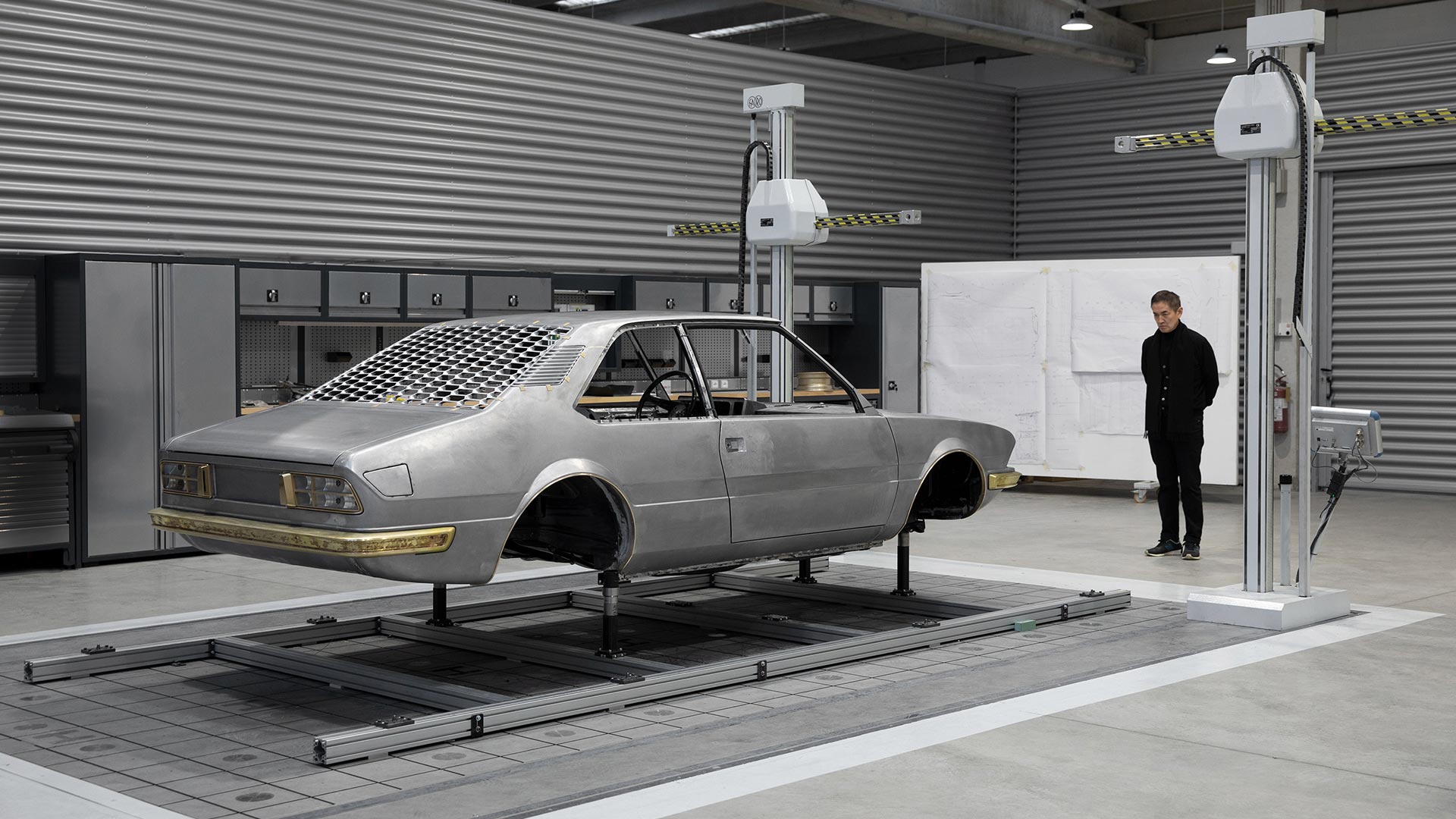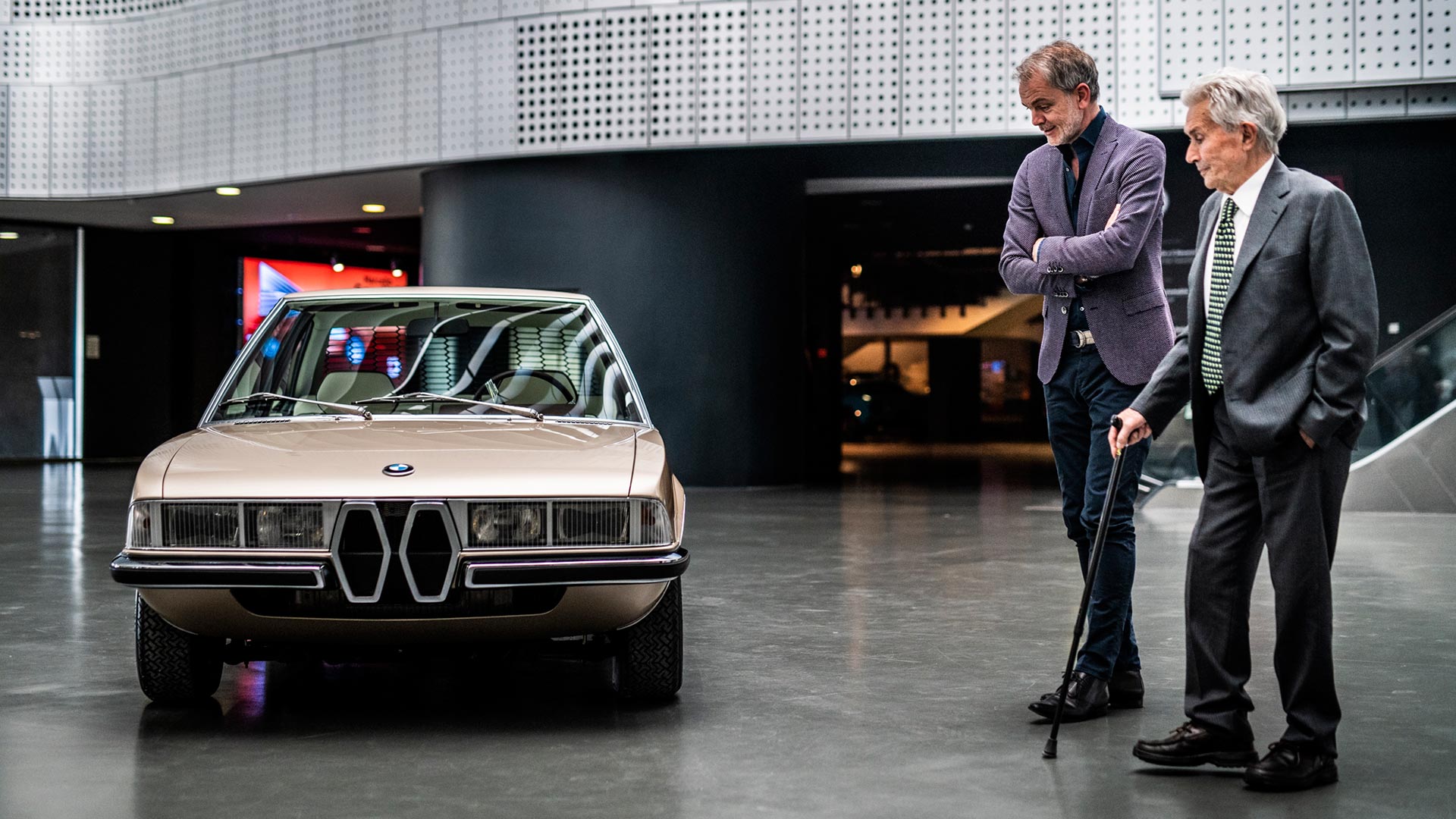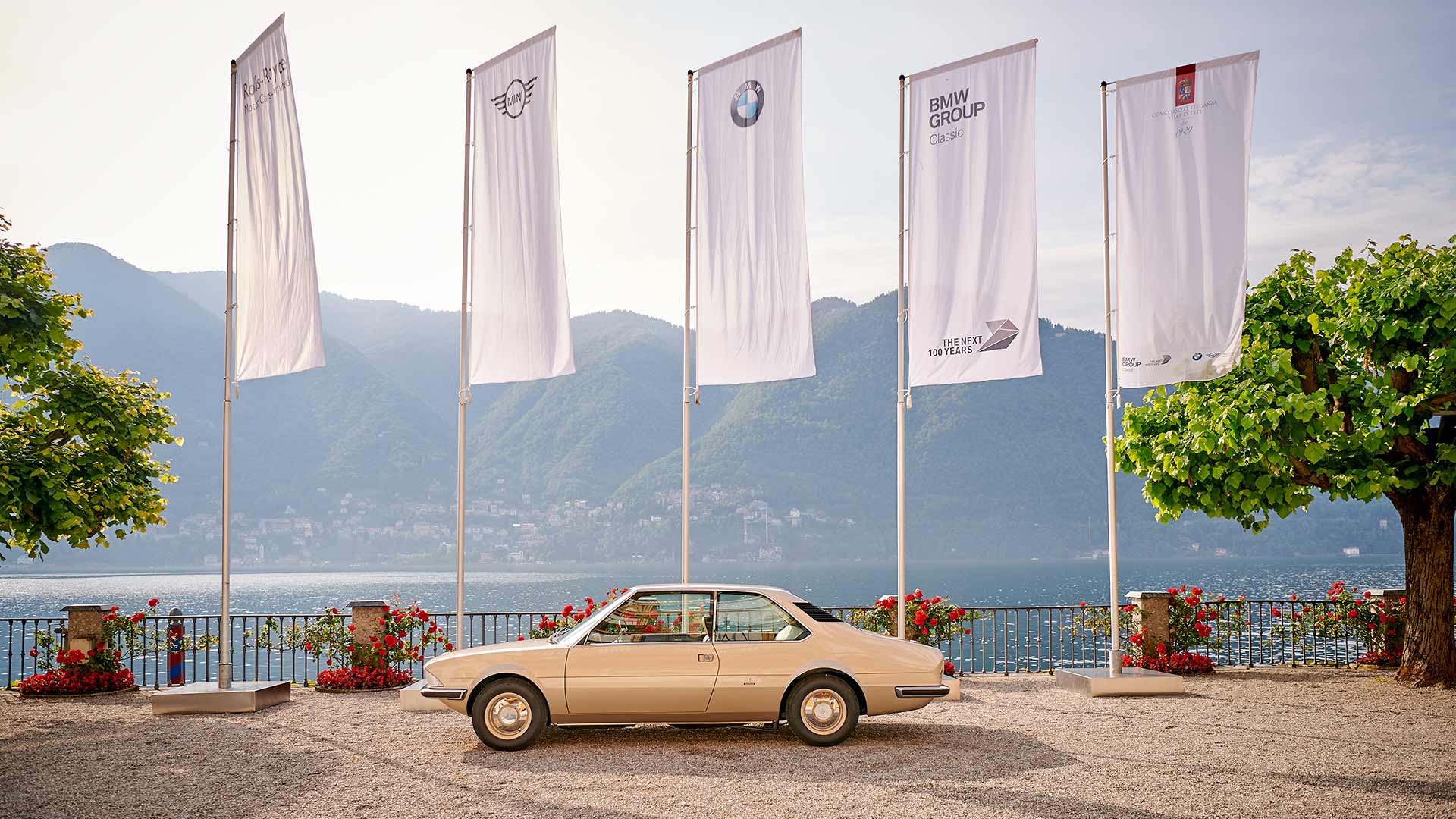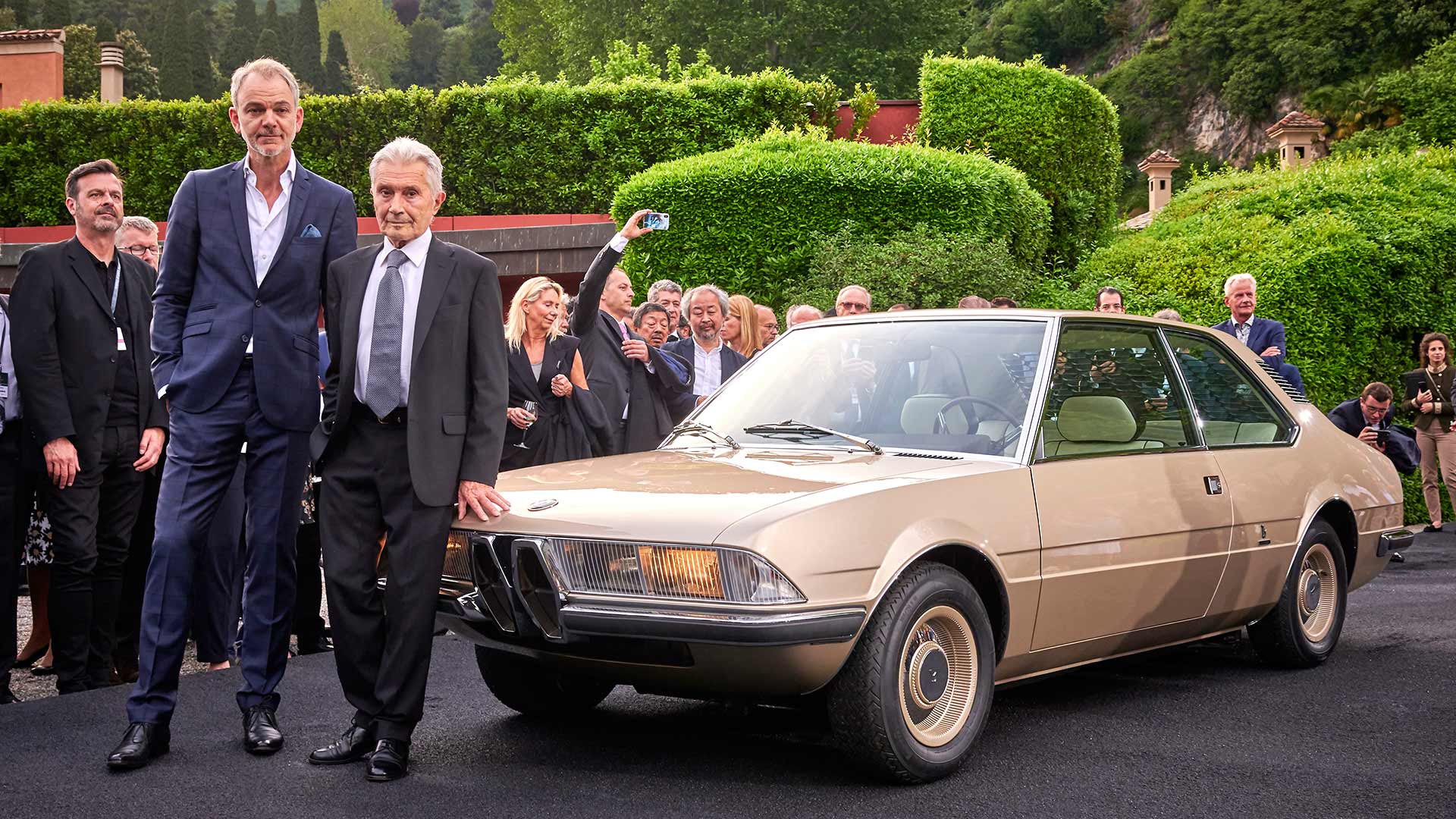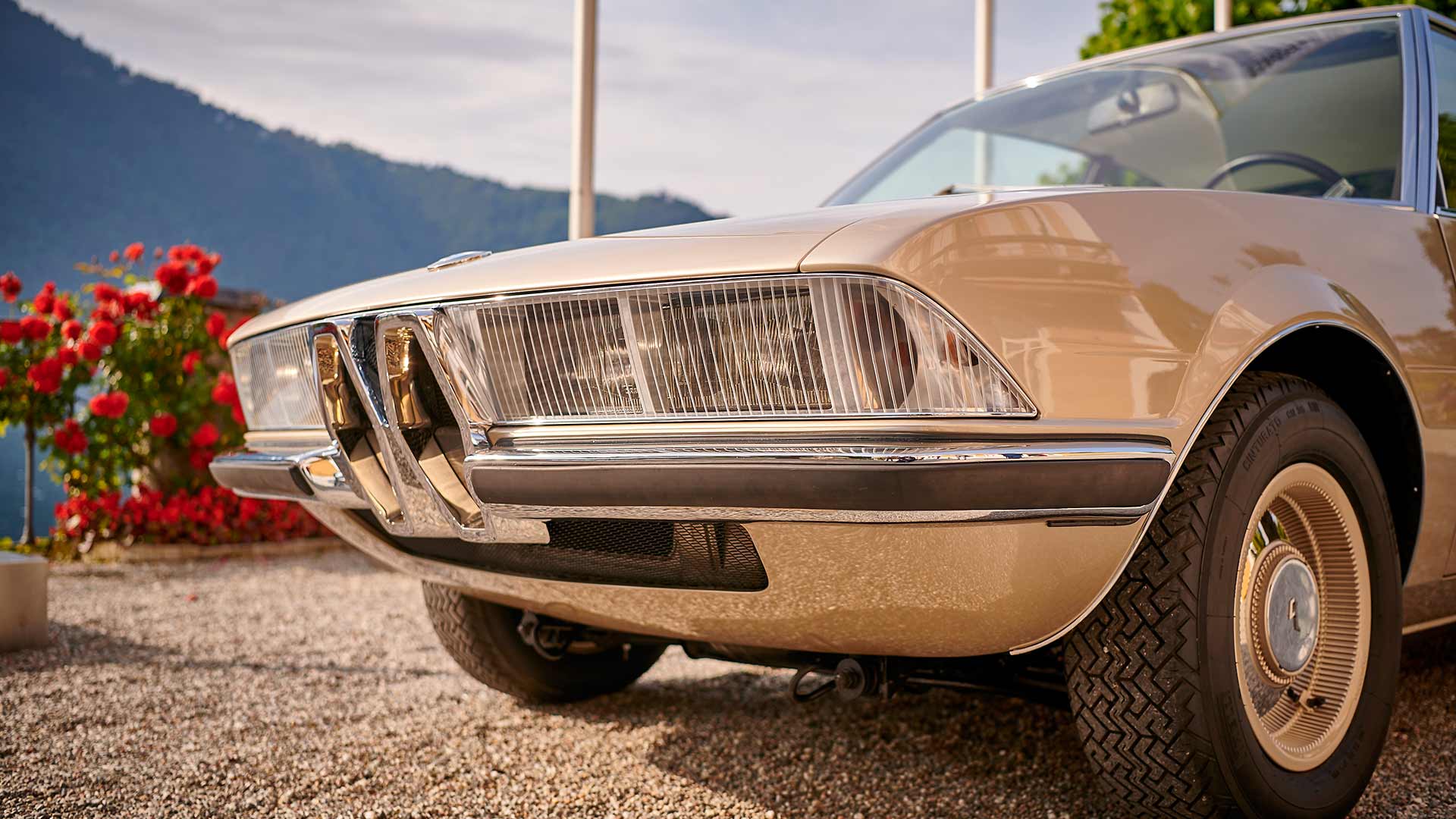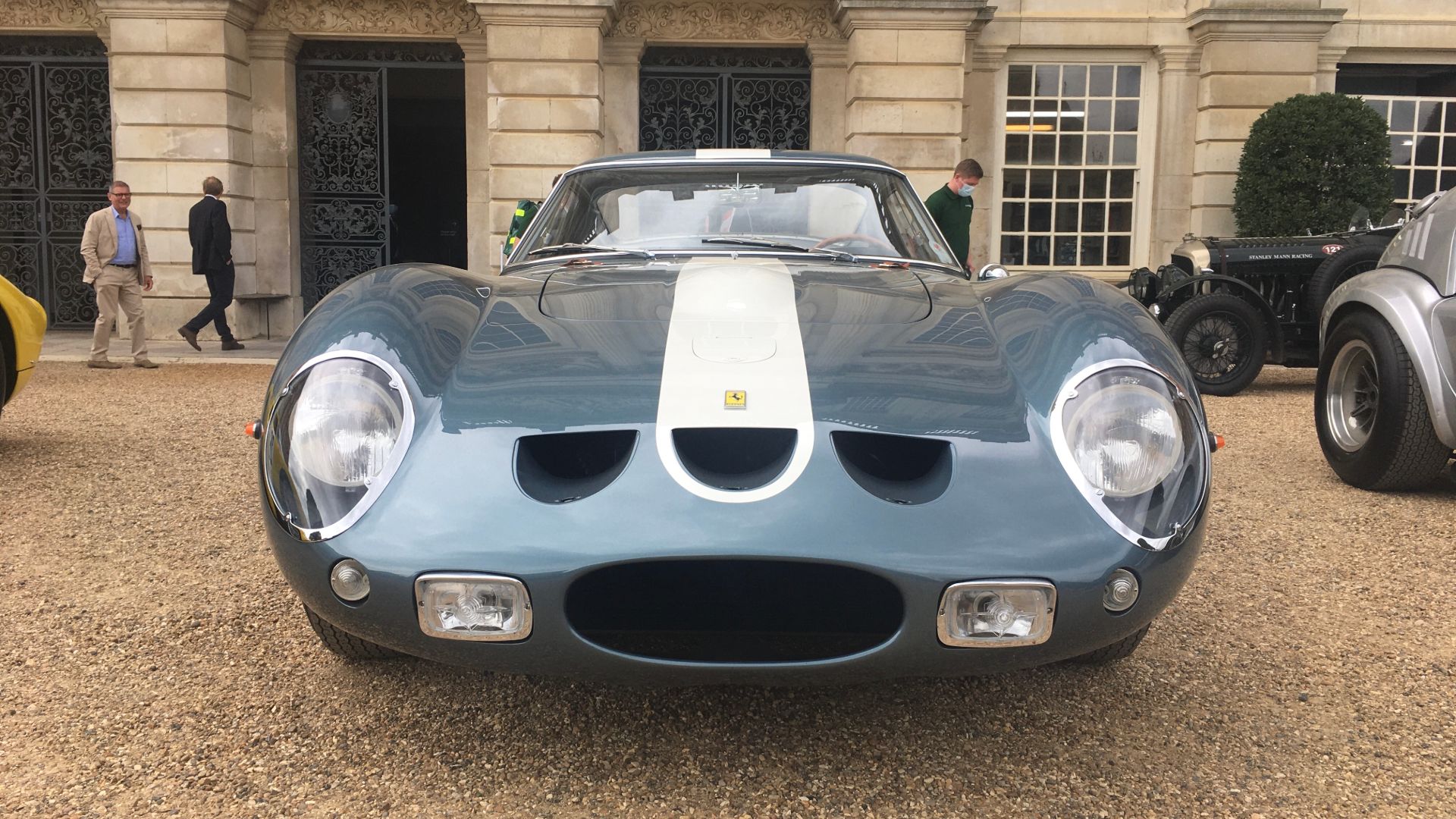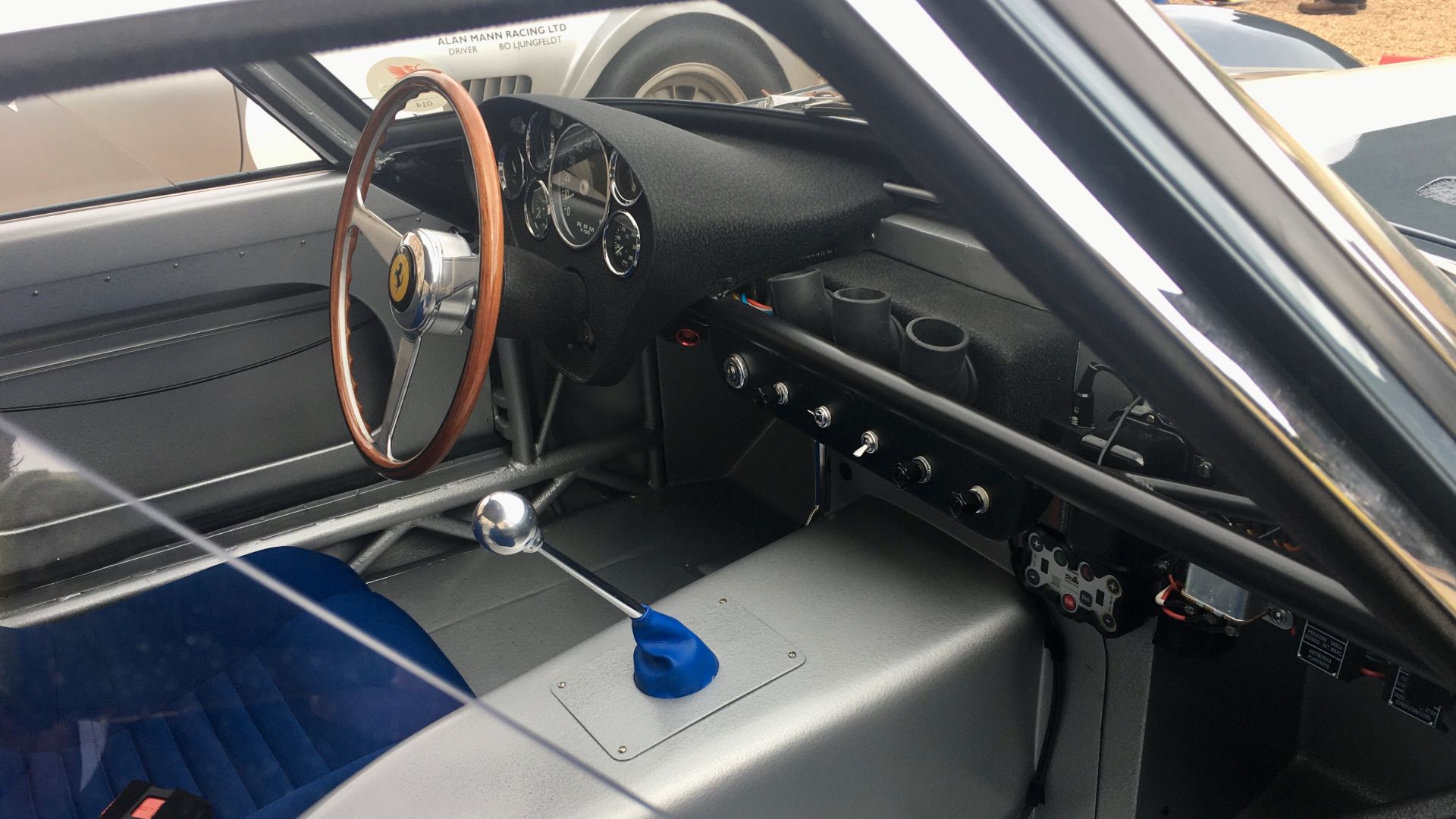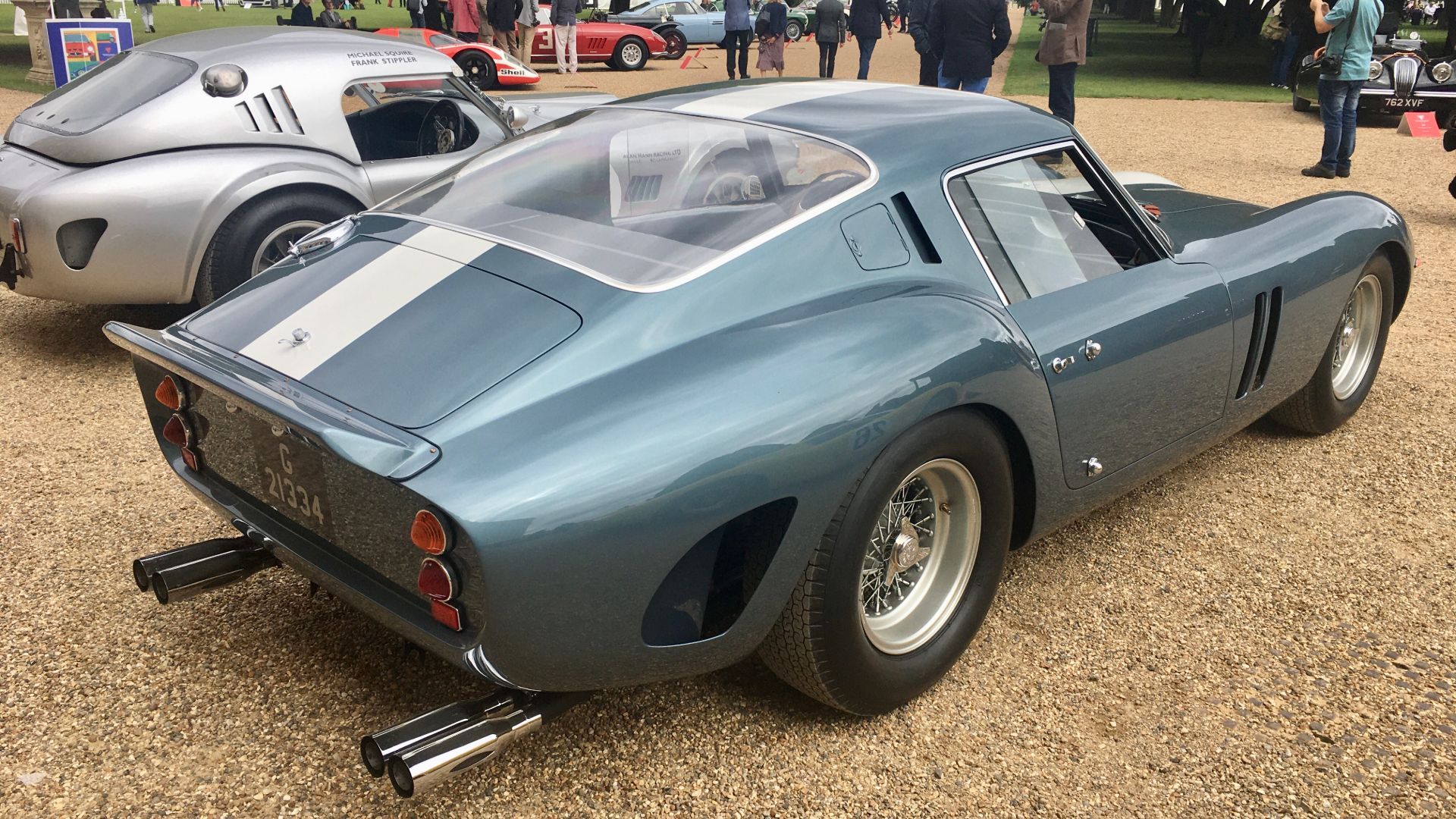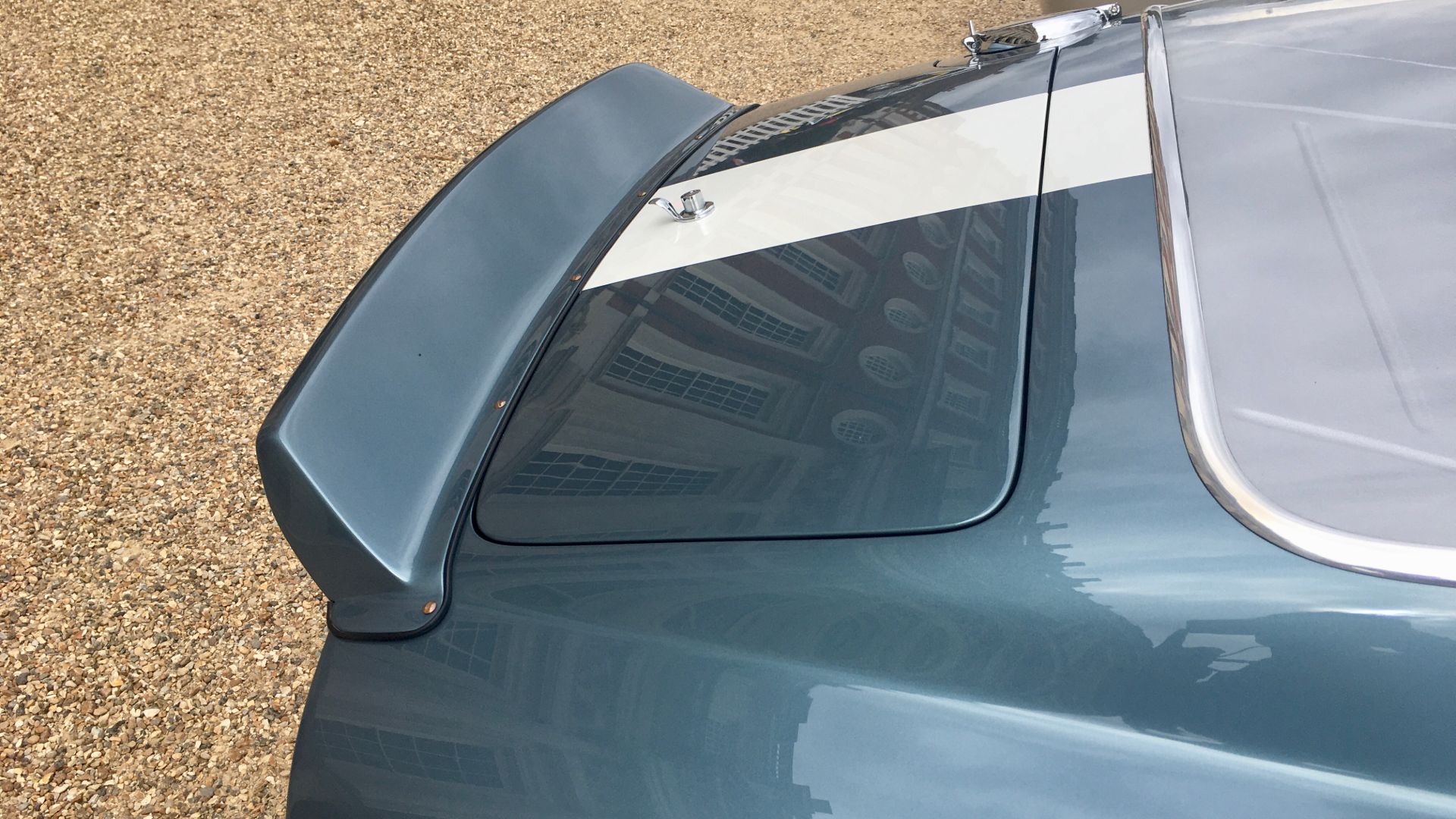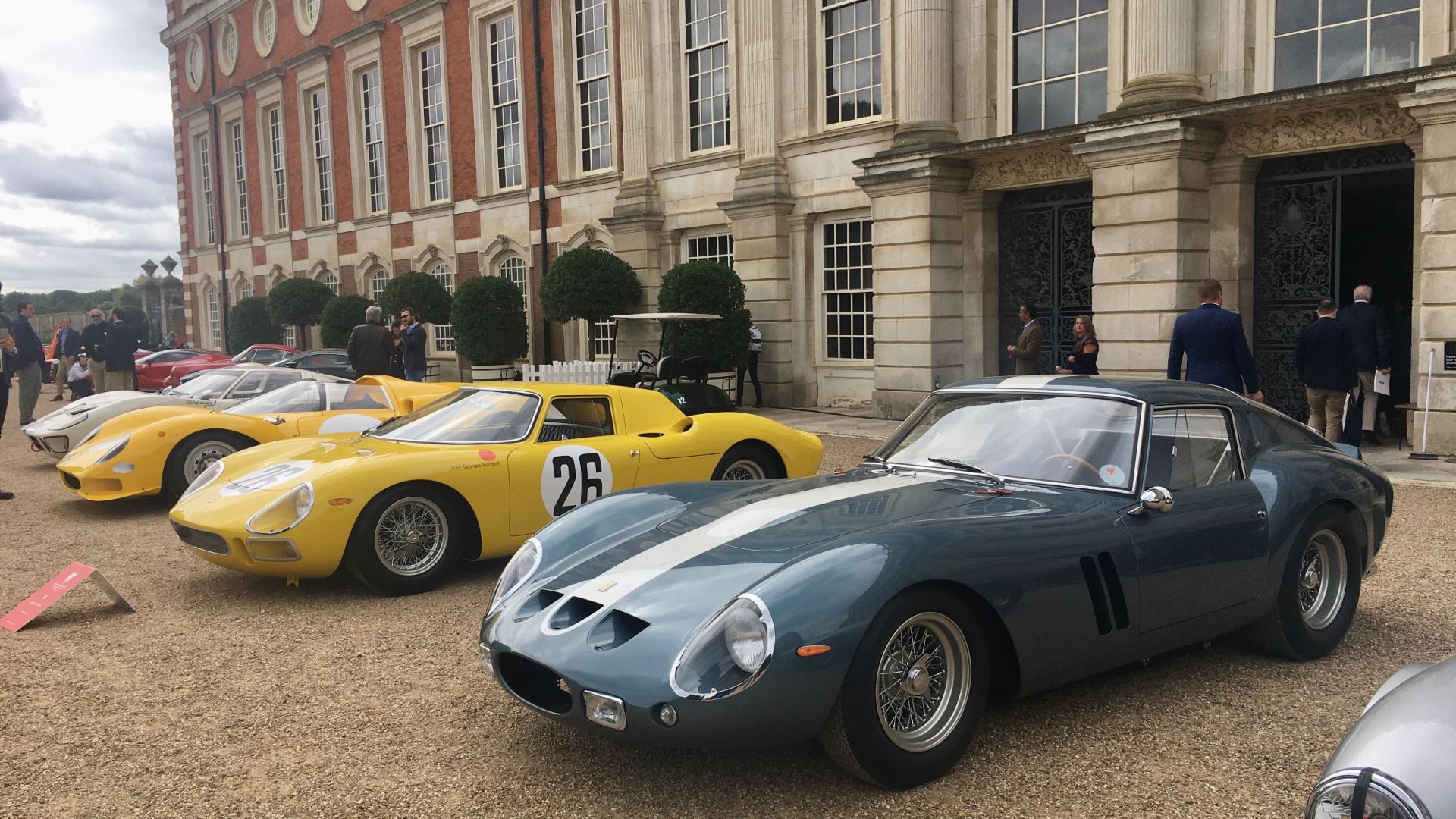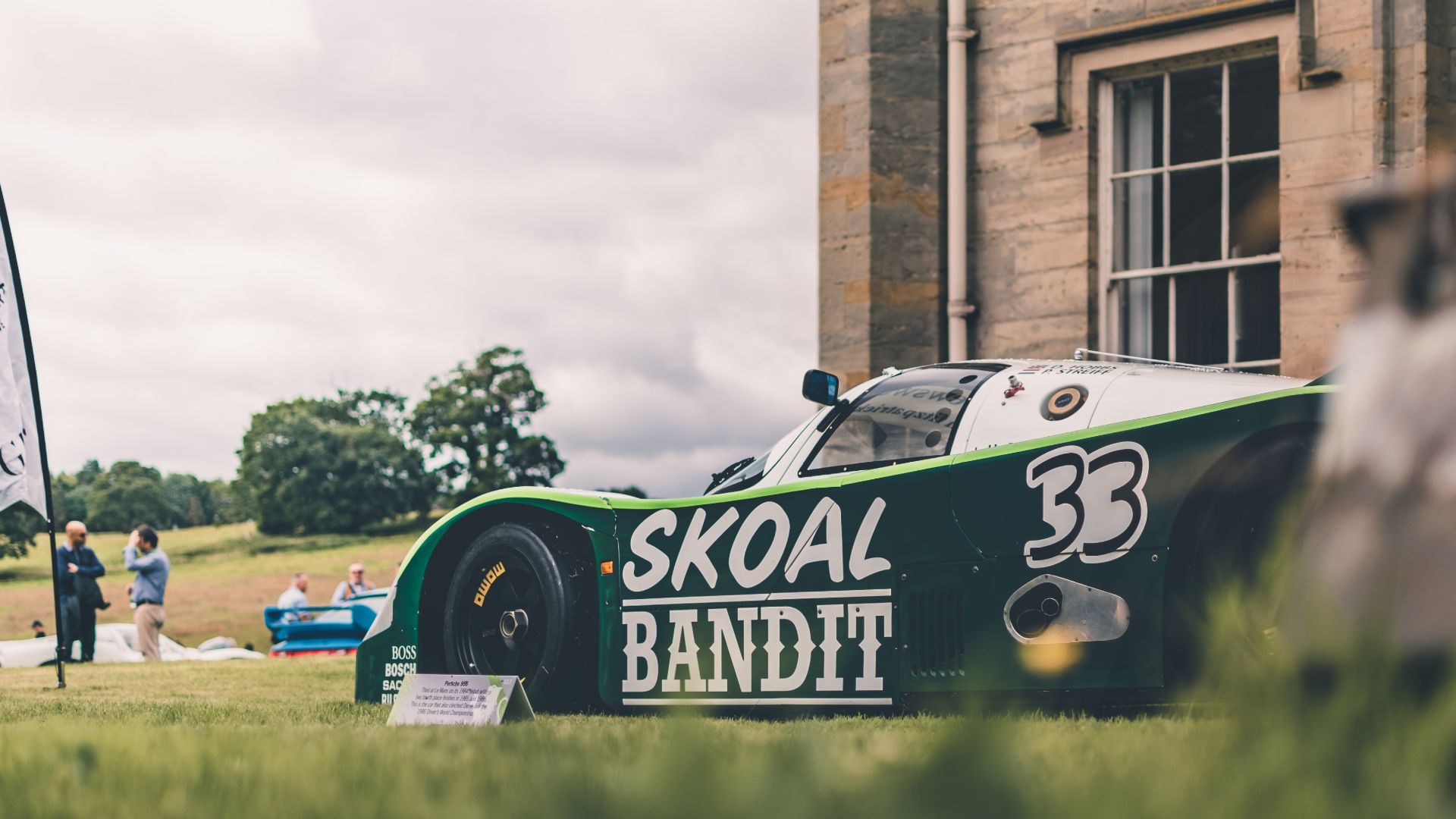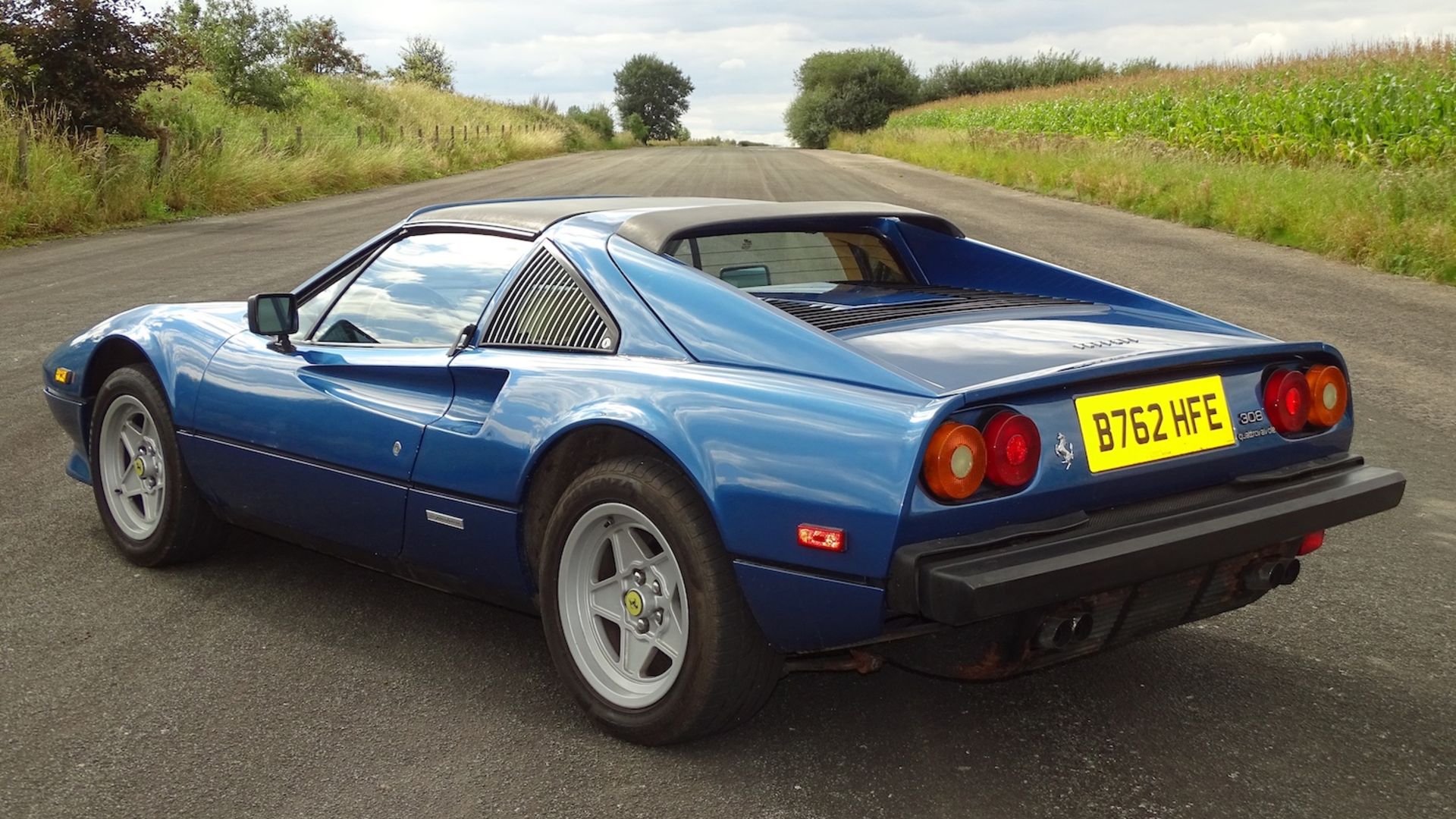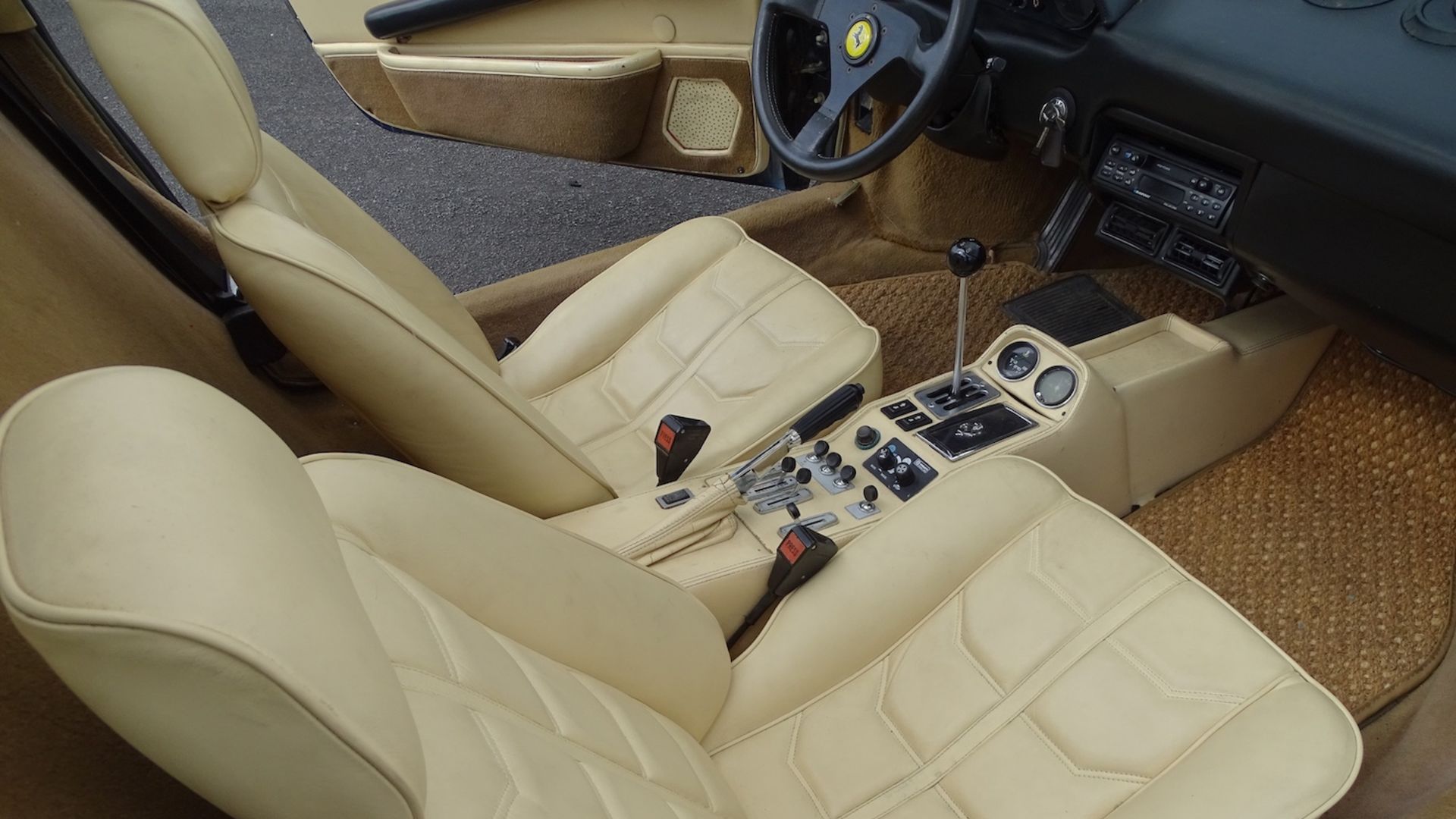These are strange times. In March 2016, a Ford Capri 280 sold at auction for a world record price of £54,000. Think about that for a moment – a 1987 Ford Capri for a tad less than the price of a brand new Porsche 718 Cayman T.
So what’s the appeal? To celebrate the Capri’s 50th anniversary, we took a look at the very last Capri 280 off the line.
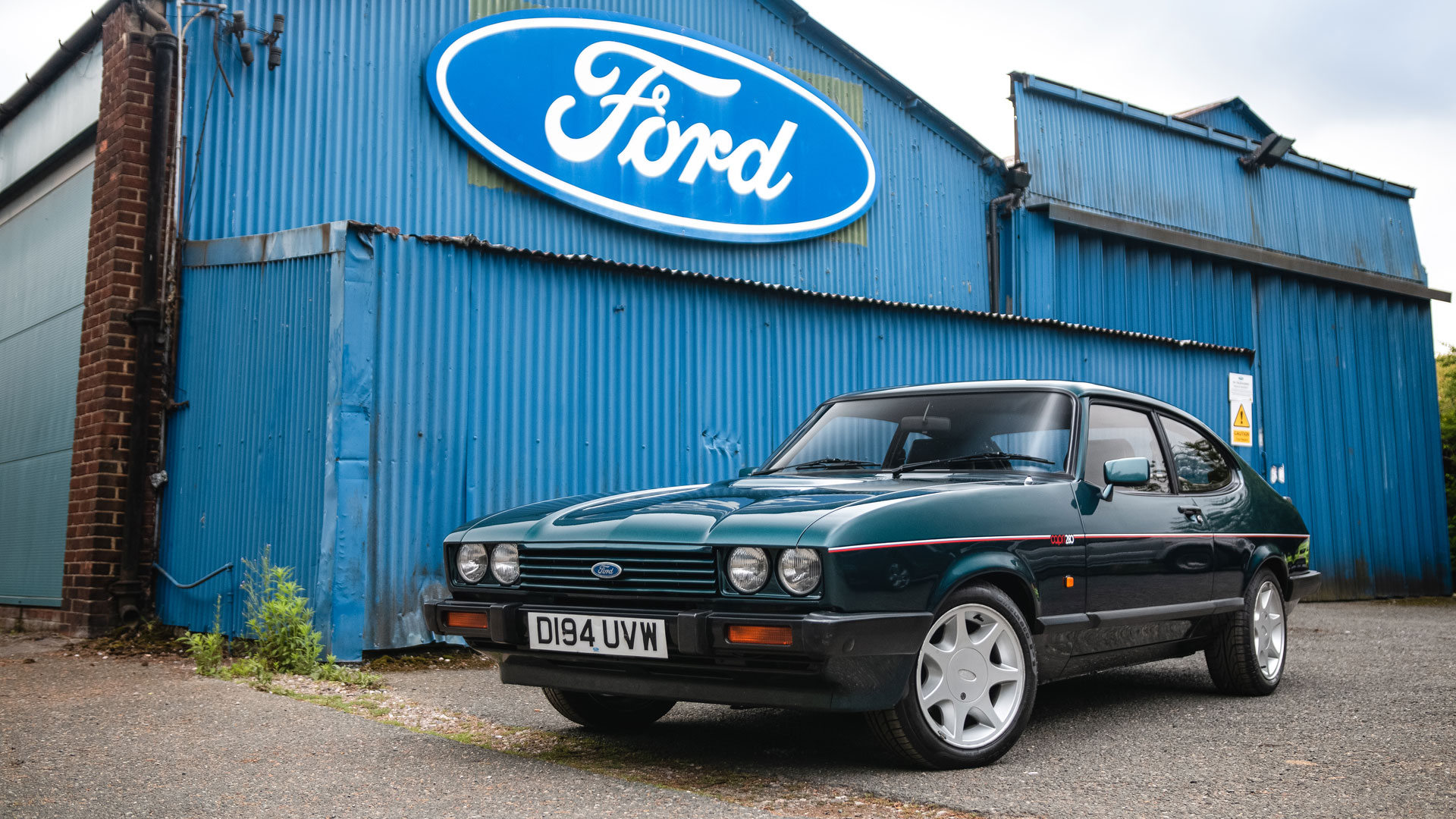
Ford Capri 280: what are its rivals?
The Capri faced a number of challengers throughout the 70s and 80s, but few had the universal appeal of the blue collar icon. Ford billed it as the ‘car you always promised yourself’ and it was, to all intents and purposes, the European equivalent of the Ford Mustang.
And much like the American pony car, it was based on a more humble platform. For while the Mustang was a Ford Falcon in a fancy dress, the Capri was little more than a Cortina in a posh frock. But it struck a chord with the British motorist – a blue-badged coupe for the blue collar masses.
By the time the last-of-the-line Capri 280 was rolled out, the car you always promised yourself was becoming a relic in a changing world. Teenage kicks were being provided by a new breed of young upstarts in the form of hot hatches – the Capri felt well past its sell-by date.
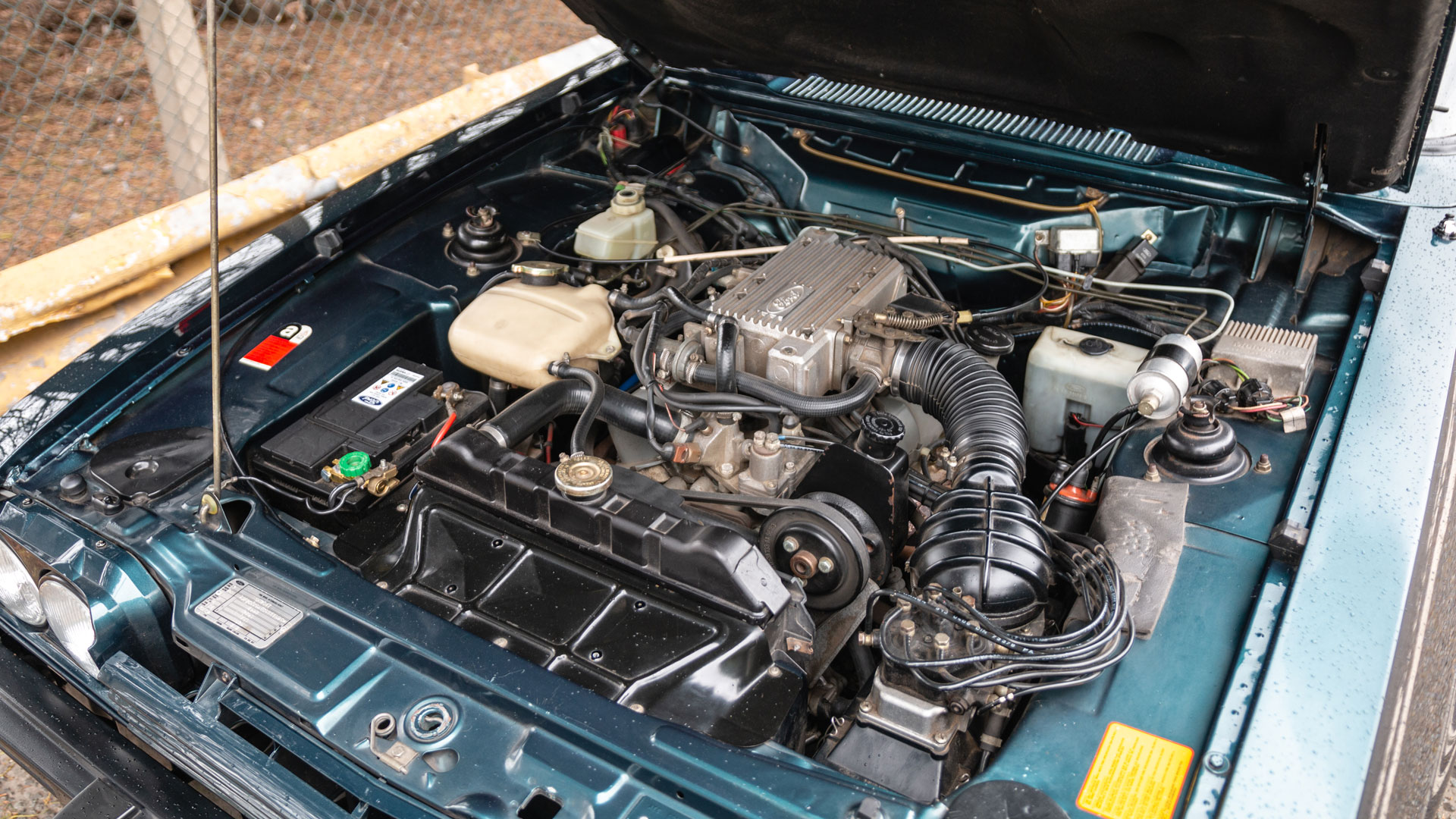
Ford Capri 280: what engine does it use?
In his excellent book Capri: The Development & Competition History of Ford’s European GT Car, Jeremy Walton credits the 2.8-litre fuel-injected engine as prolonging the life of the Ford Capri. It was left to the newly-established Special Vehicle Engineering (SVE) to mate the Capri with the Bosch K-Jetronic V6 engine, first seen in the Ford Granada.
It was a match made in heaven: the 2.8i would evolve from an early four-speed manual into a five-speed 2.8 injection Special, complete with limited slip differential. The company made no mechanical changes to the 280, so the claimed 160hp remained the official output.
Officially, the original 2.8i offered a 130mph top speed and a 0-60mph time of 7.9 seconds, but as Walton explains, the heavier injection Special trim, five-speed gearbox and limited slip differential would have blunted the performance.
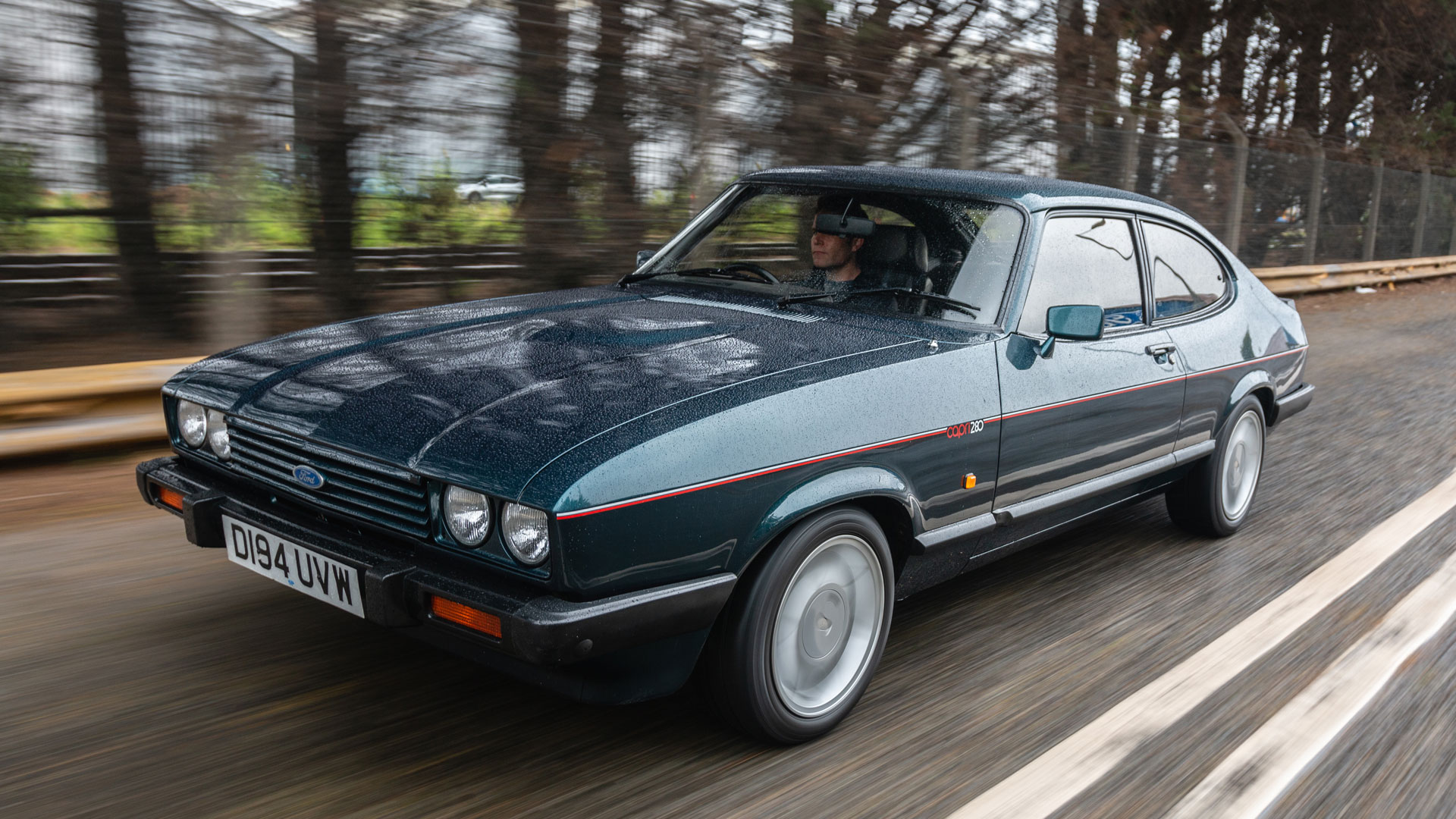
Ford Capri 280: what’s it like to drive?
The Capri III was essentially a development of the earlier Capri II, which dates back to 1974, so even in 1987, this Capri 280 would have felt like something from a different era. But it was a suitable last hurrah for a much-loved car.
Ford built 1,038 Capri 280s, each one painted in ‘Brooklands’ green, which is why so many people refer to the car as the Capri 280 Brooklands. The driving position is quite unlike anything else on the road, as you peer out across the Capri’s delightfully long bonnet, complete with central ‘power bulge’.
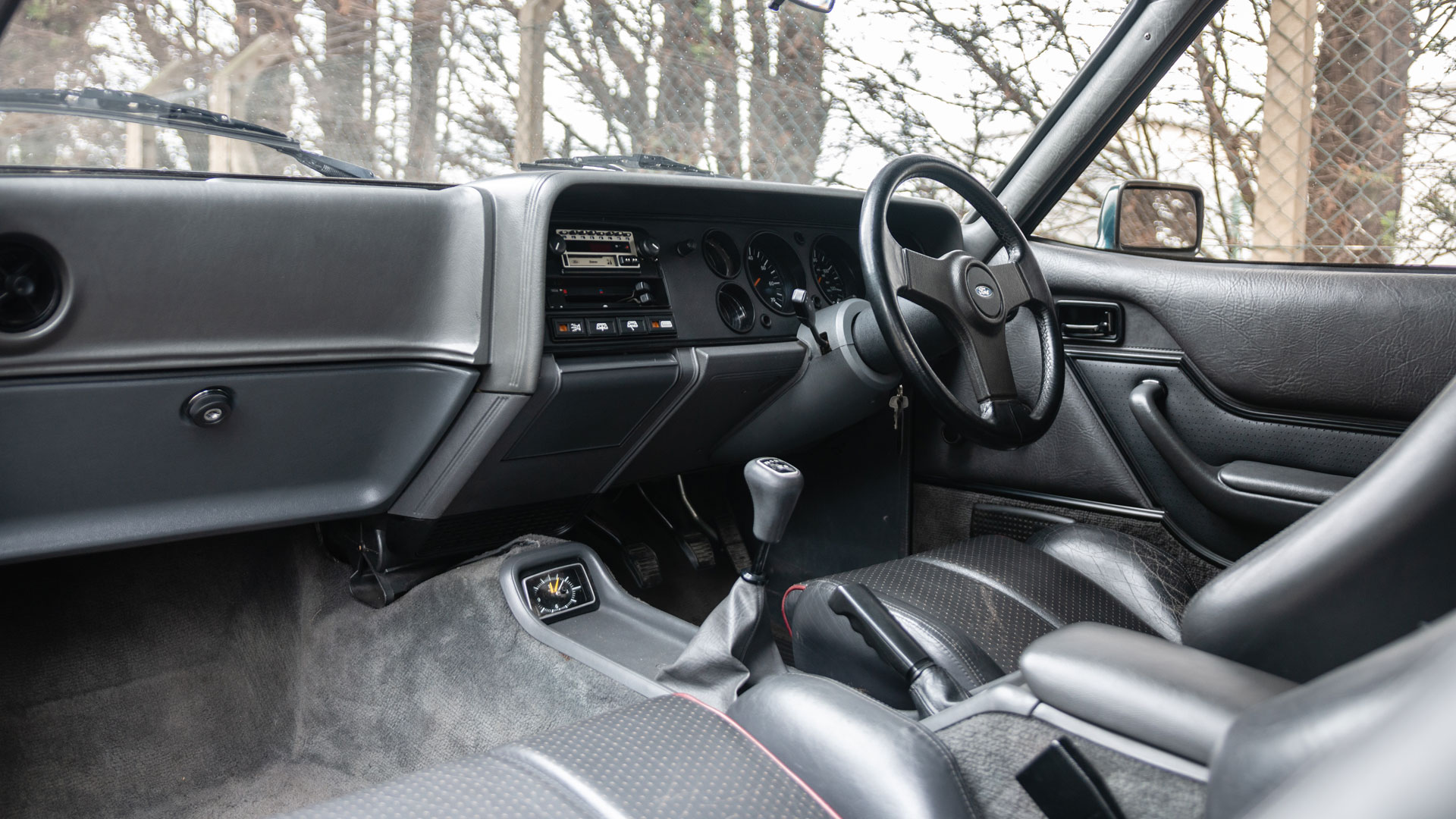
The Capri rocks from side to side as you blip the throttle, bringing to mind the feeling of being at the wheel of an American muscle car, primed and ready to tame a dragstrip. The grey ‘Raven’ full leather Recaro seats, contrasted by red piping, are both comfortable and supportive.
By today’s standards, the Capri’s performance is timid, verging on lethargic. But it delivers its power with proper grunt and an appropriate soundtrack. This a proper front-engine, rear-wheel drive hero, meaning it’s not hard to get the tail wagging. Naturally, you have to wind down the window (no electric gubbins here) in order to adopt the authentic ‘Capri elbow’ driving position.
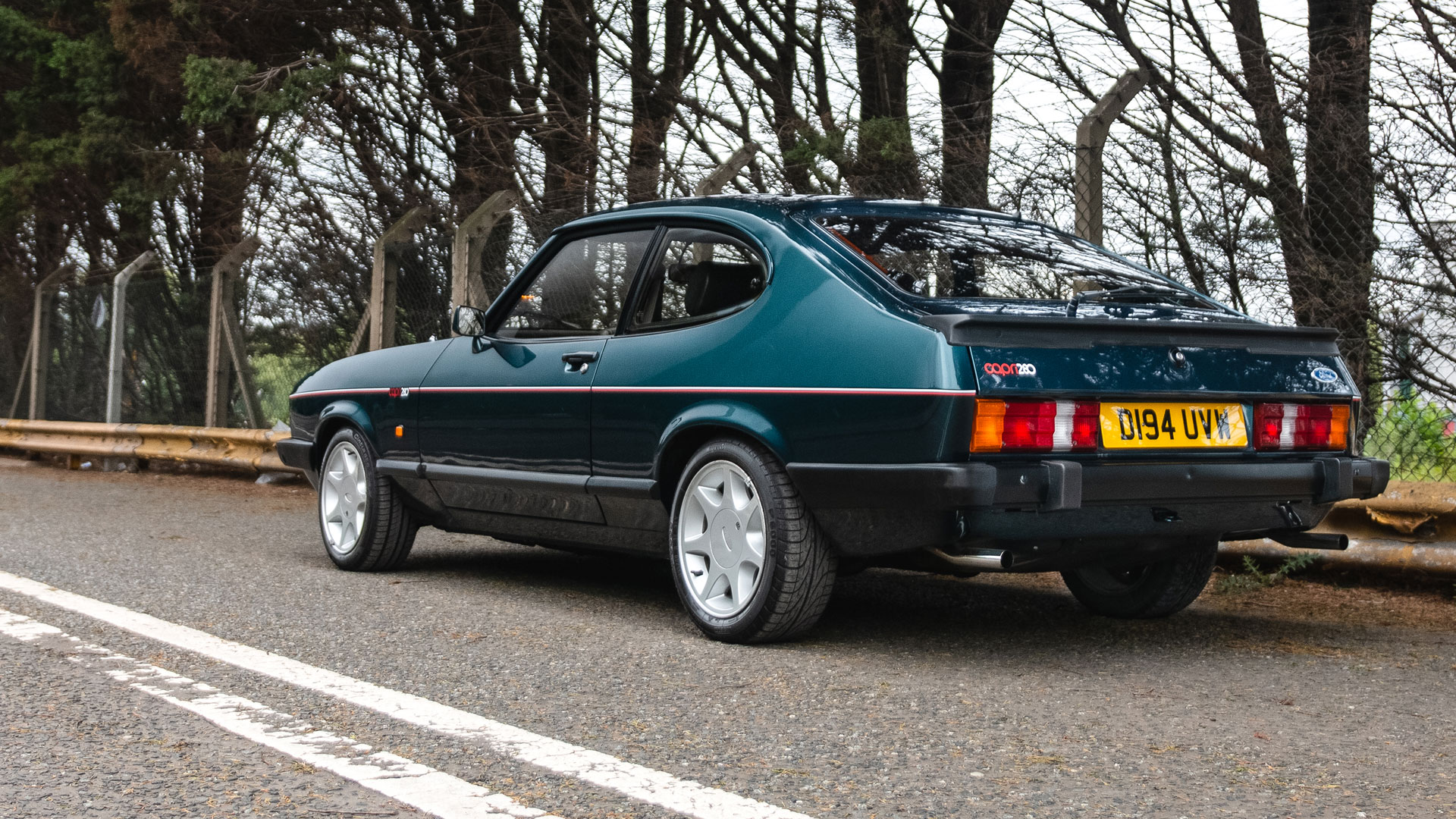
Ford Capri 280: reliability and running costs
The Ford Capri dates from a time when DIY servicing wasn’t a problem and it shouldn’t be too hard to keep a 280 on the road. That said, given the rarity value, not to mention the associated prices, you’ll want to ensure the 280 is kept in a condition faithful to when the last cars rolled off the Cologne production line.
A well-maintained 2.8-litre V6 engine should be reliable, but regular oil changes are essential. Also check the differential, as a whining noise could result in a costly rebuild.
As for fuel economy, don’t expect to get anything above 25mpg, but seriously, who cares about fuel consumption when you’re at the wheel of a Capri 280? Just sit back and enjoy the drive. With your right elbow resting on the door…
Ford Capri 280: could I drive it every day?
You could, but you probably shouldn’t. At the very least we’d recommend running a Capri 280 only during summer months, because corrosion can be a constant menace. The front wings, rear arches and bumpers tend to rust for a pastime, and although pattern parts are available, it’s preferable to maintain some originality.
On the plus side, the 280 has enough power to keep up with modern traffic and the Capri entered the new millennium with its reputation restored. Drive one today and you will turn heads. As we made our way through the suburbs, we were greeted with smiles and the occasional thumbs up. This wouldn’t have happened 20 years ago.
Ford Capri 280: how much should I pay?
This is the million dollar question. The Ford Capri 280 sold by Silverstone Auctions (pictured) was almost factory-fresh, with a mere 936 miles on the clock, but its sale does have the potential to boost the values of other 280s.
Indeed, there was a rare G-registered 280 on eBay for the mildly ambitious price of £100,000, although the seller openly admitted “it’s not worth £100k.” With reference to the G-plate, Ford struggled to shift the 280, not least because the £11,999 price tag was wildly optimistic. But it helps to explain why you’ll find some D, E, F and even G-registered cars.
The Hagerty valuation tool lists the Capri 280 at anything between £12,000 and £28,500, with concours examples valued at £50,000. Original and low mileage Capri 280s will command the strongest prices.
Ford Capri 280: what should I look out for?
You’ll need to confirm your Capri 280 is actually a Capri 280. Given the values over standard Capri 2.8 injection Specials, unscrupulous types might be prepared to create a 280 using Brooklands green paint, a leather interior and 15-inch alloy wheels.
The brooklands280 website contains a handy tool enabling you to check your build number using the car’s engine/chassis number. Some Capri 280s were squirrelled away for future investment purposes, so don’t be surprised to find many low mileage examples.
Ford Capri 280: should I buy one?
Like so many last-of-the-line models, the Capri 280 was a cosmetic exercise, but it always felt like so much more than a marketing special. Many tears were shed when the Capri disappeared from the Ford brochure, so there’s is a great deal of fondness for the European Mustang.
Whether or not it’s worth spending the extra cash required to secure a 280 over a standard 2.8i is a matter of opinion. You’ll get just as much enjoyment from a Capri 2.8i, but may have to live without the potential for a huge return on your investment. If we were forced to choose, we’d opt for a mint 2.8 injection Special or an earlier 3.0S.
Ford Capri 280: pub fact
The Ford Capri 280 was destined to be the Capri 500, until Ford bosses had a change of heart. A run of 500 cars was planned, with Ford even going as far as to create the Capri 500 decals. But when Ford realised it had 1,038 bodyshells left, it decided to build 1,038 Capri 280s.




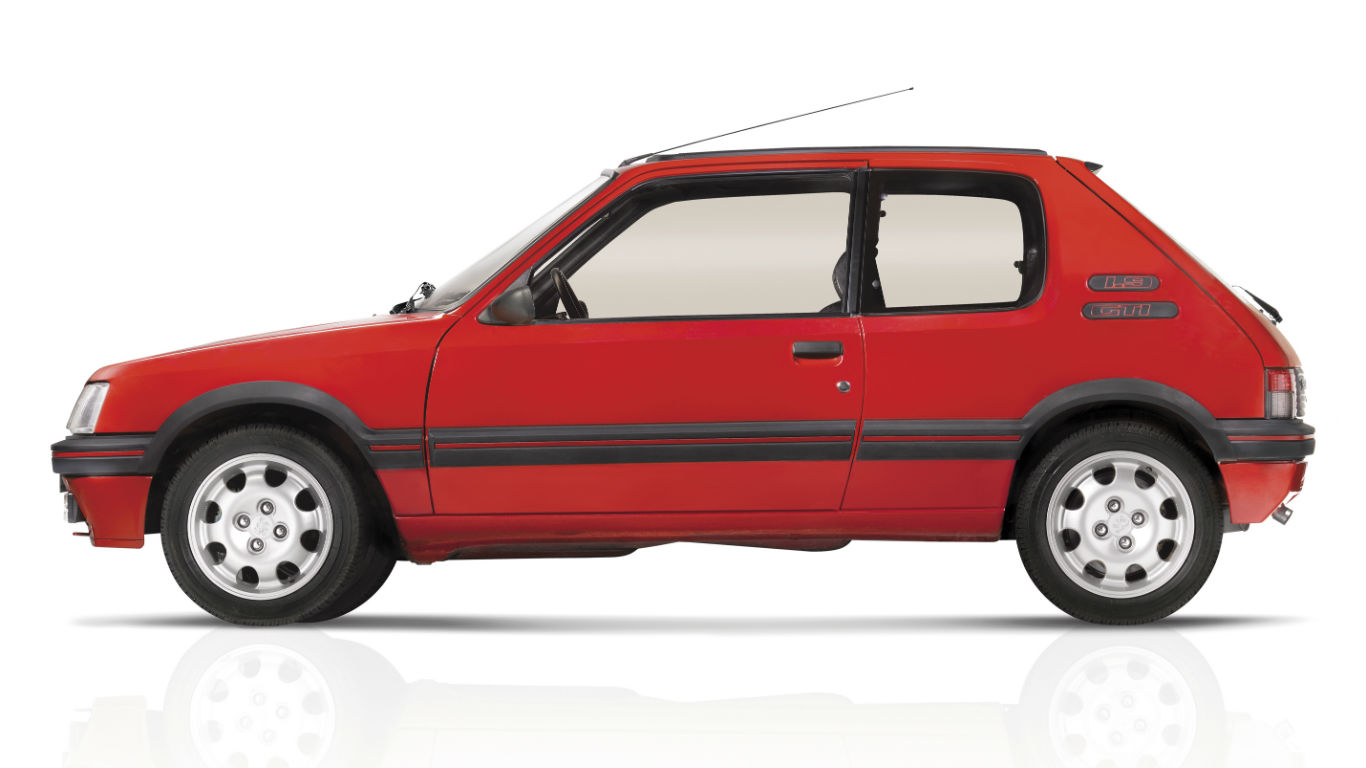
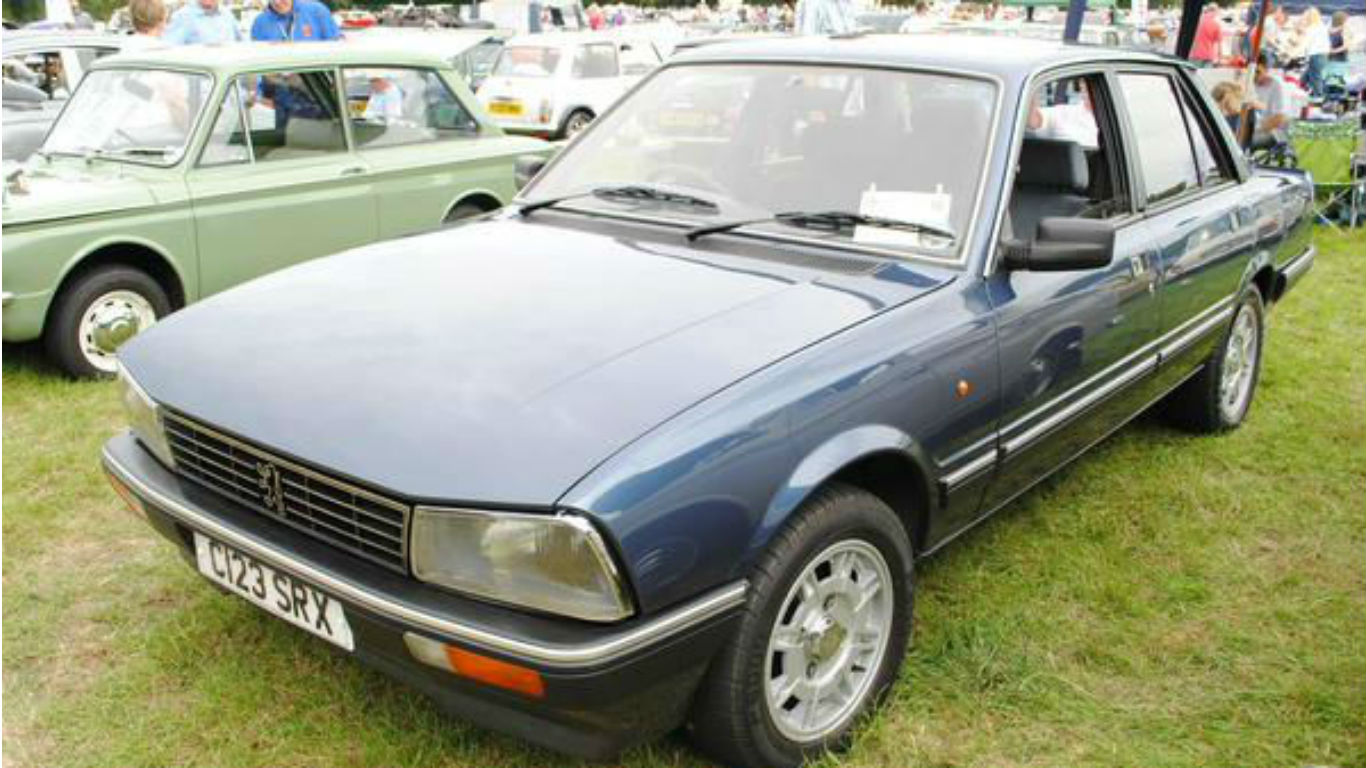
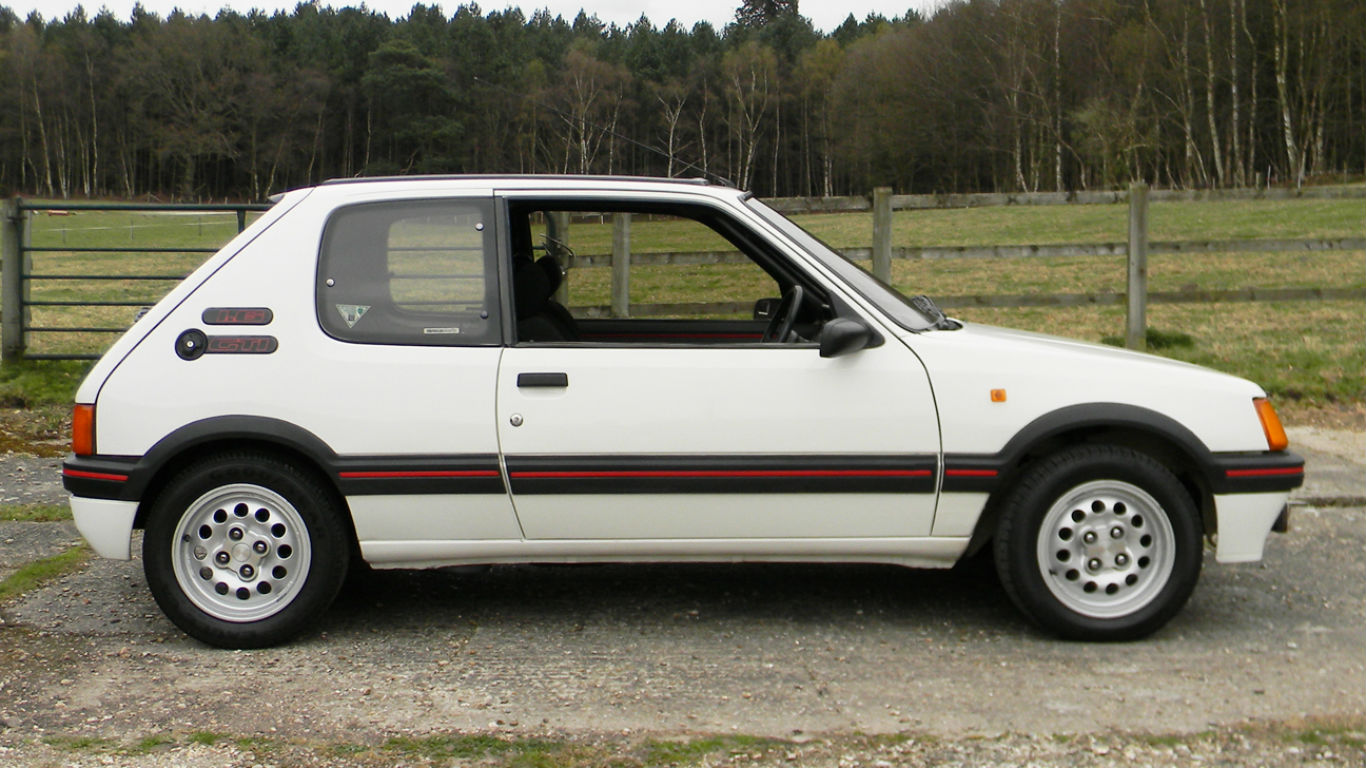
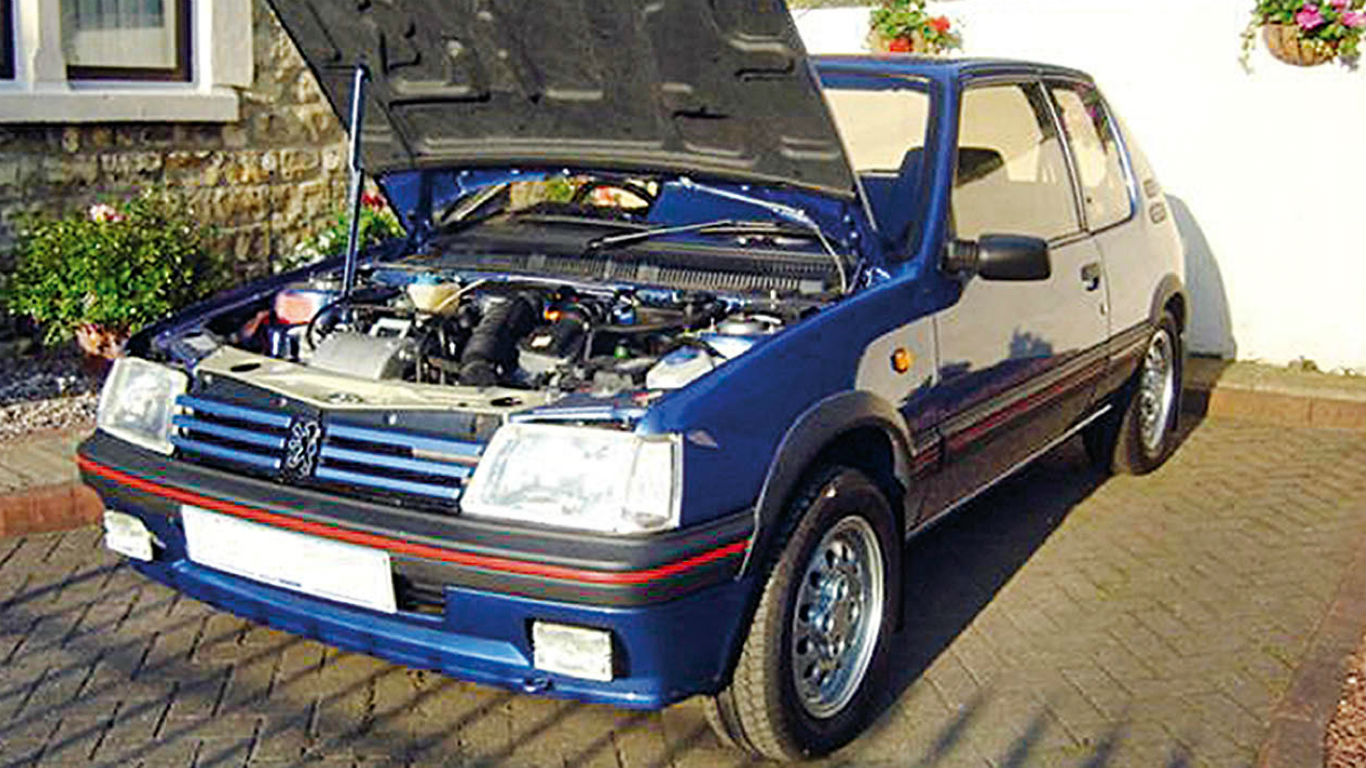
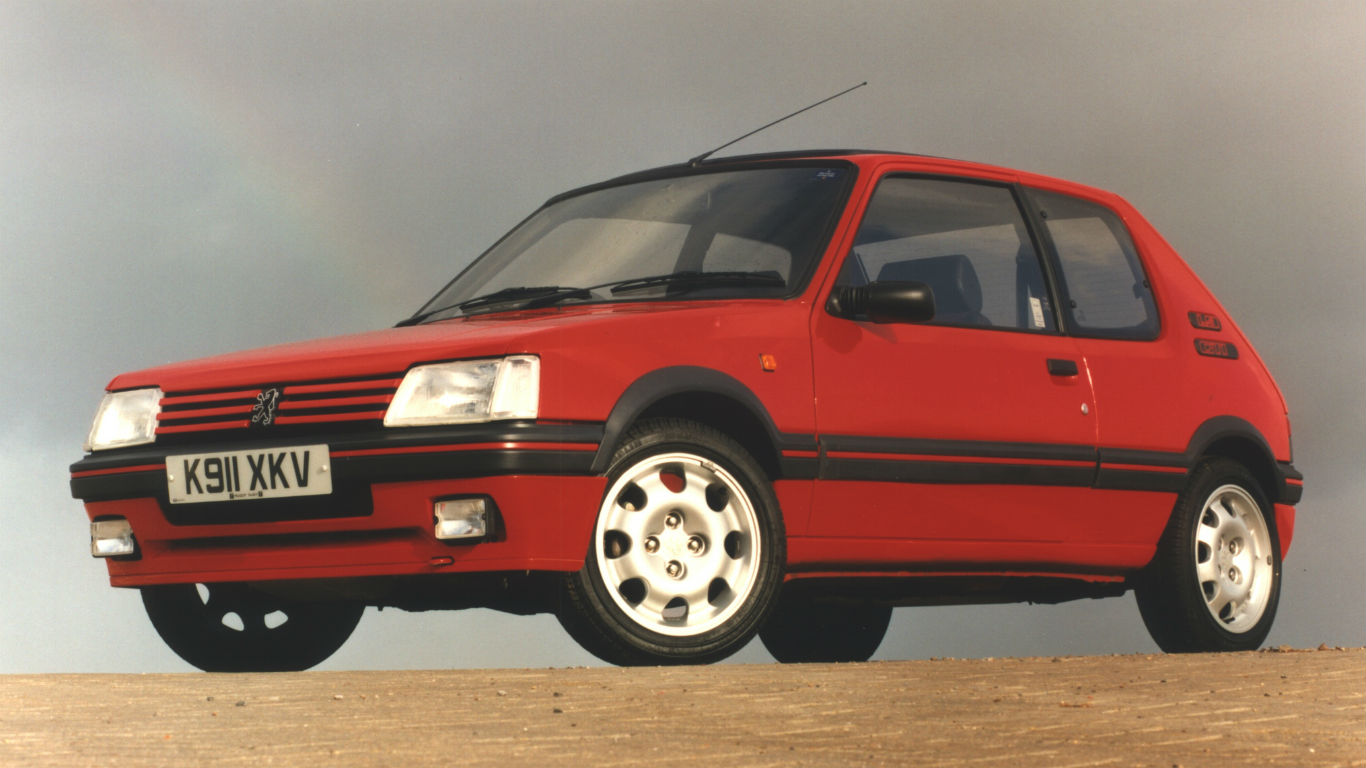
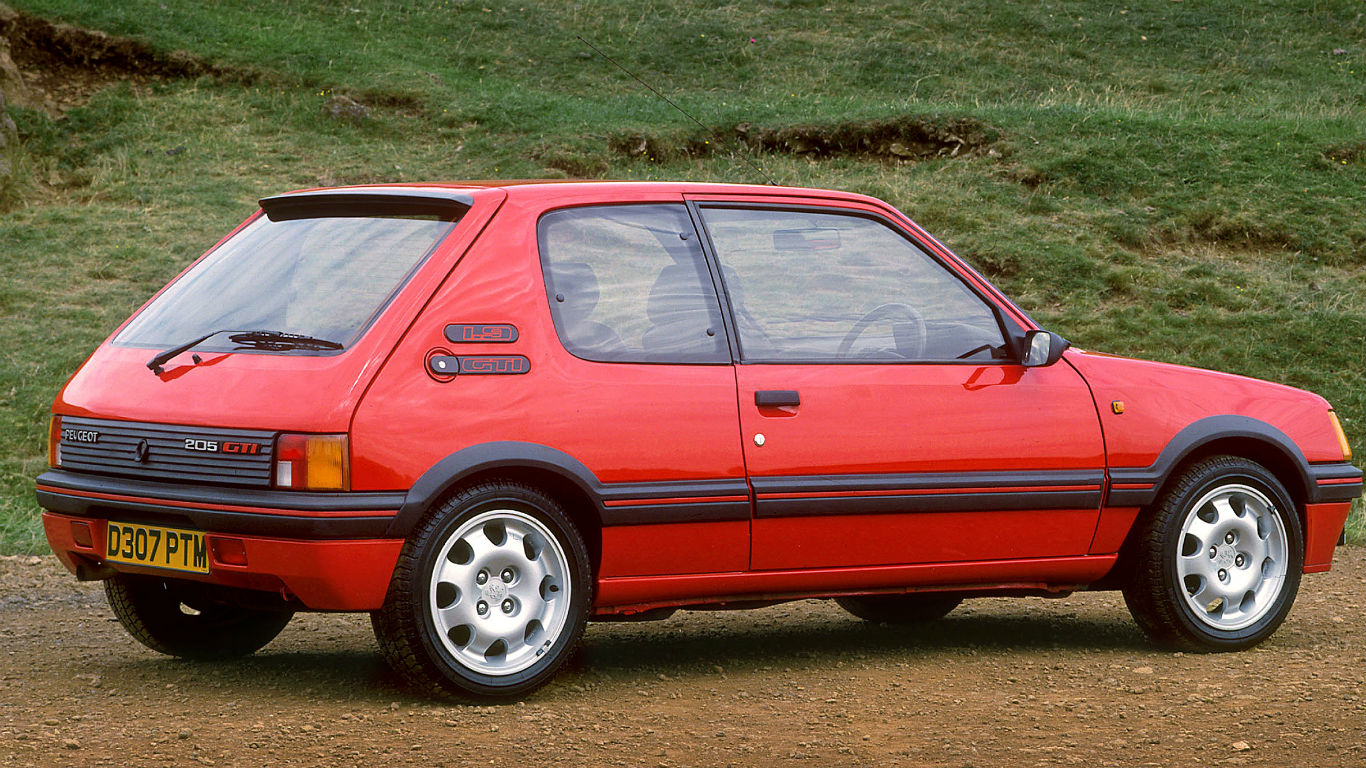
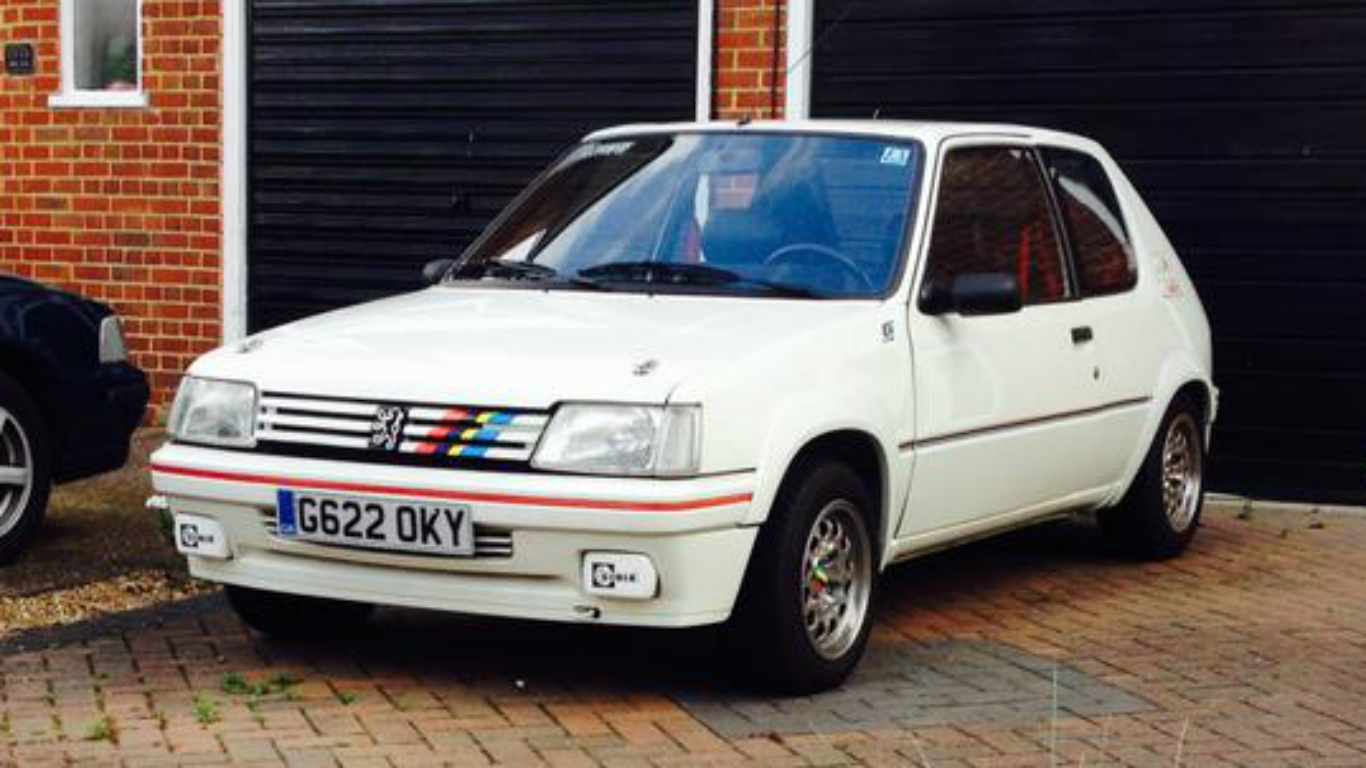
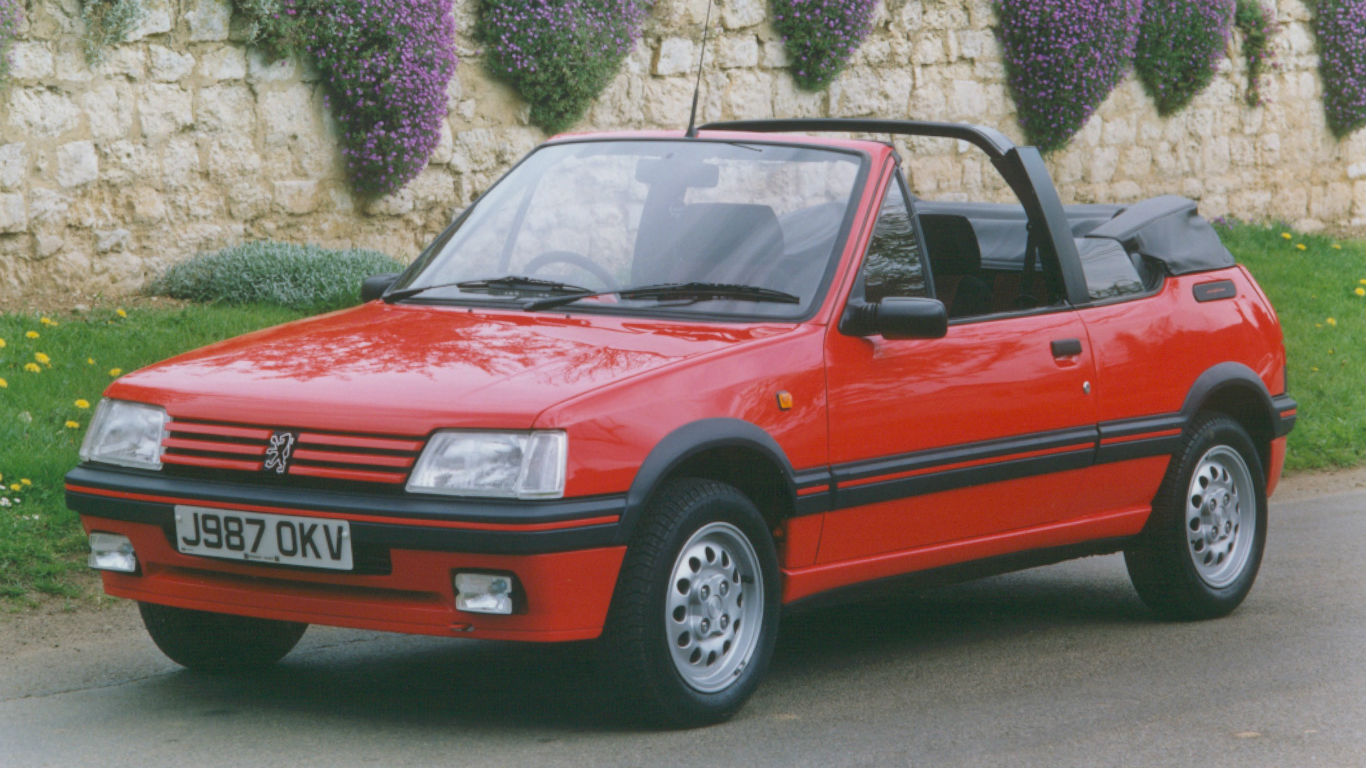
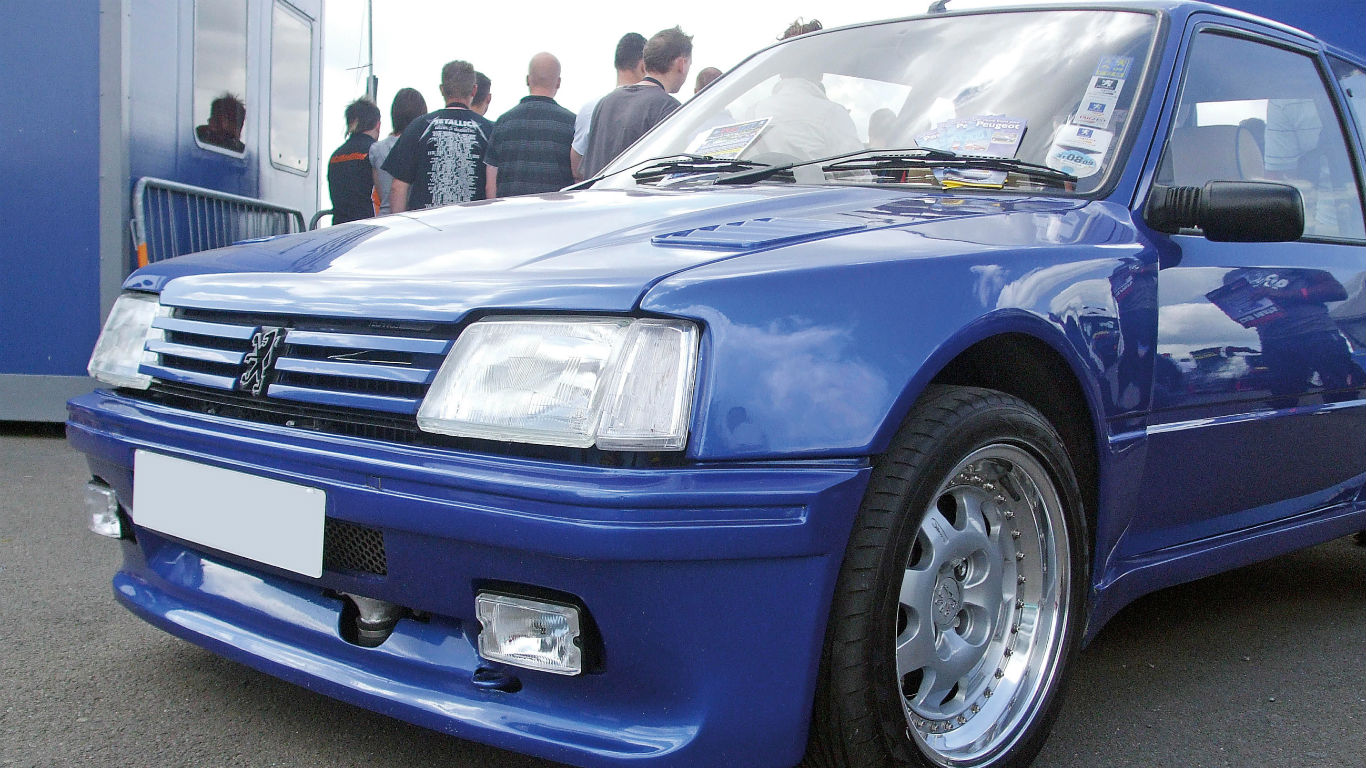
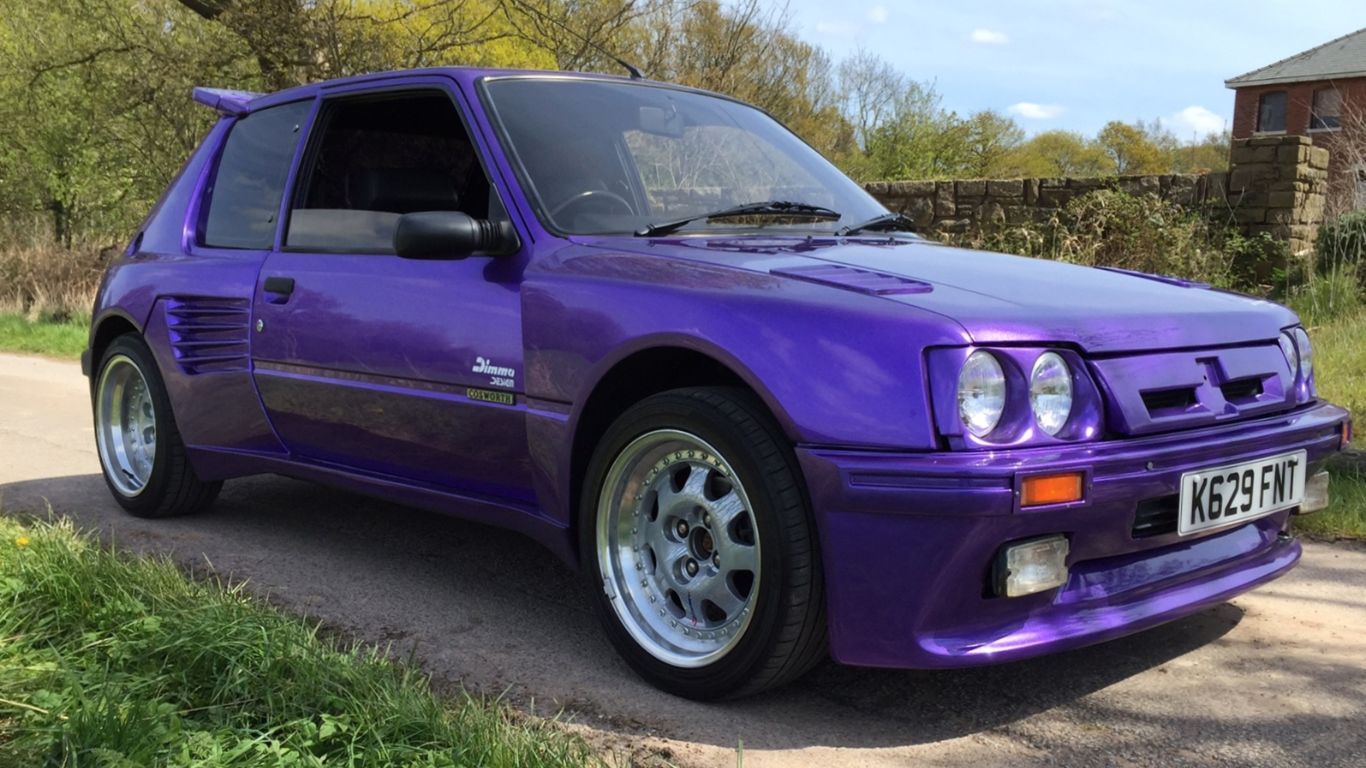
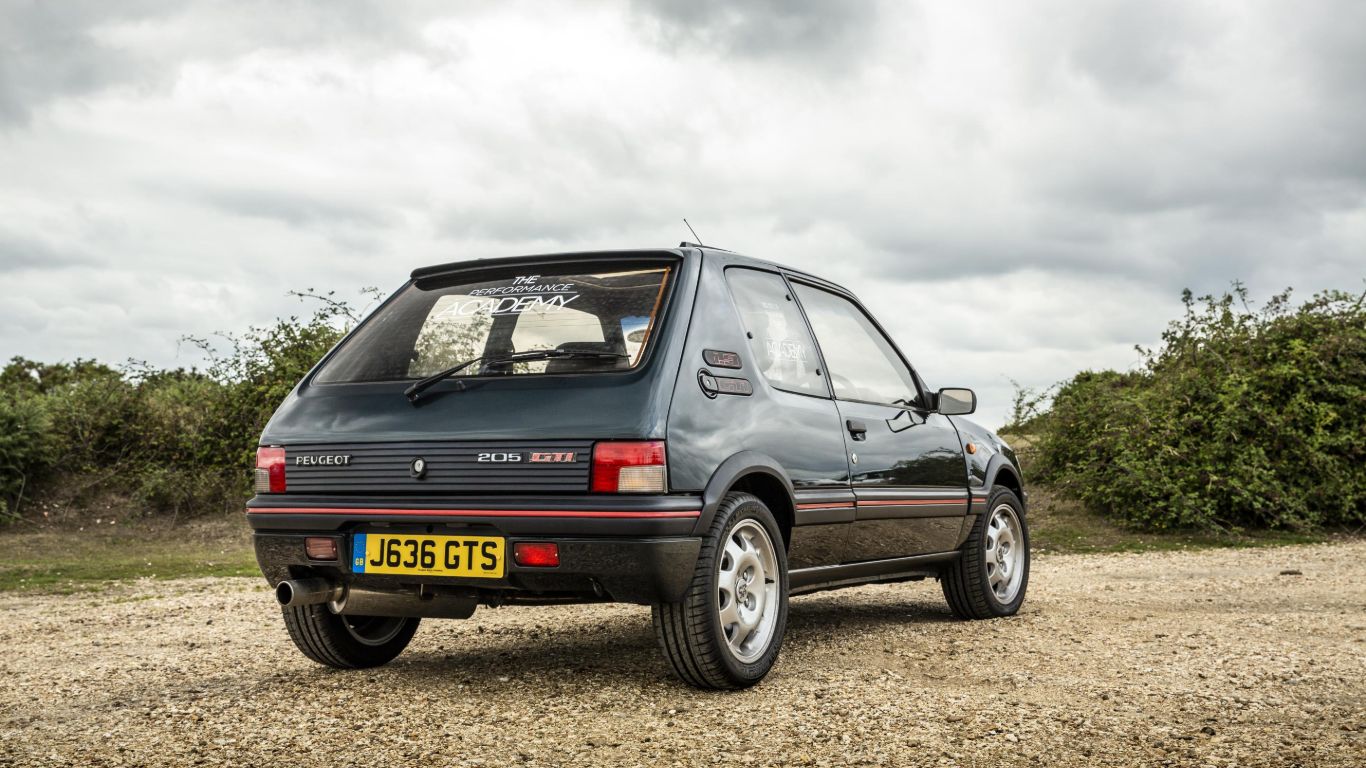
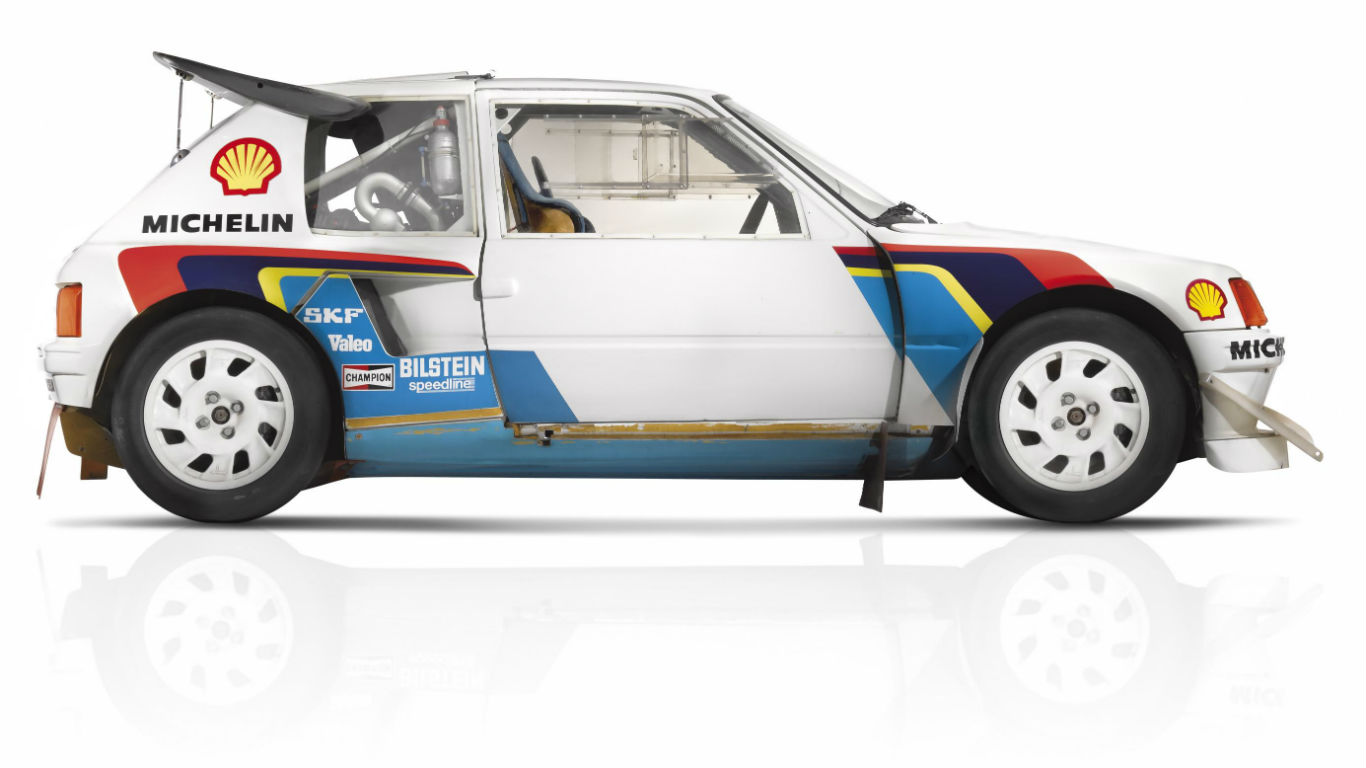
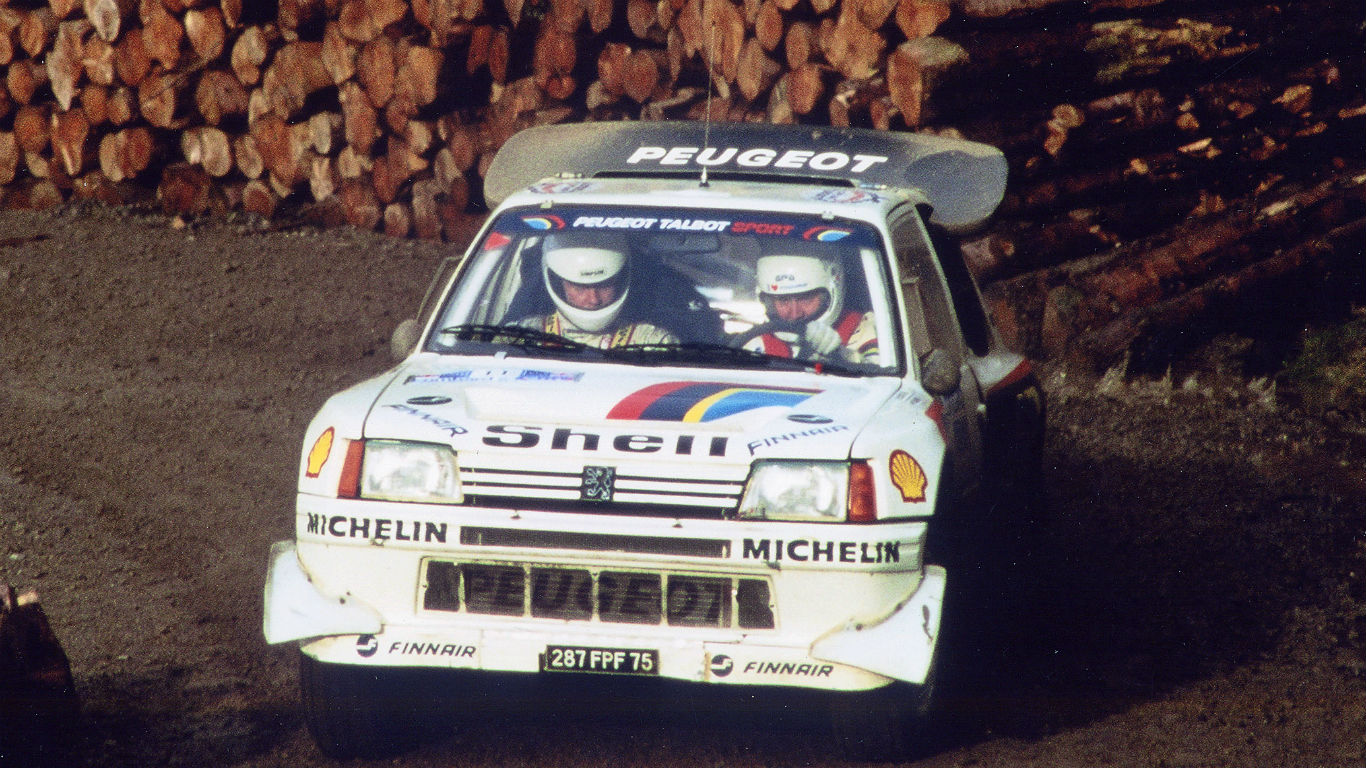
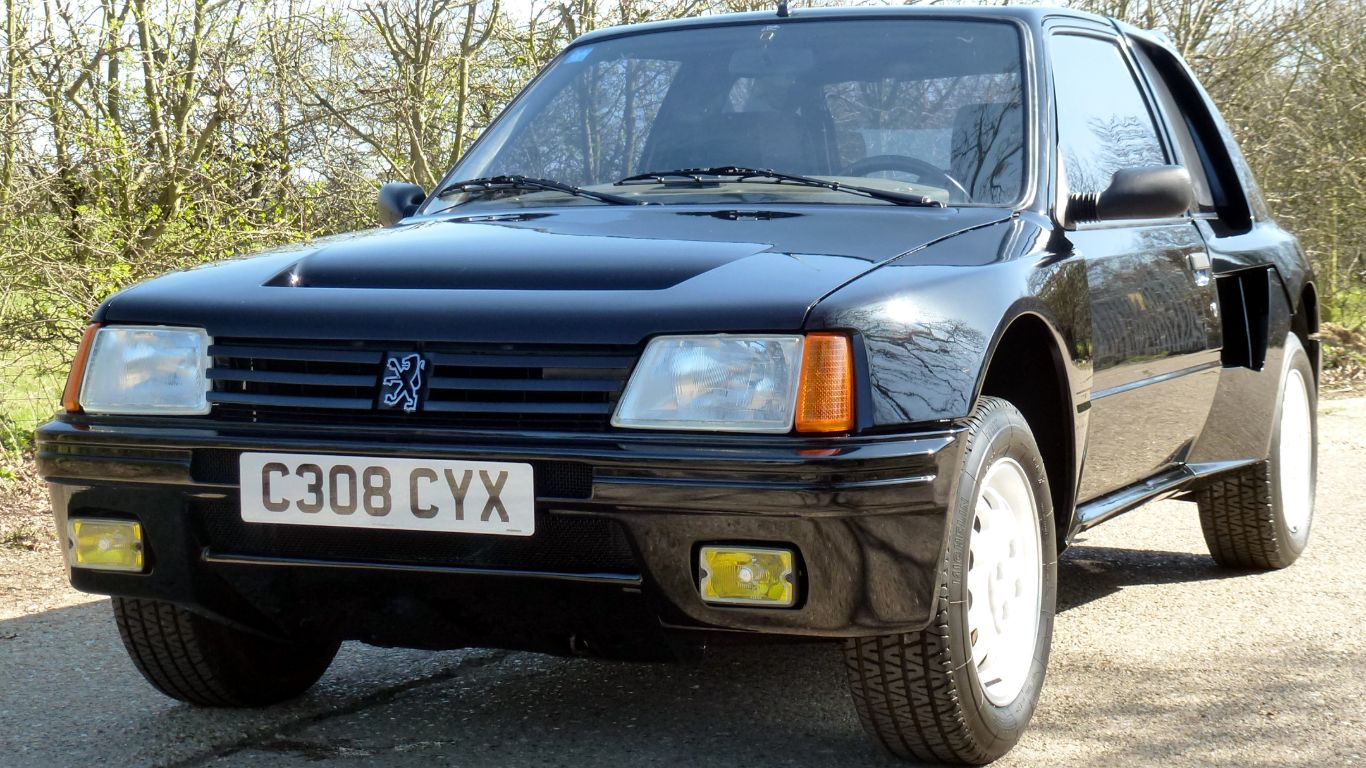
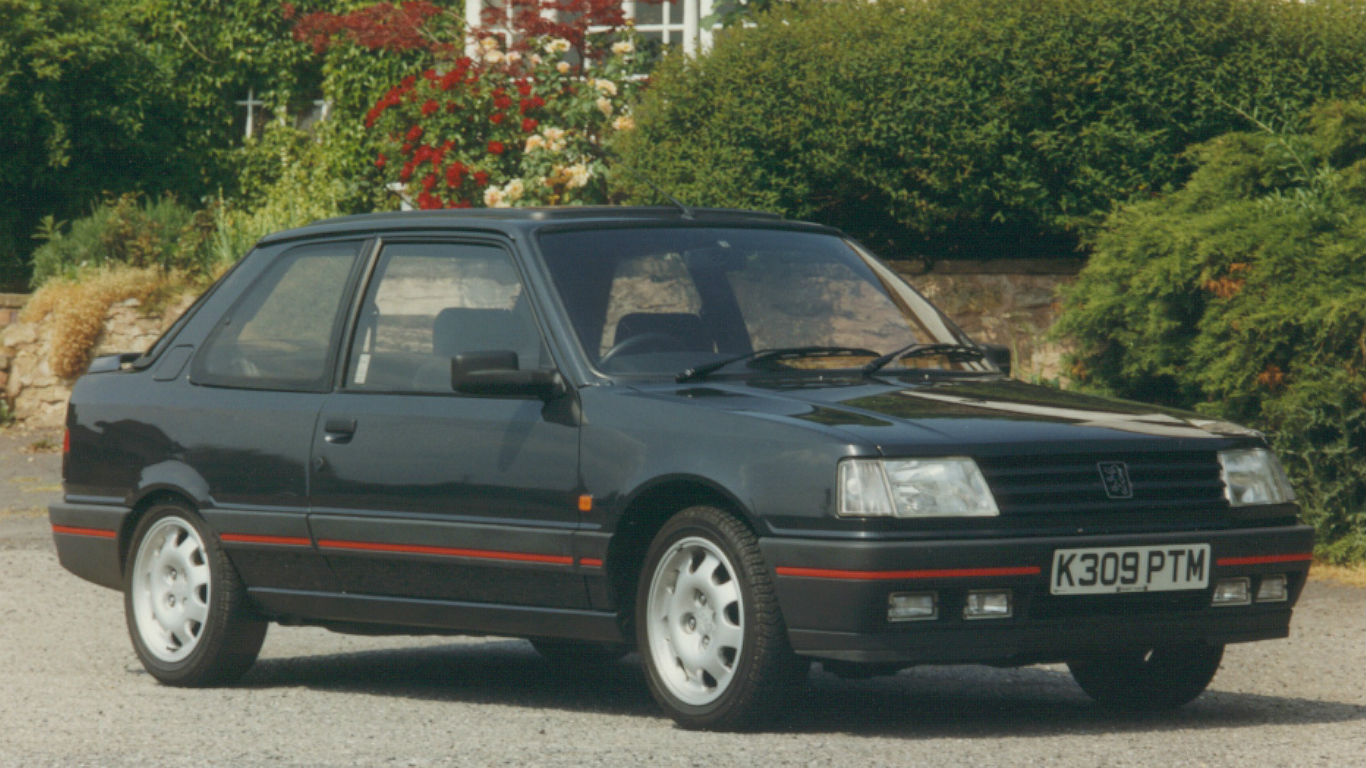
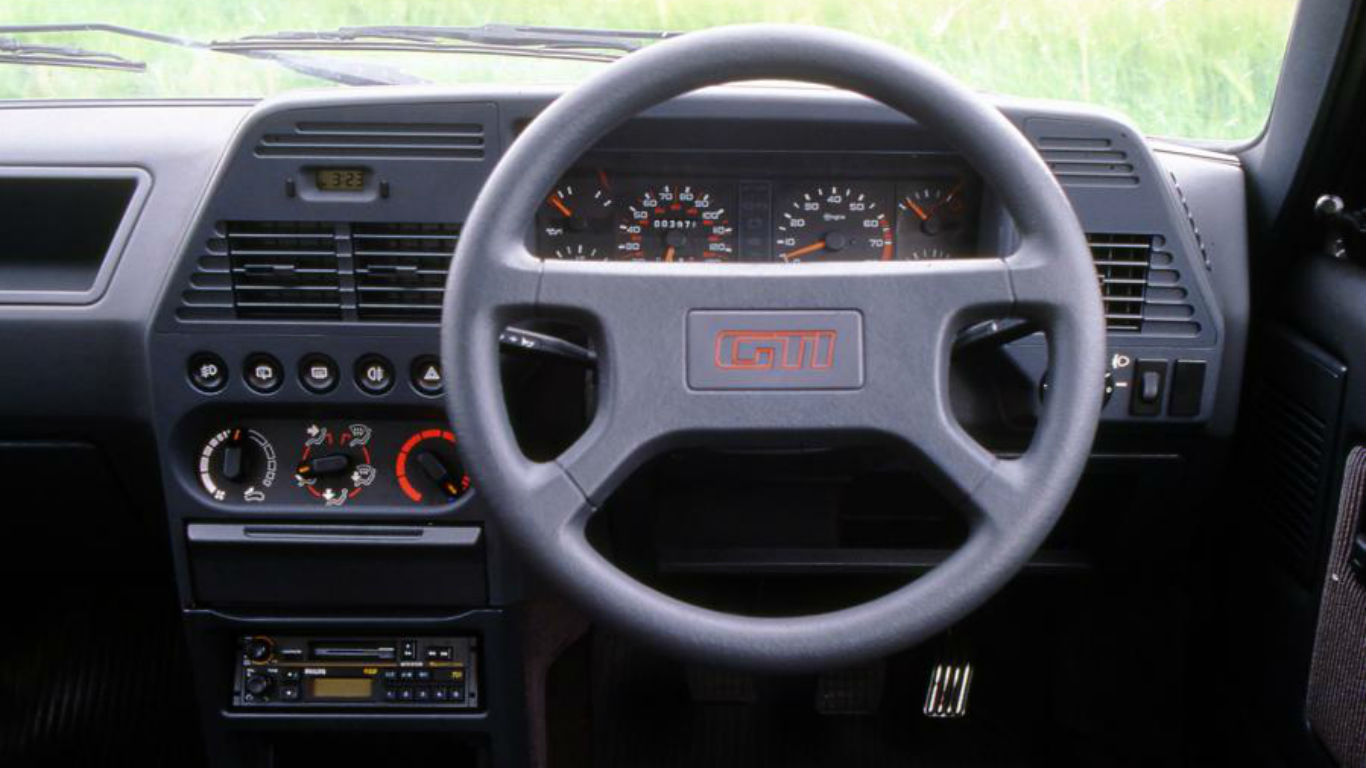
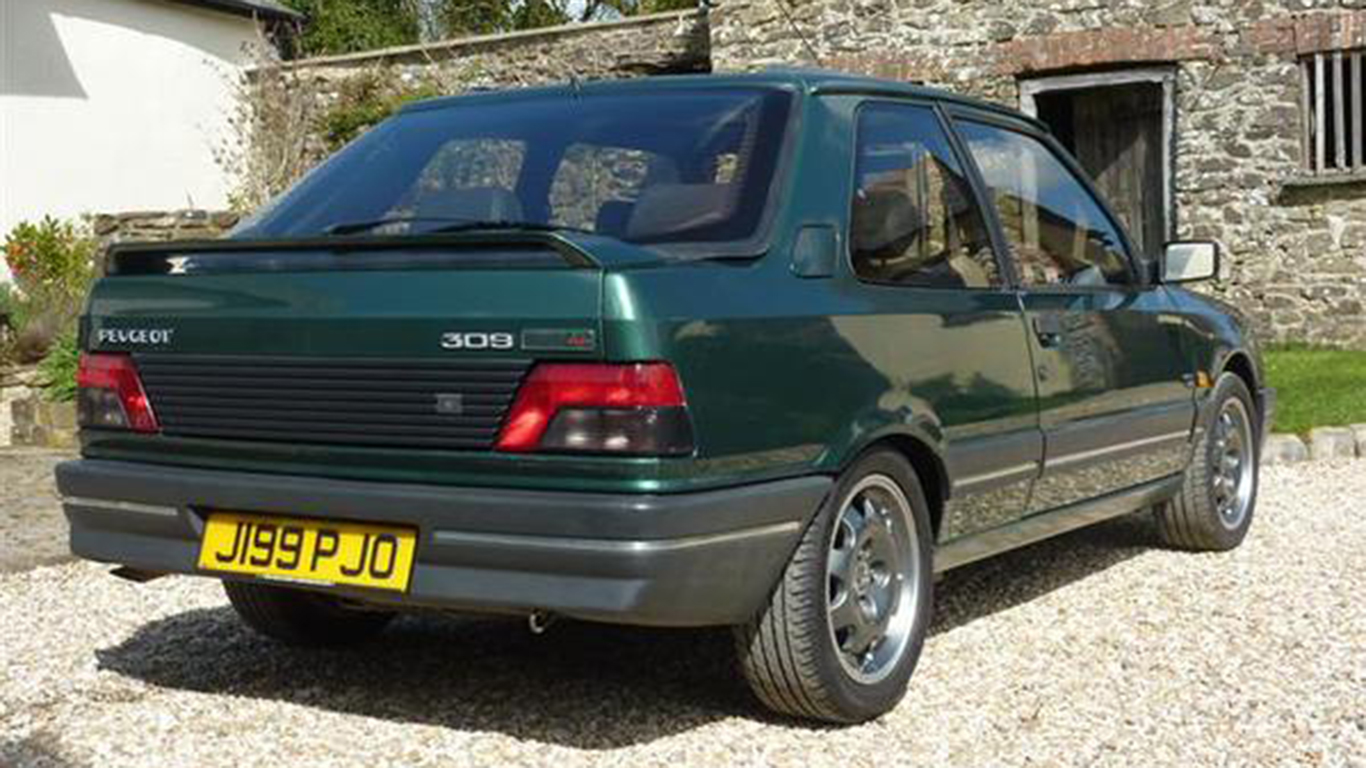
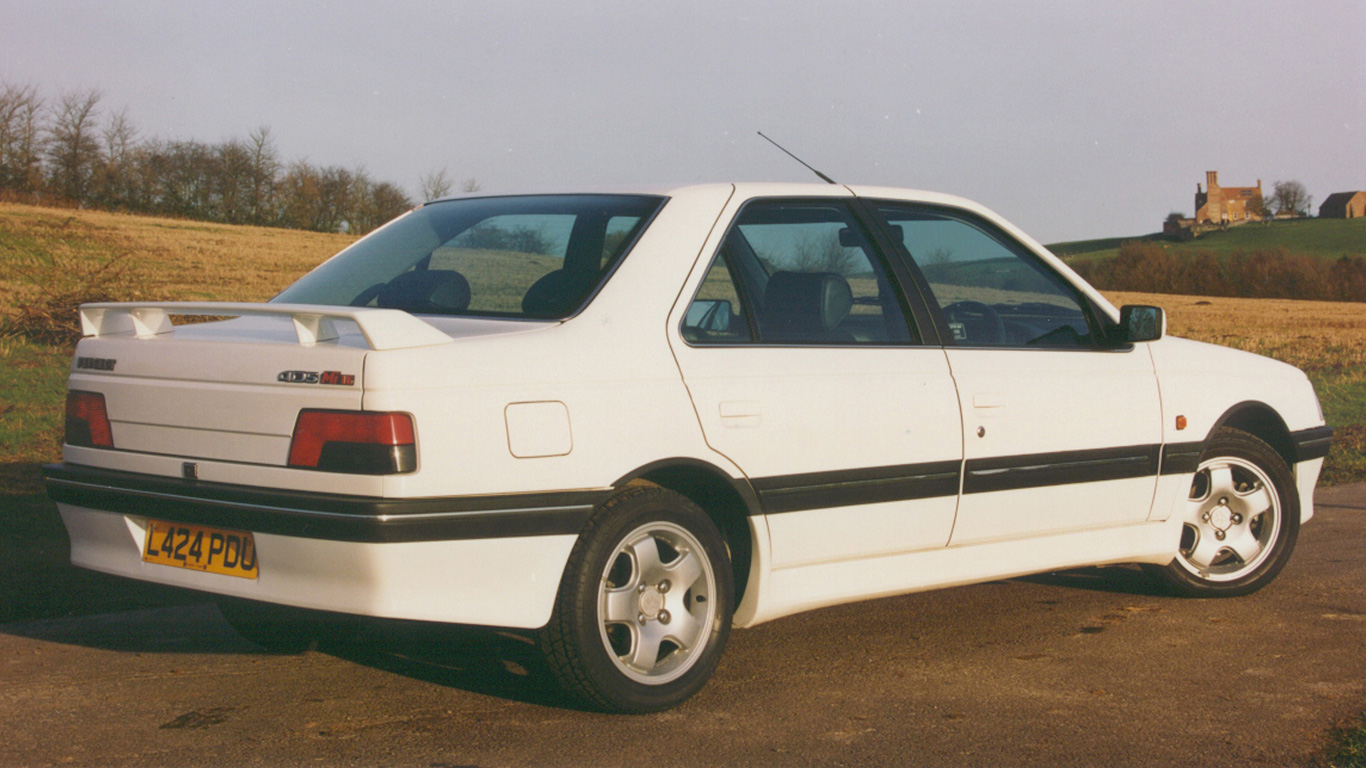
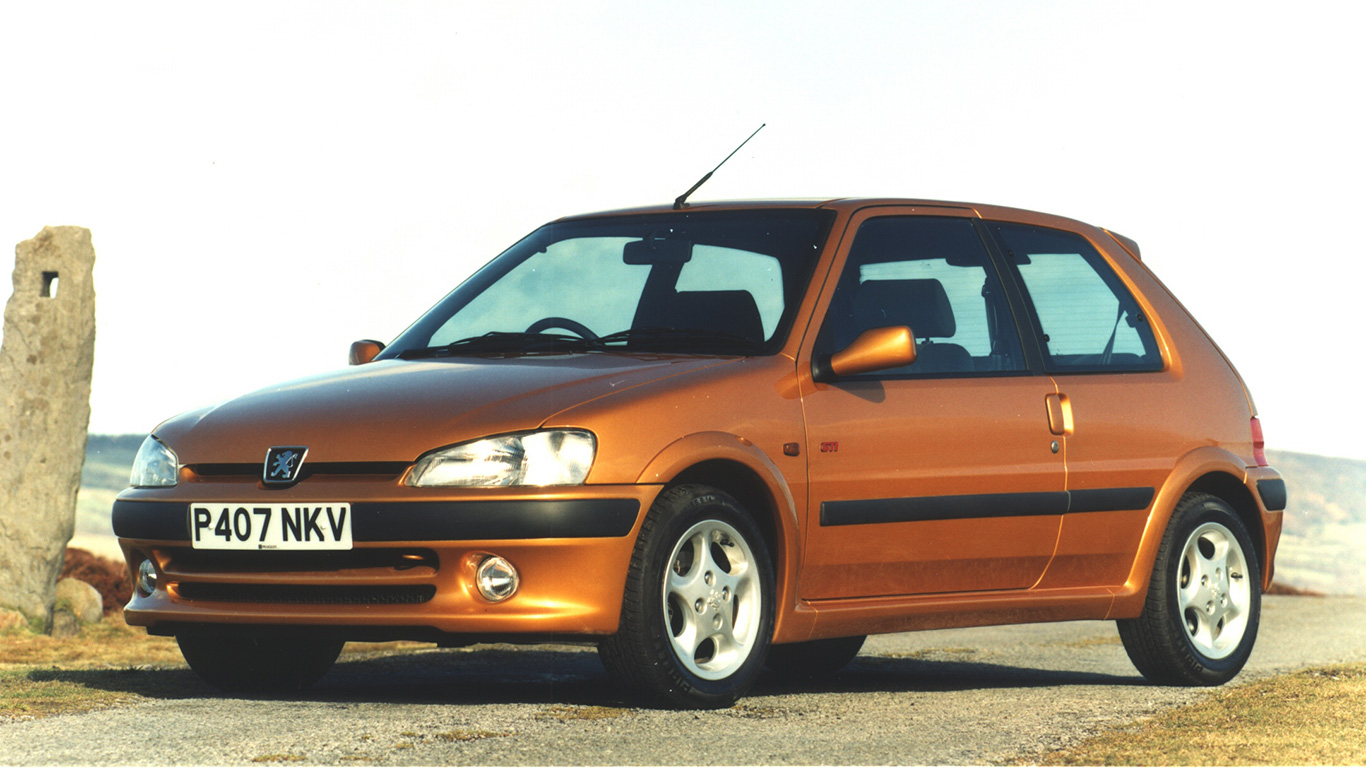
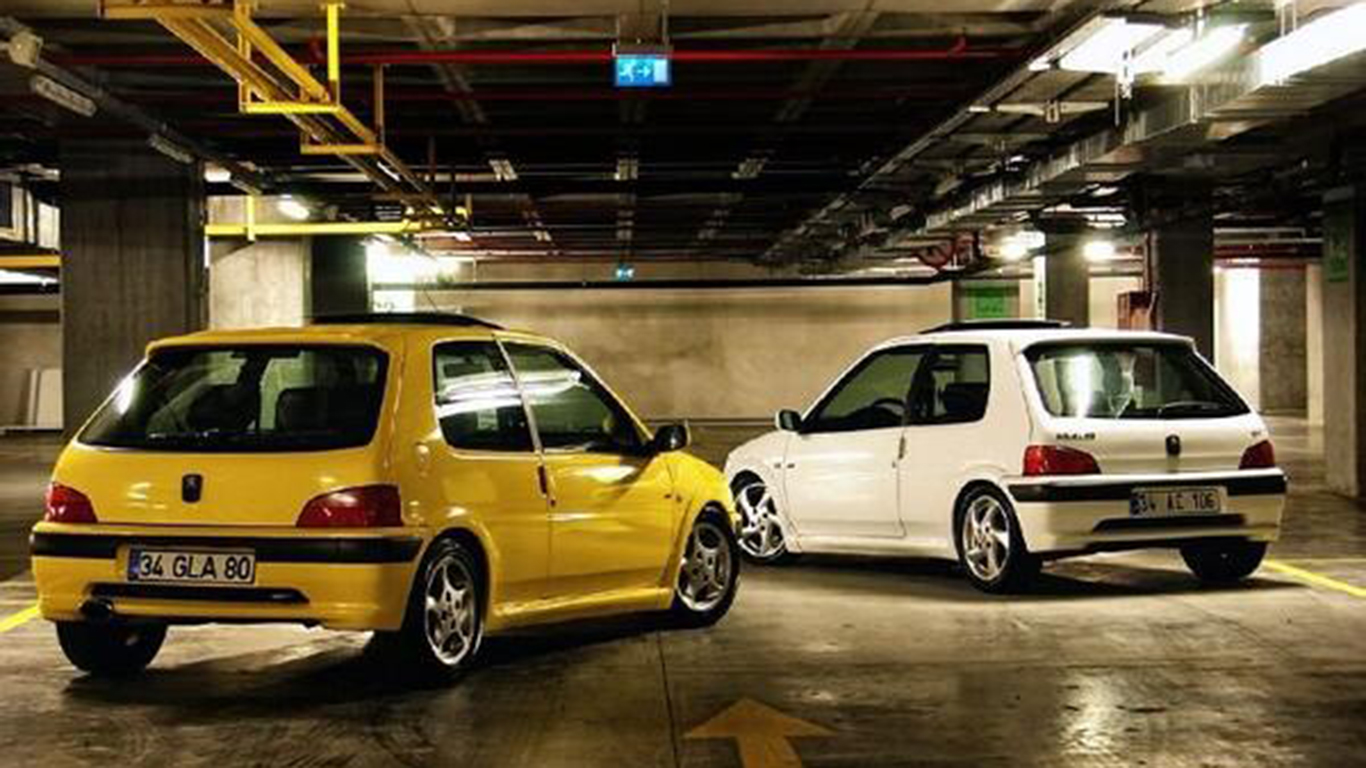
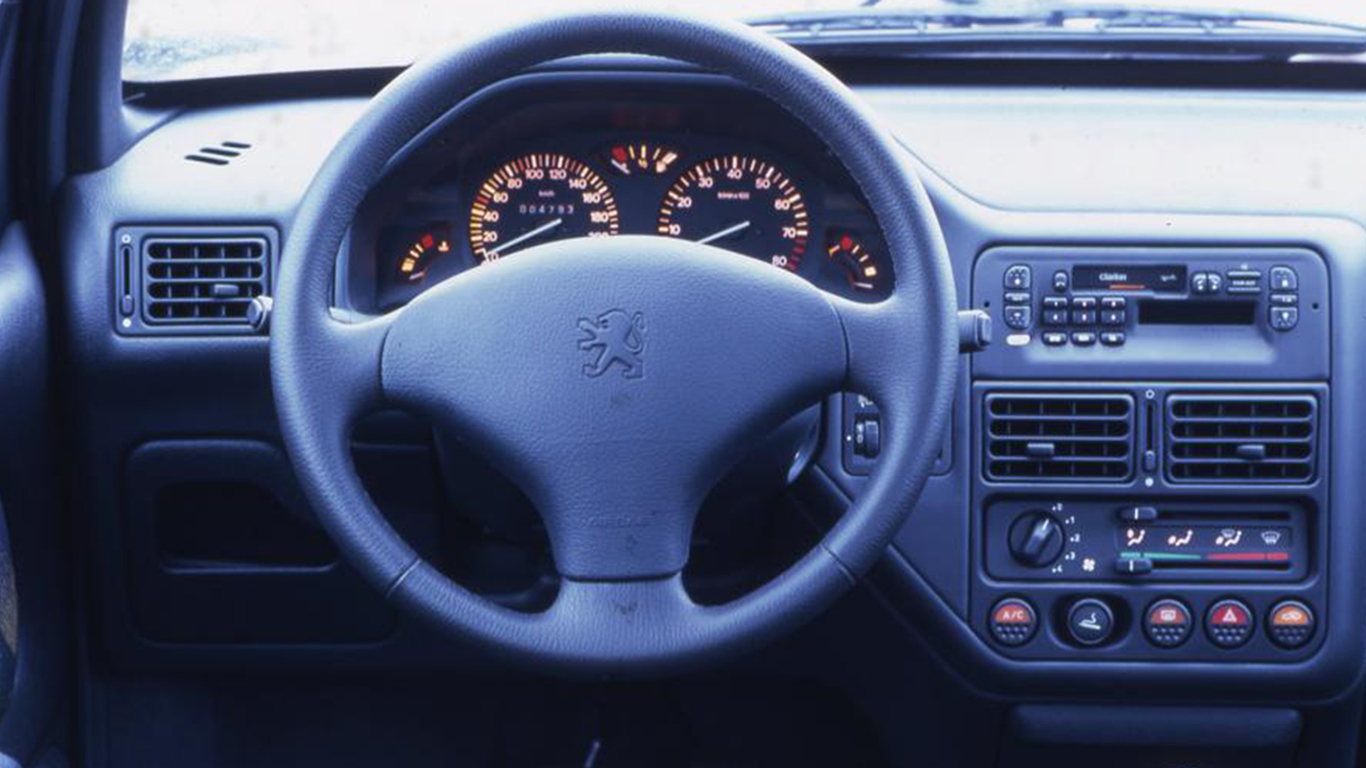
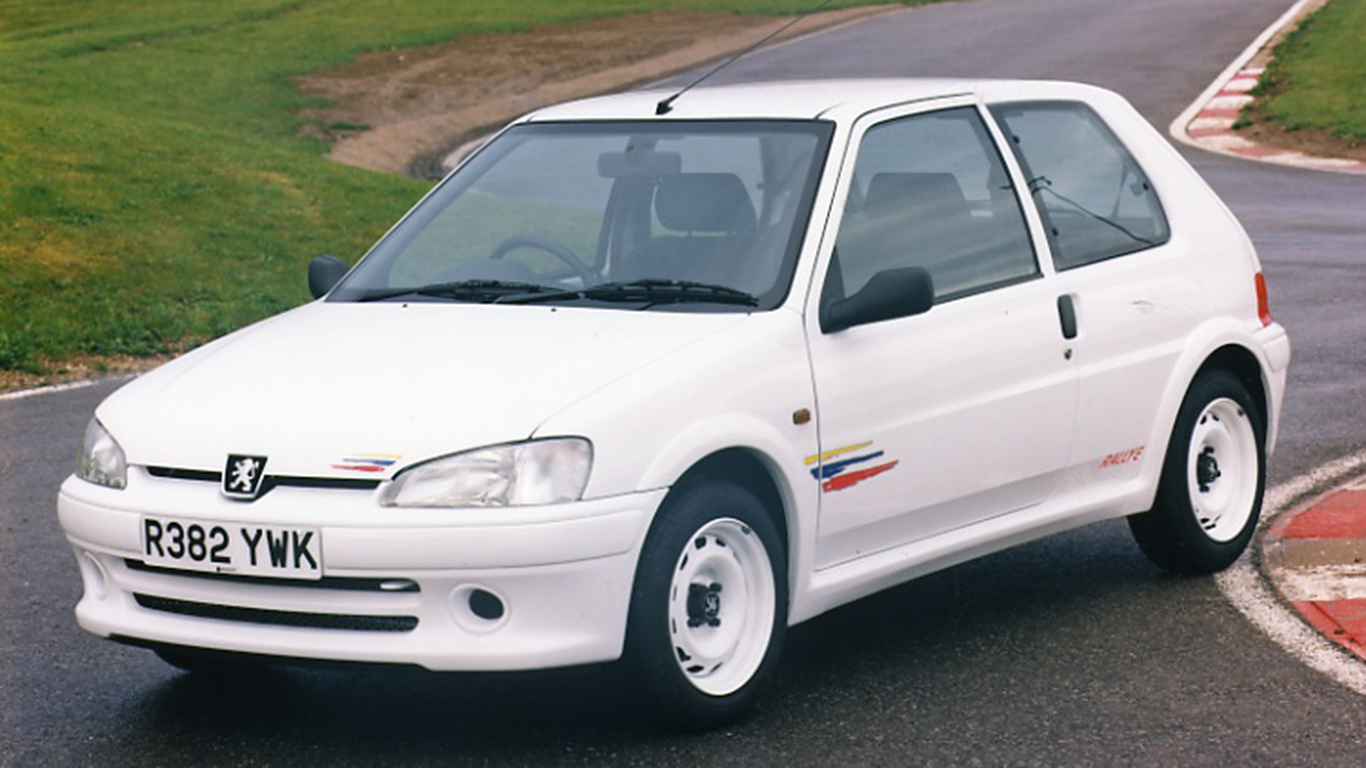
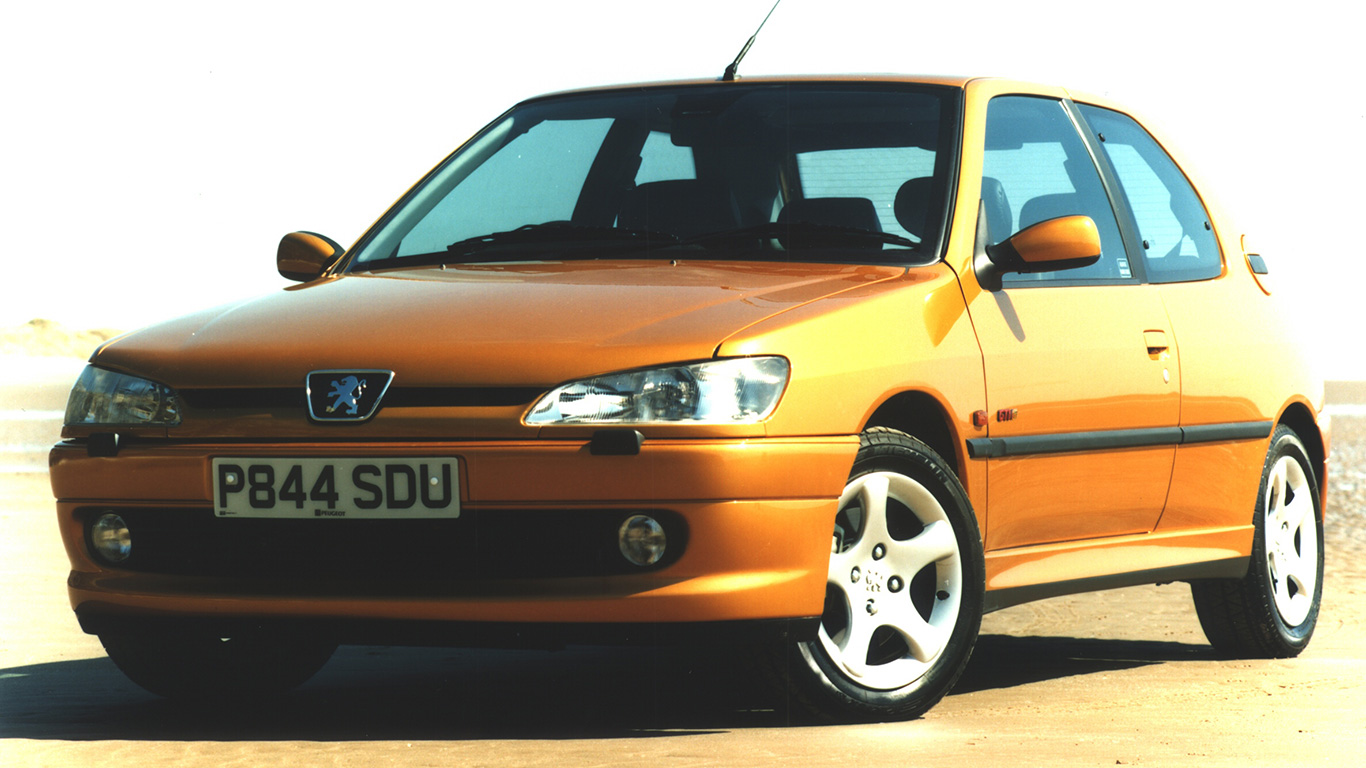
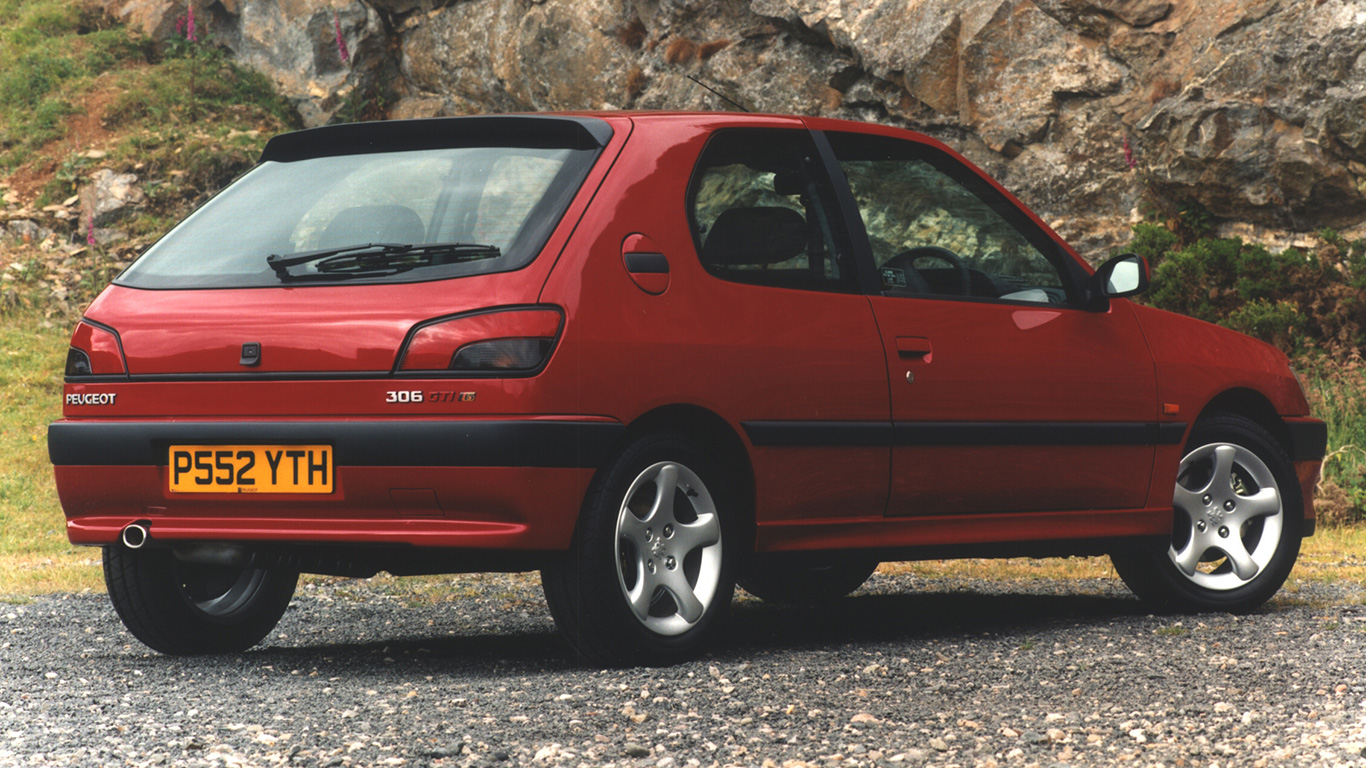
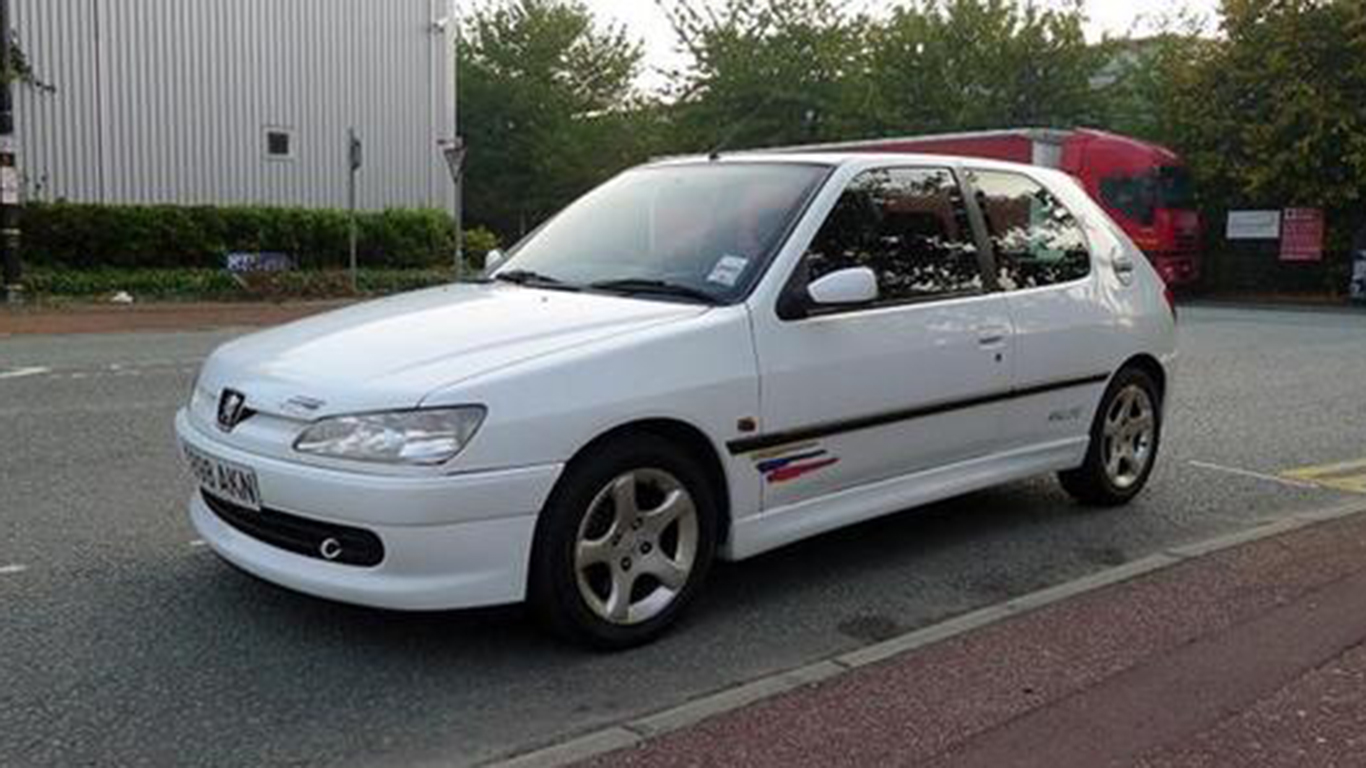
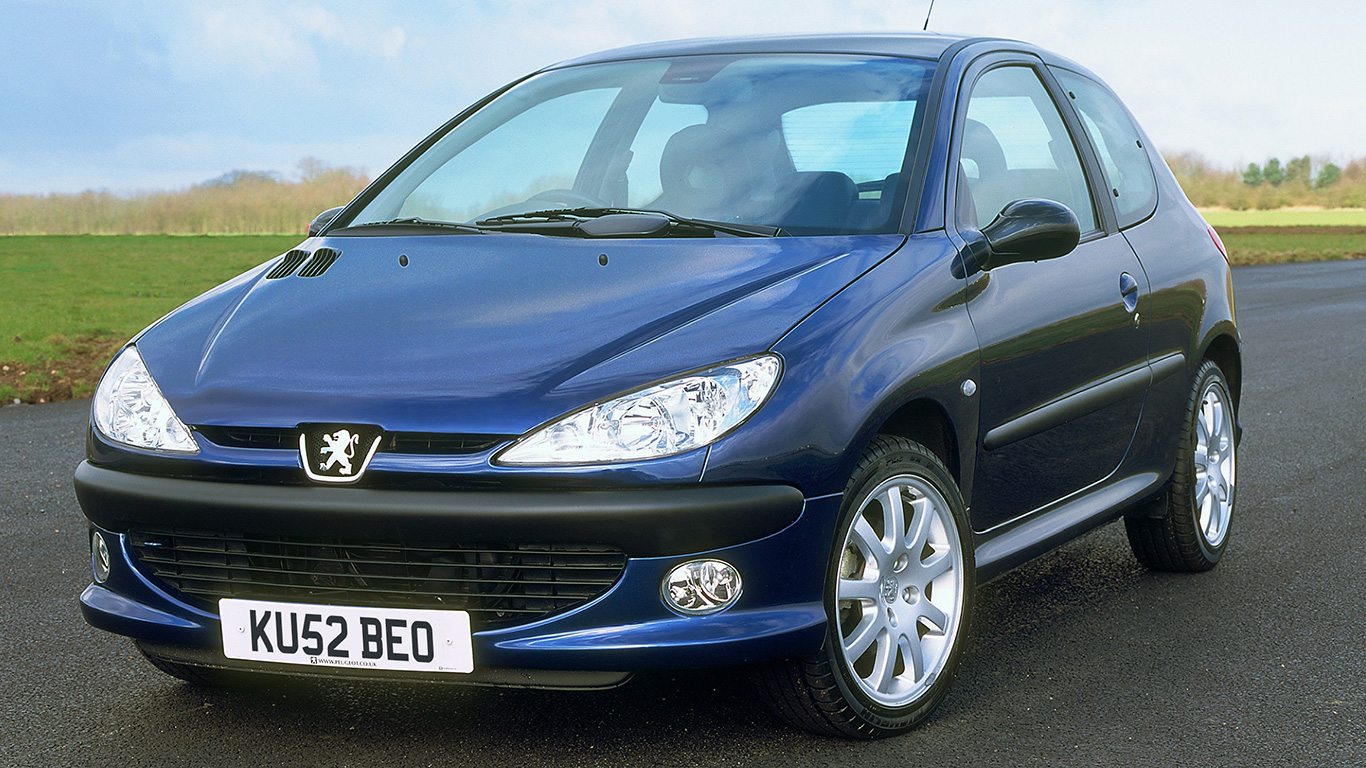
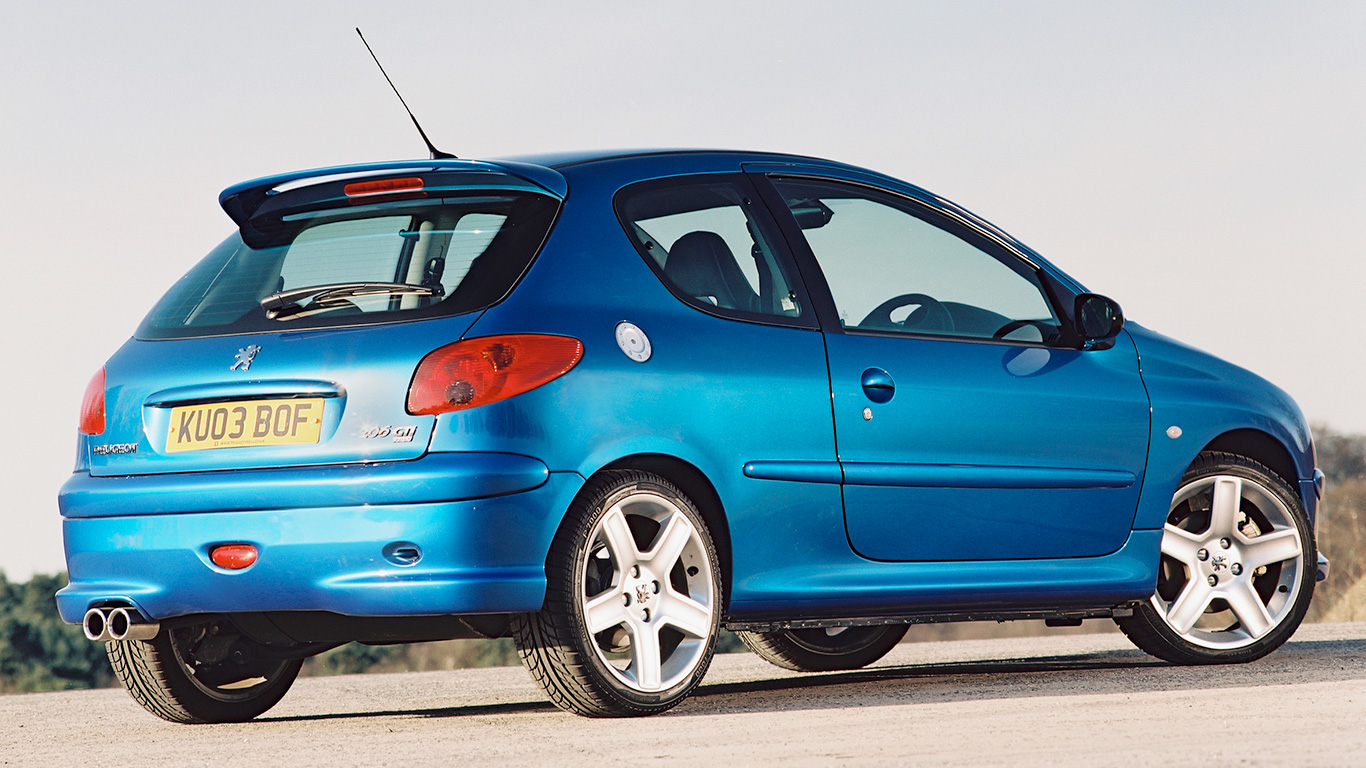
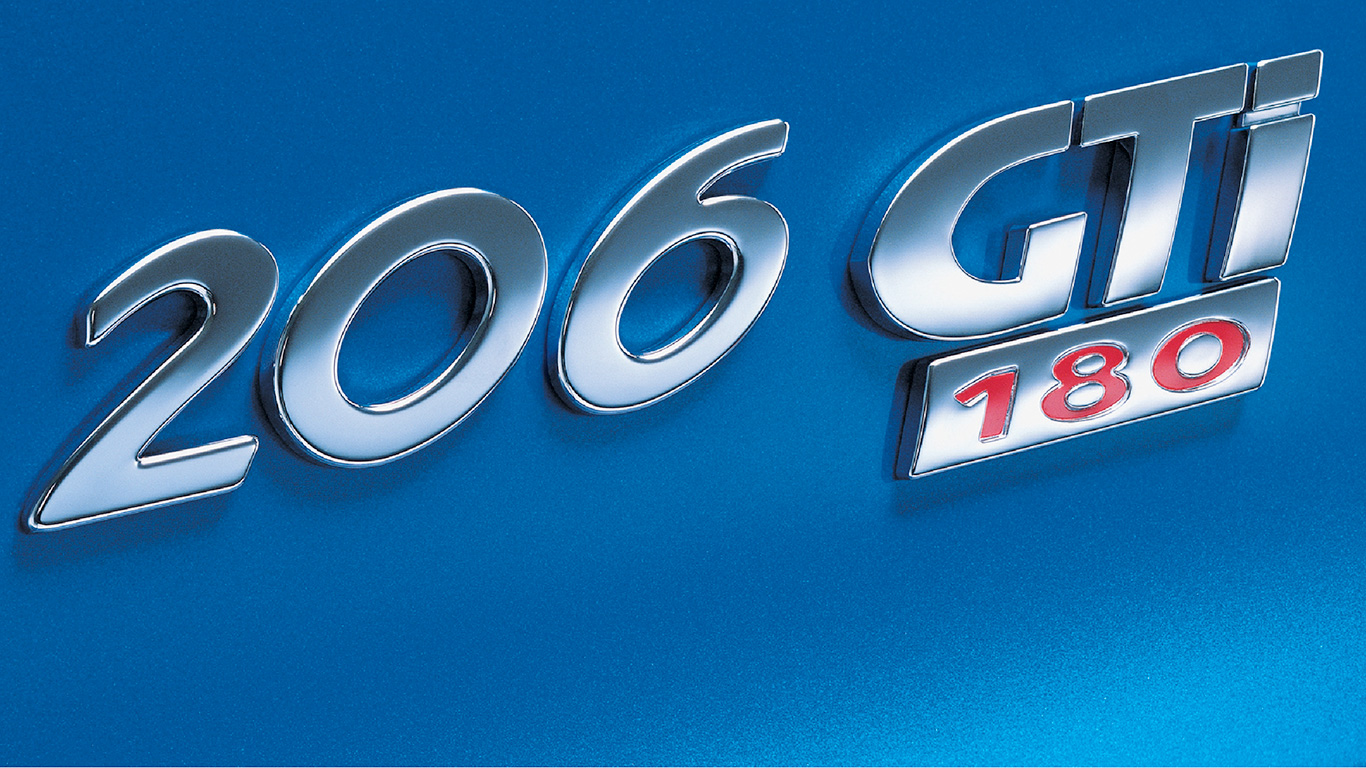
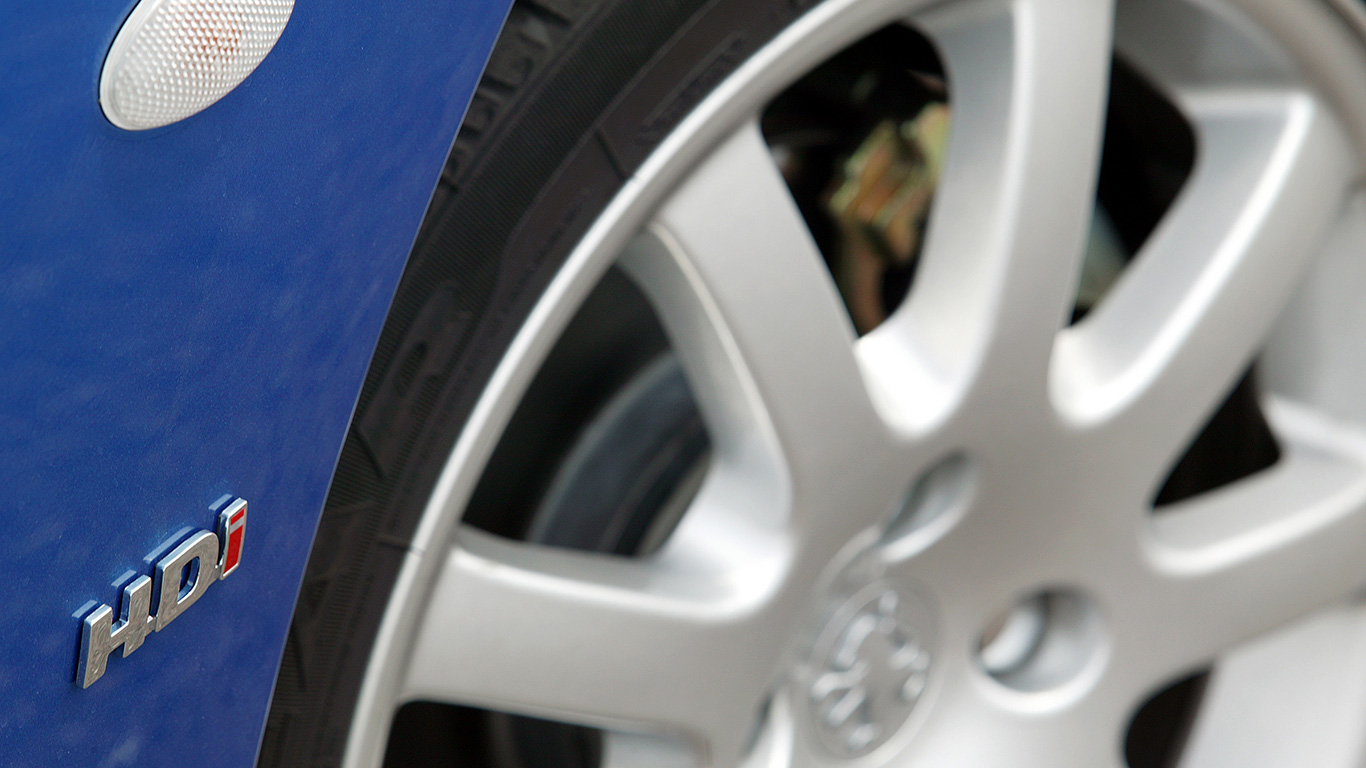
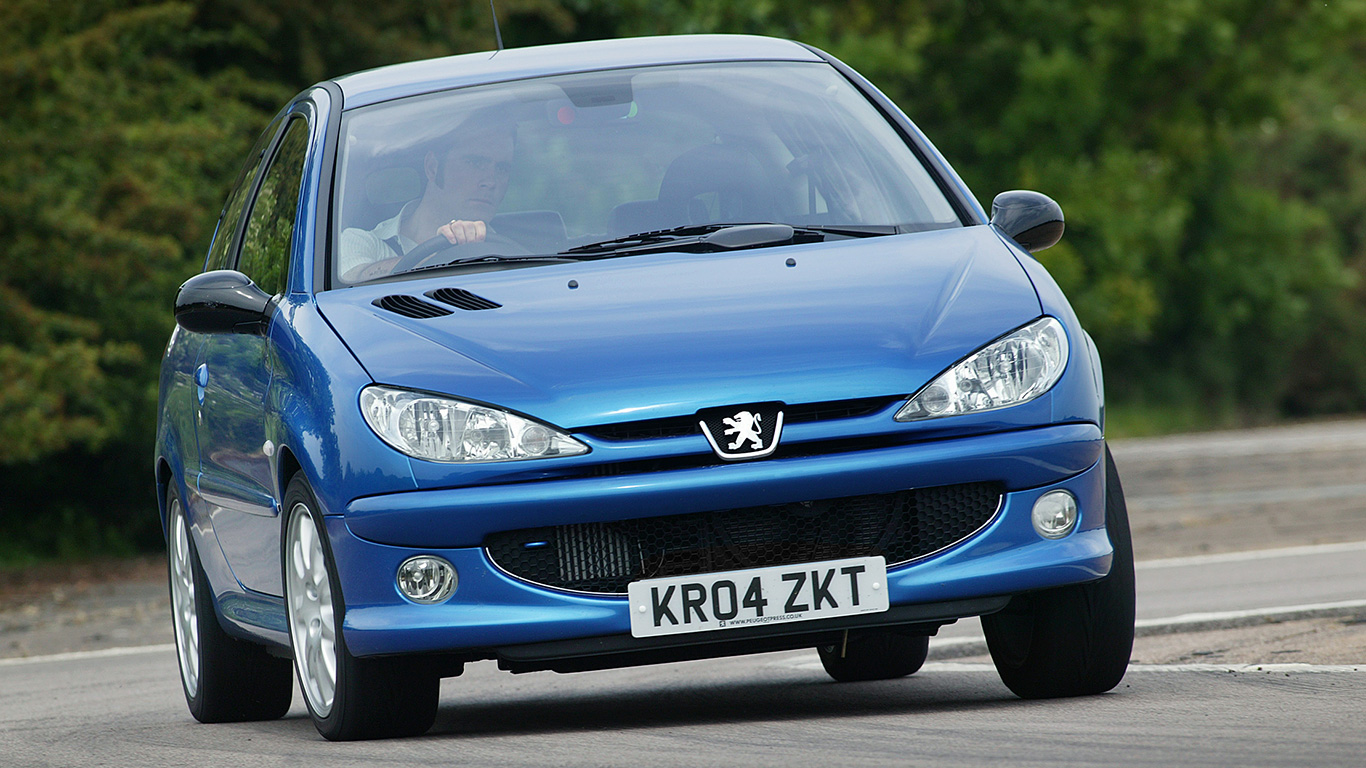
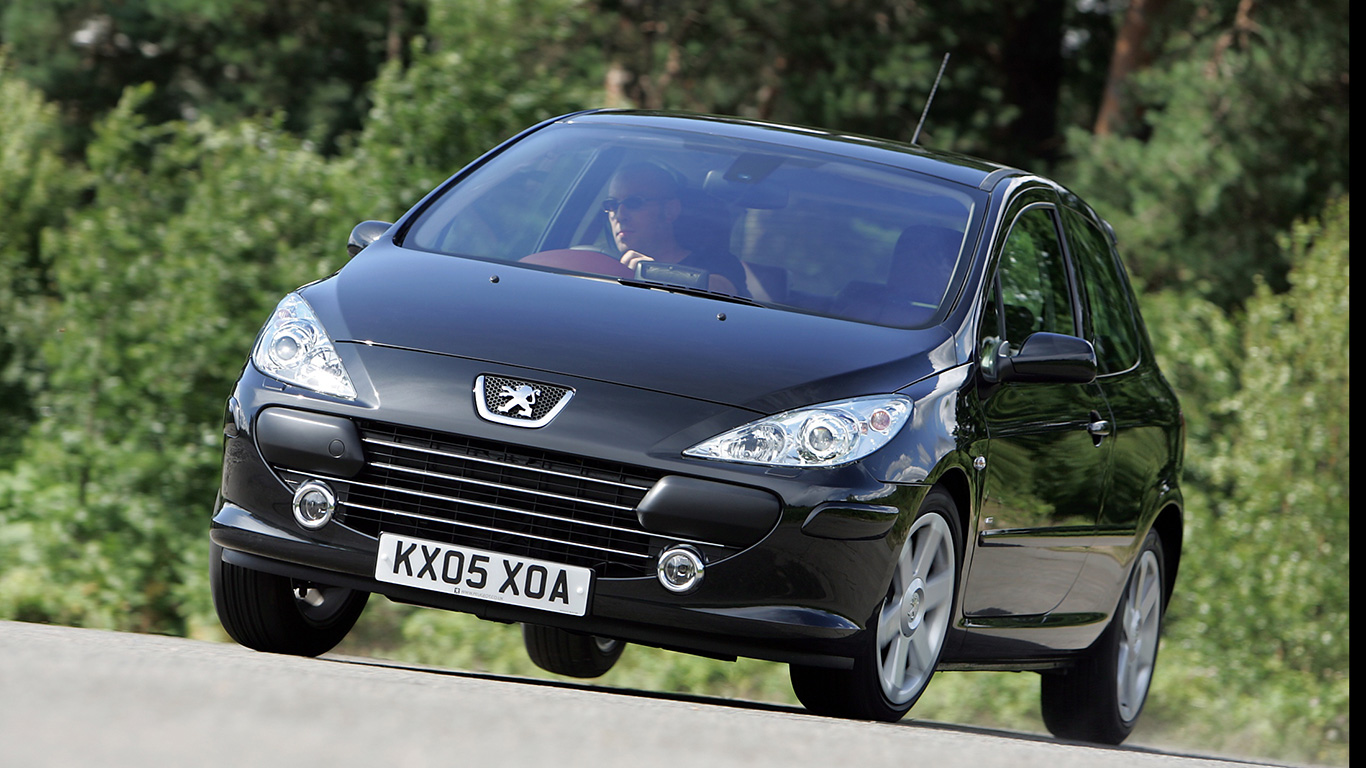
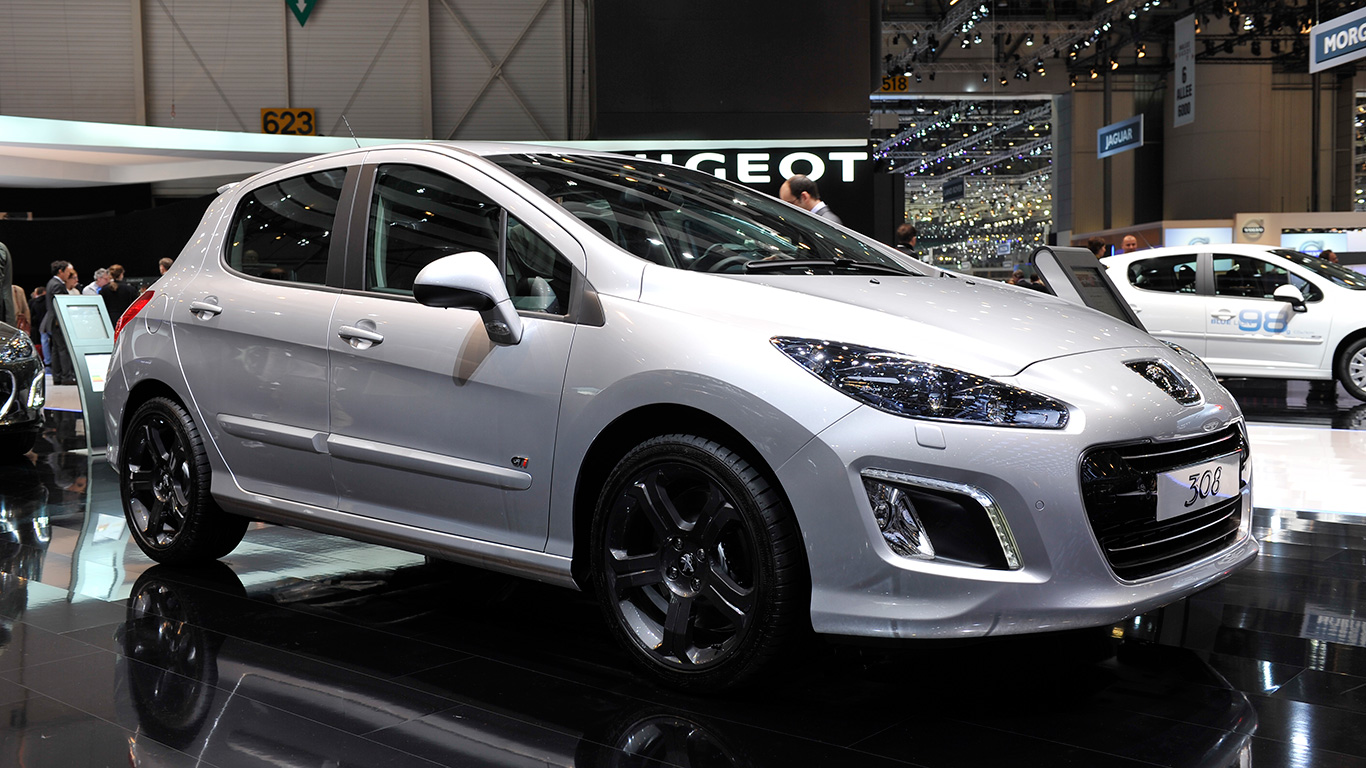
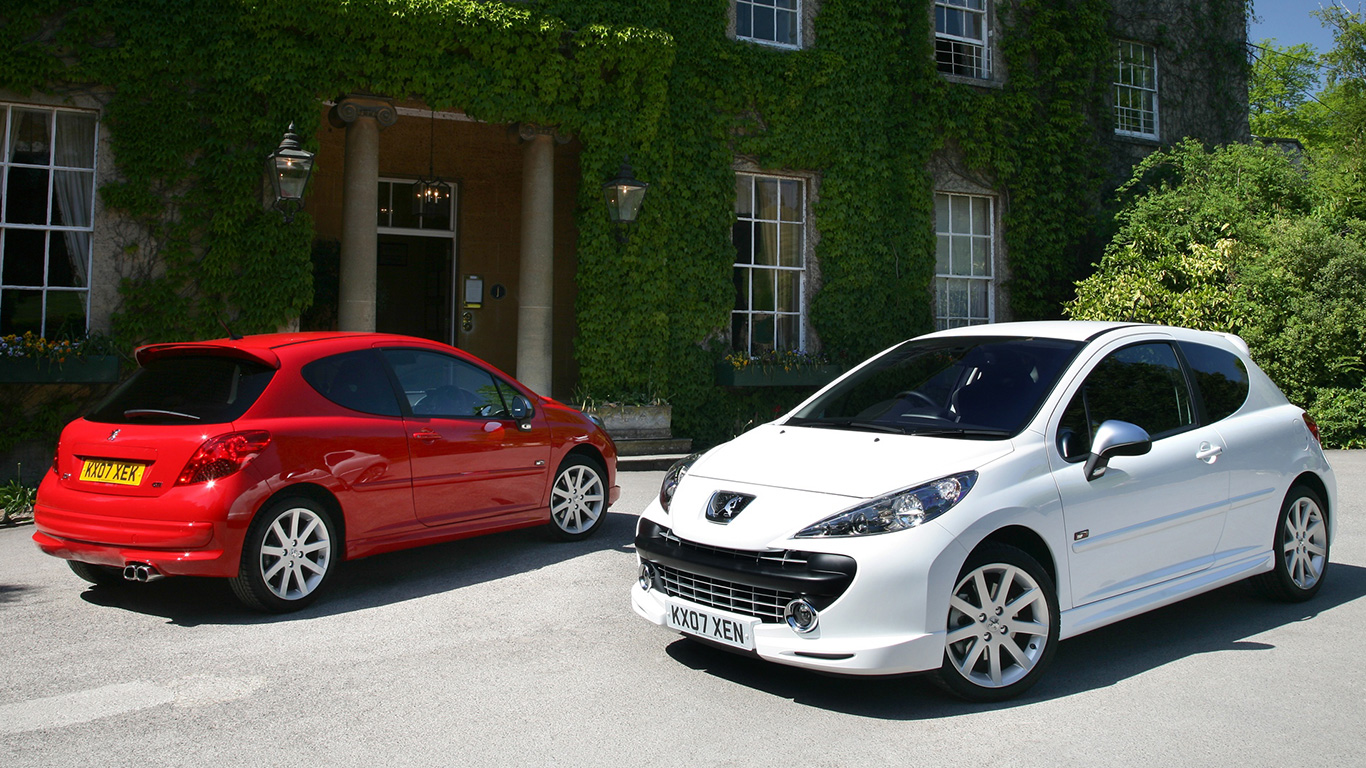
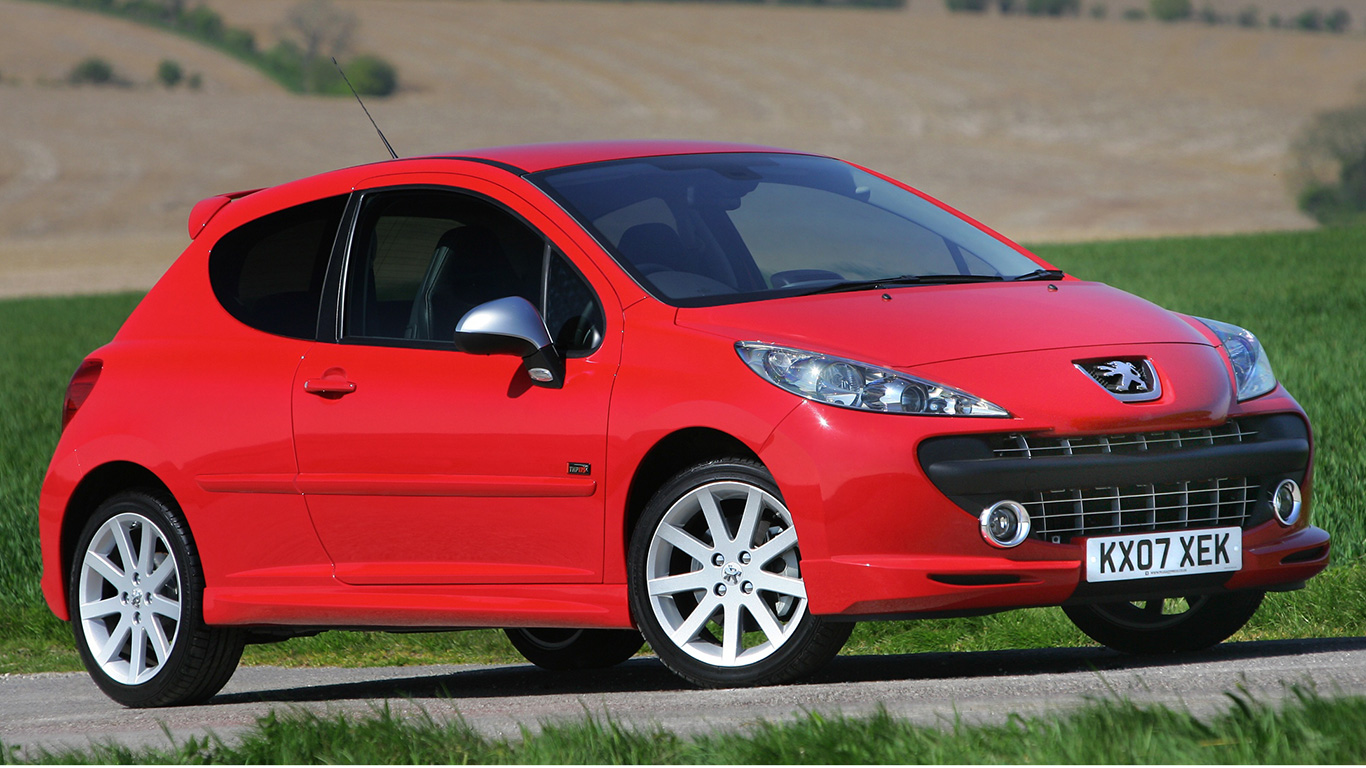
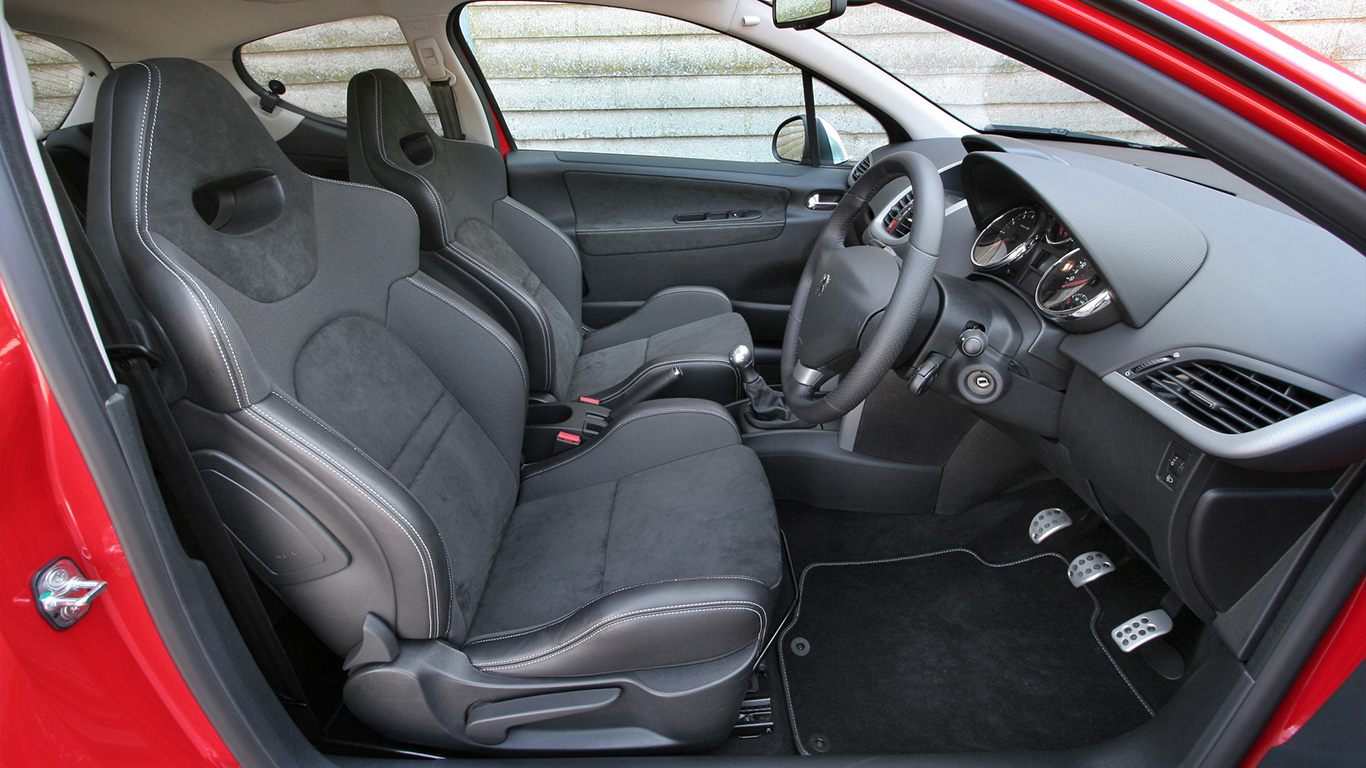
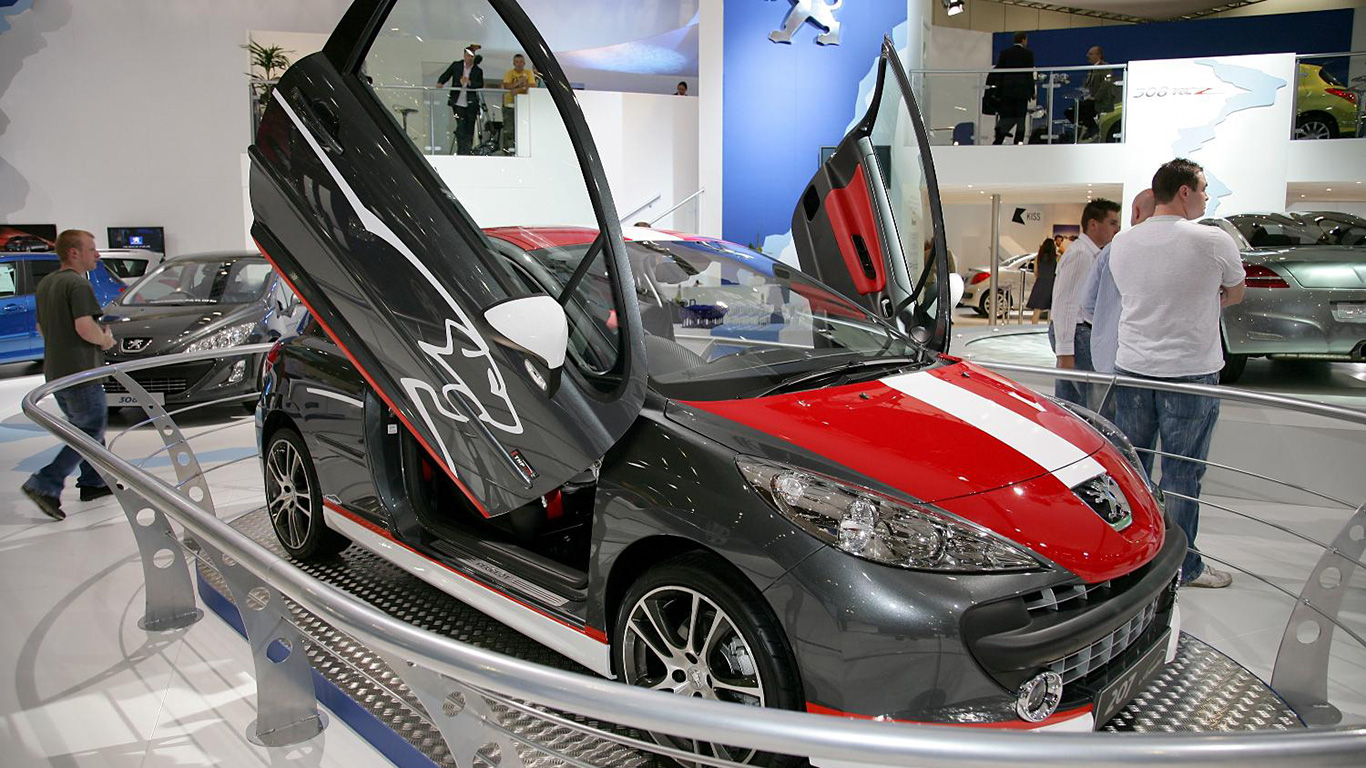
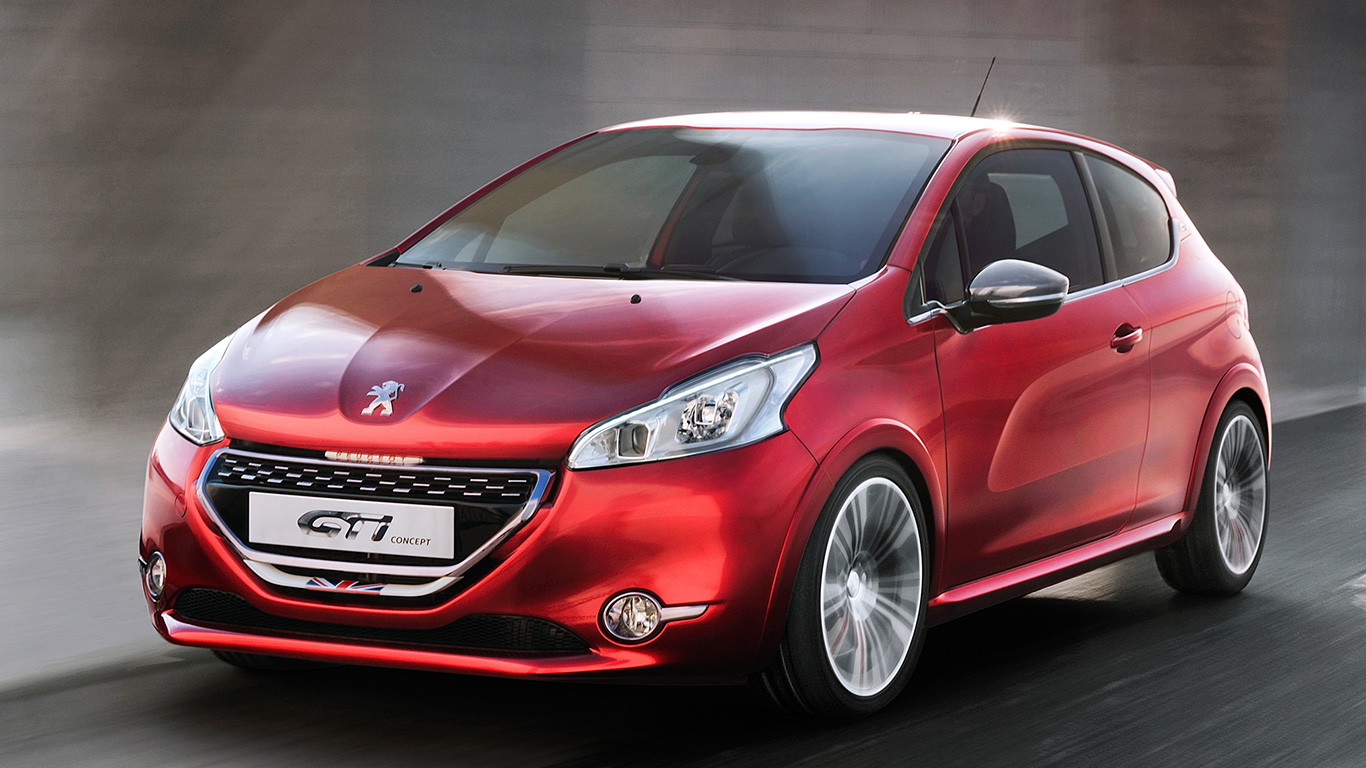
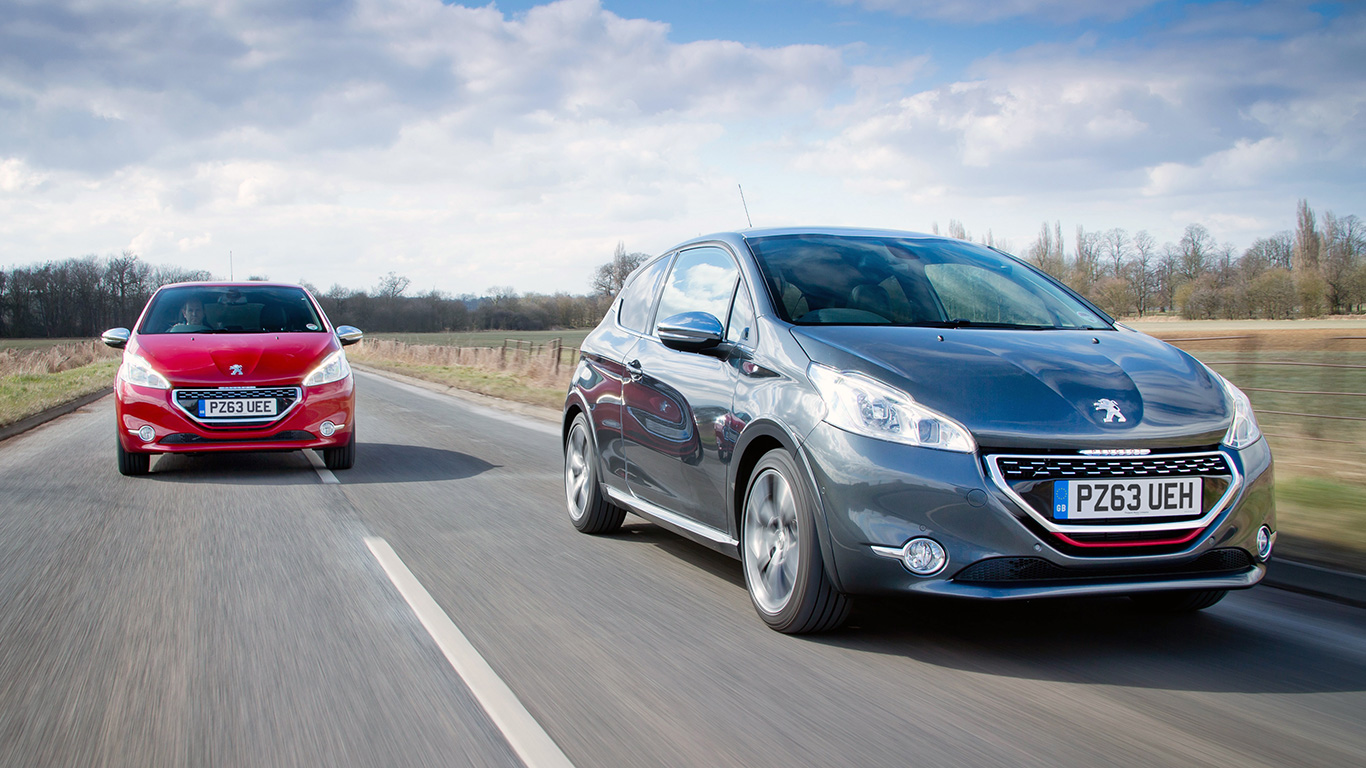
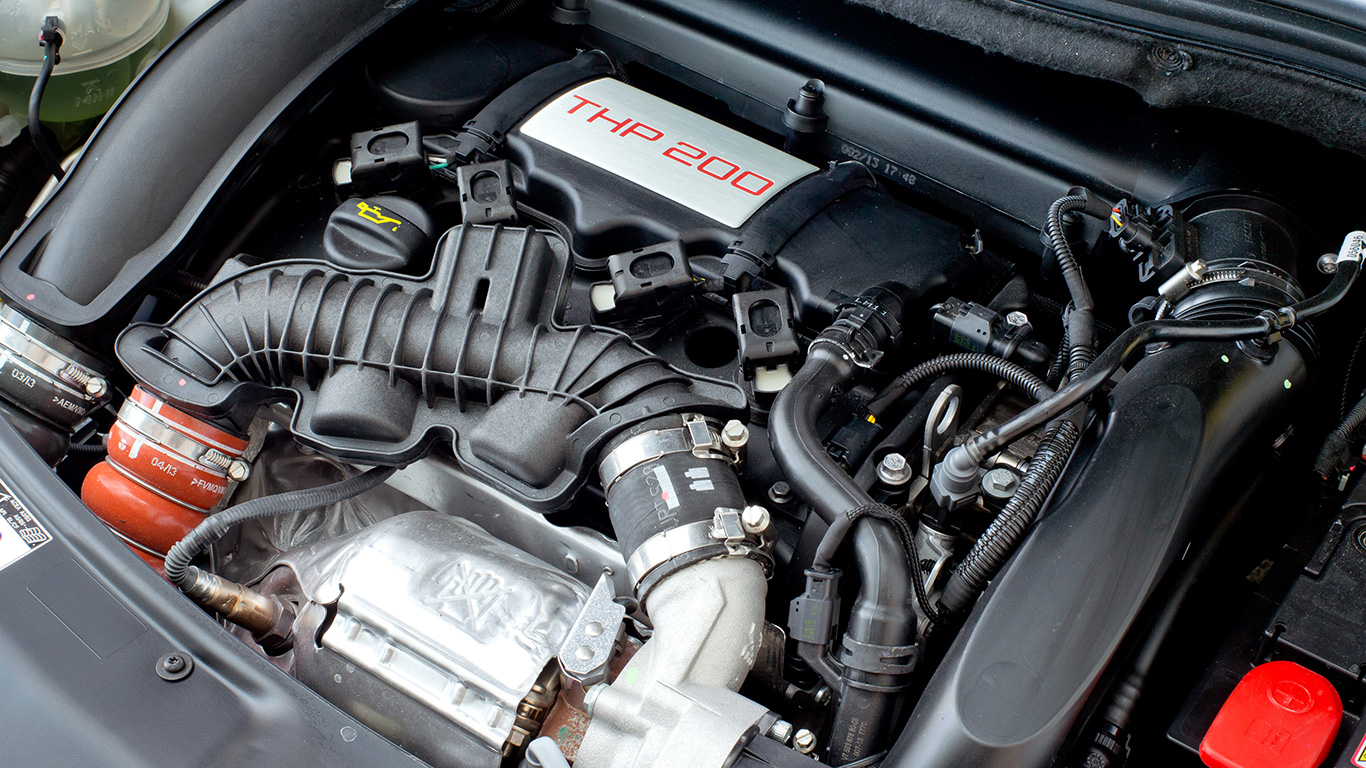
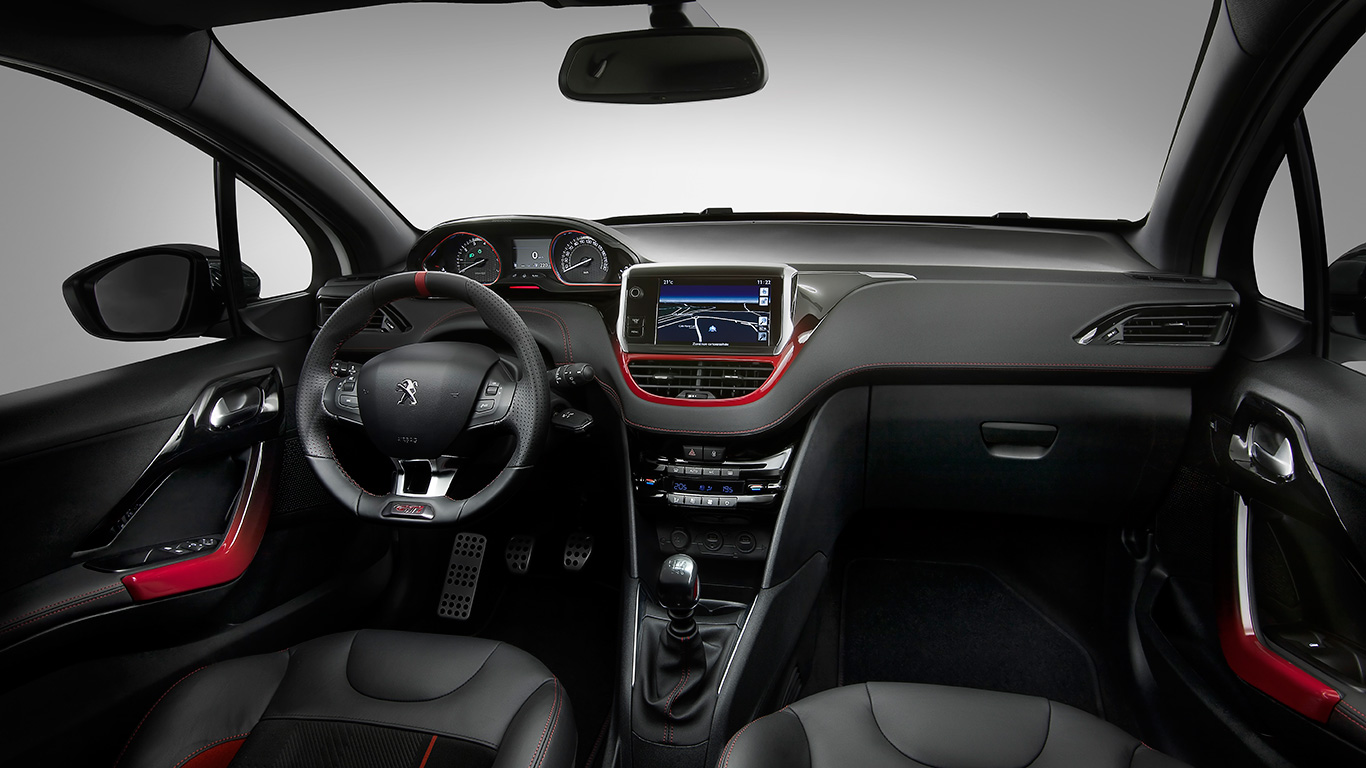
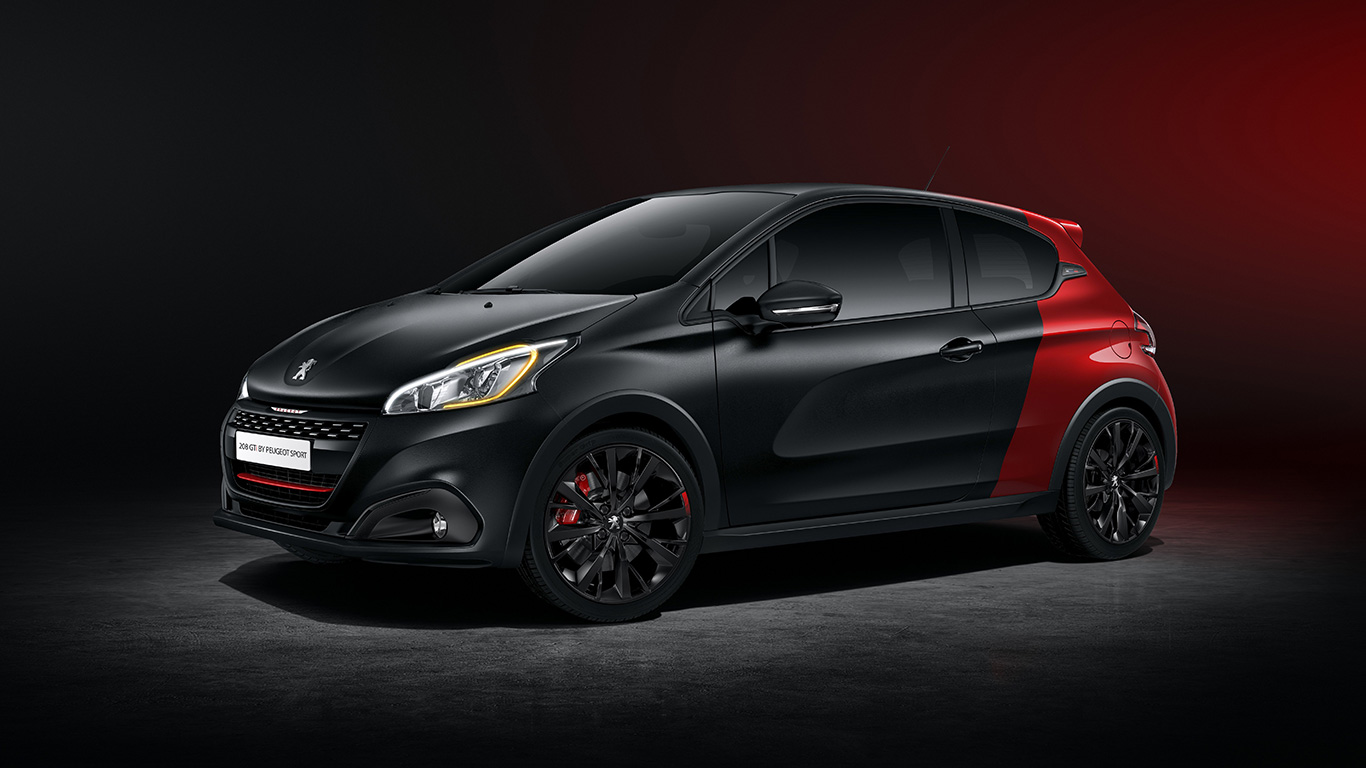
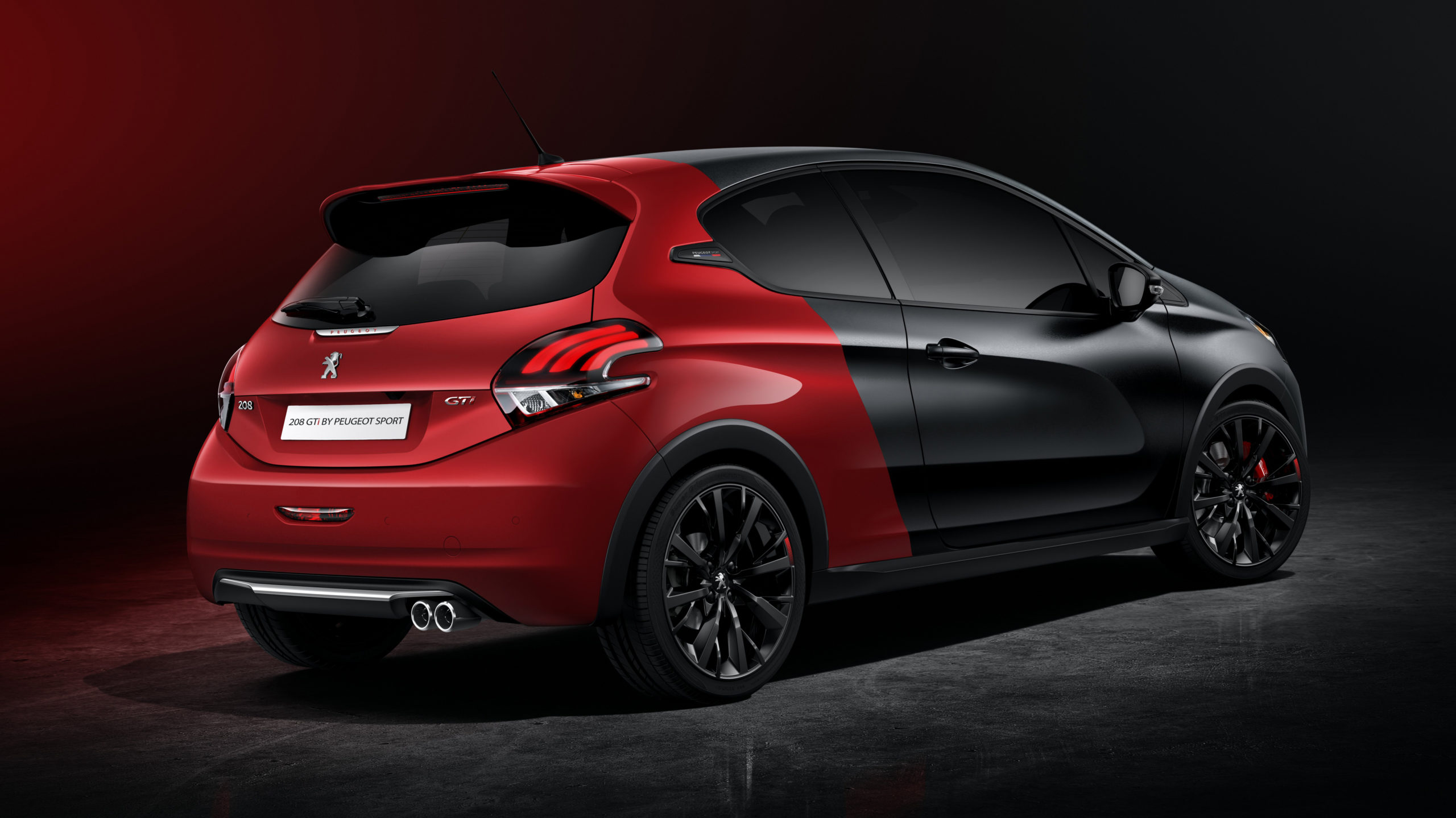
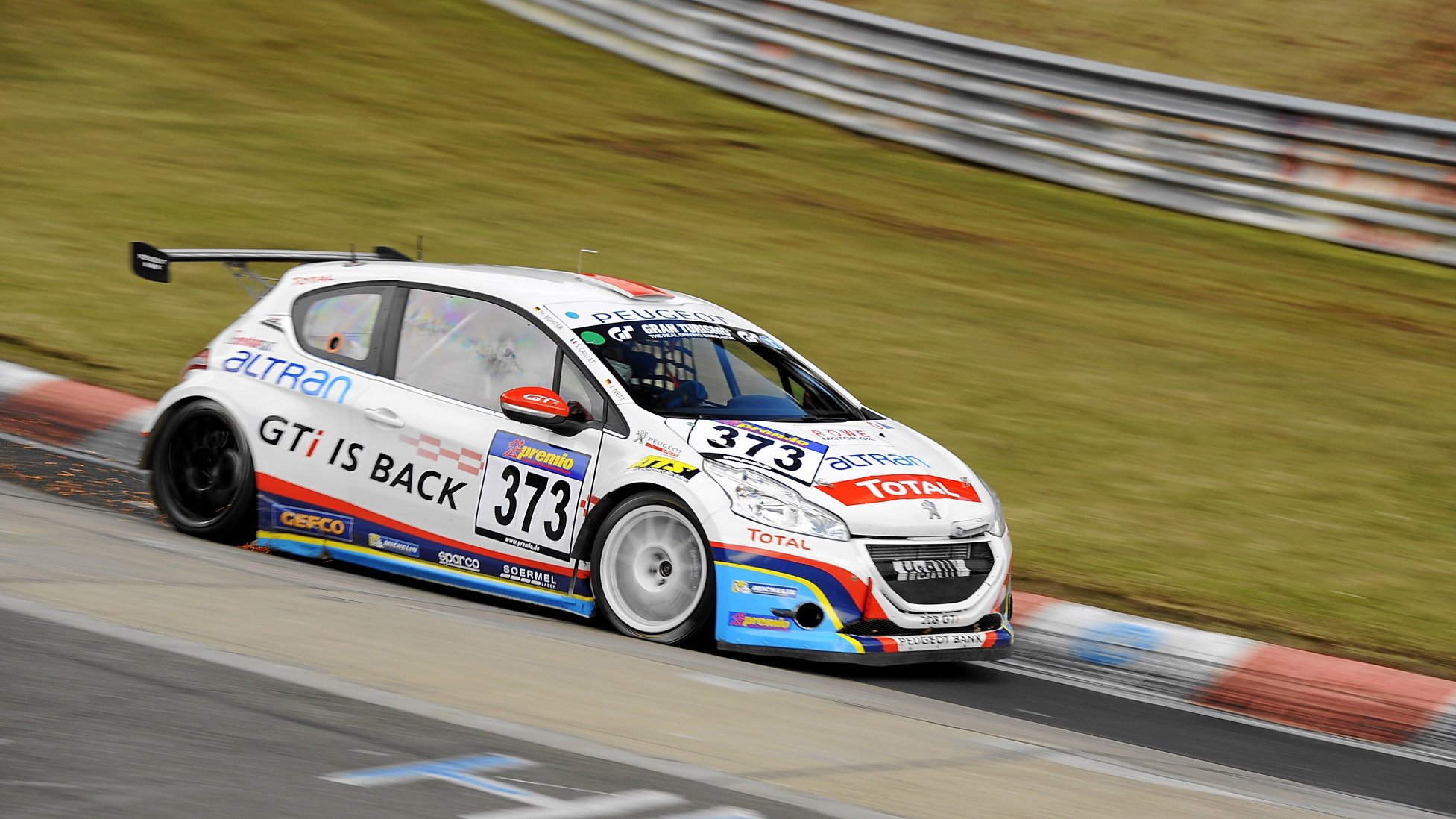
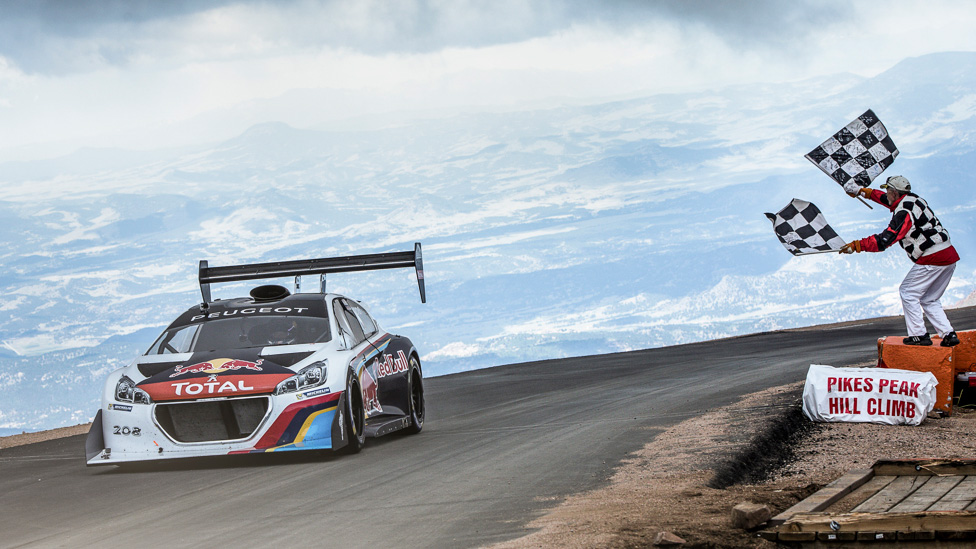
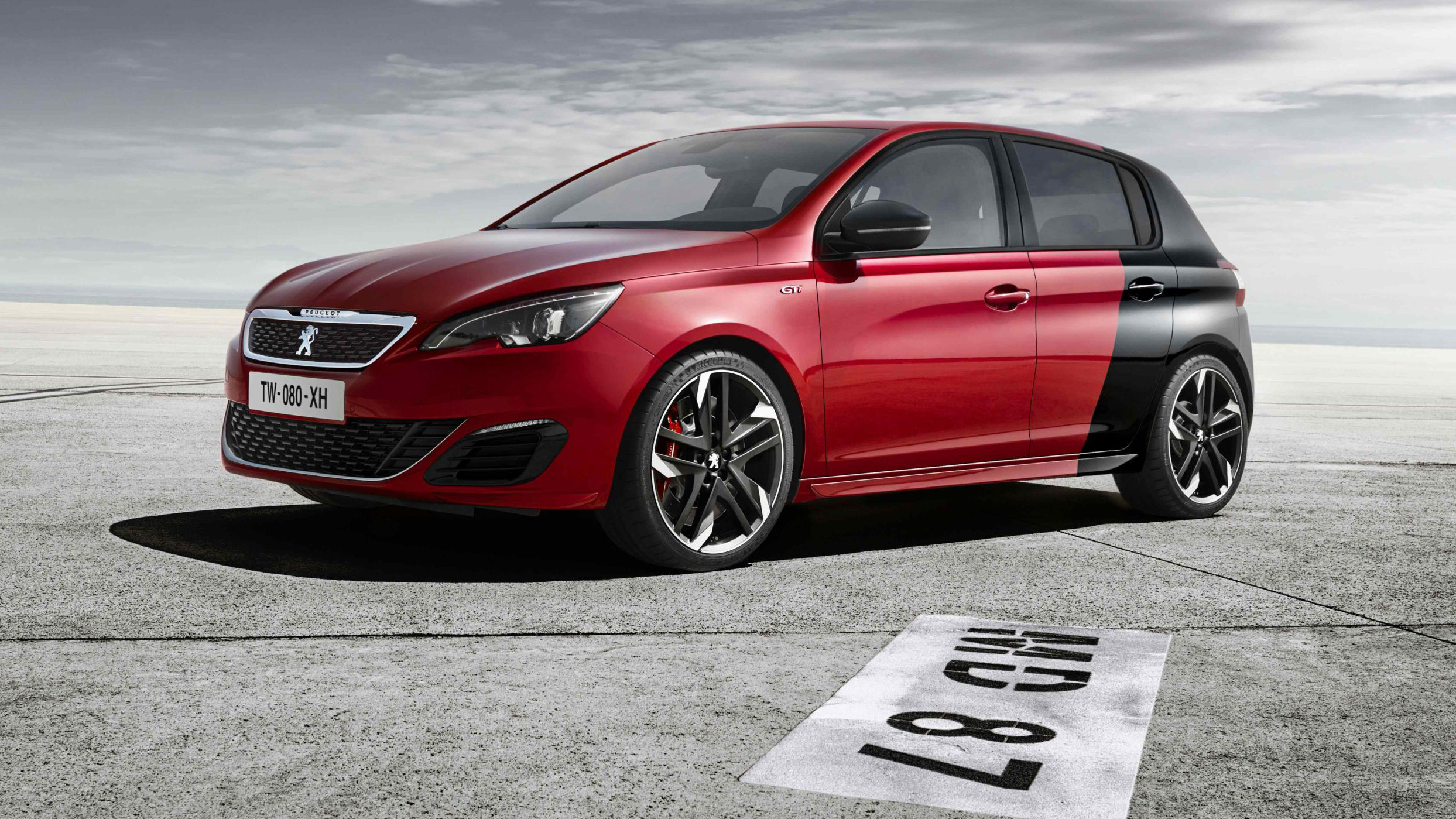
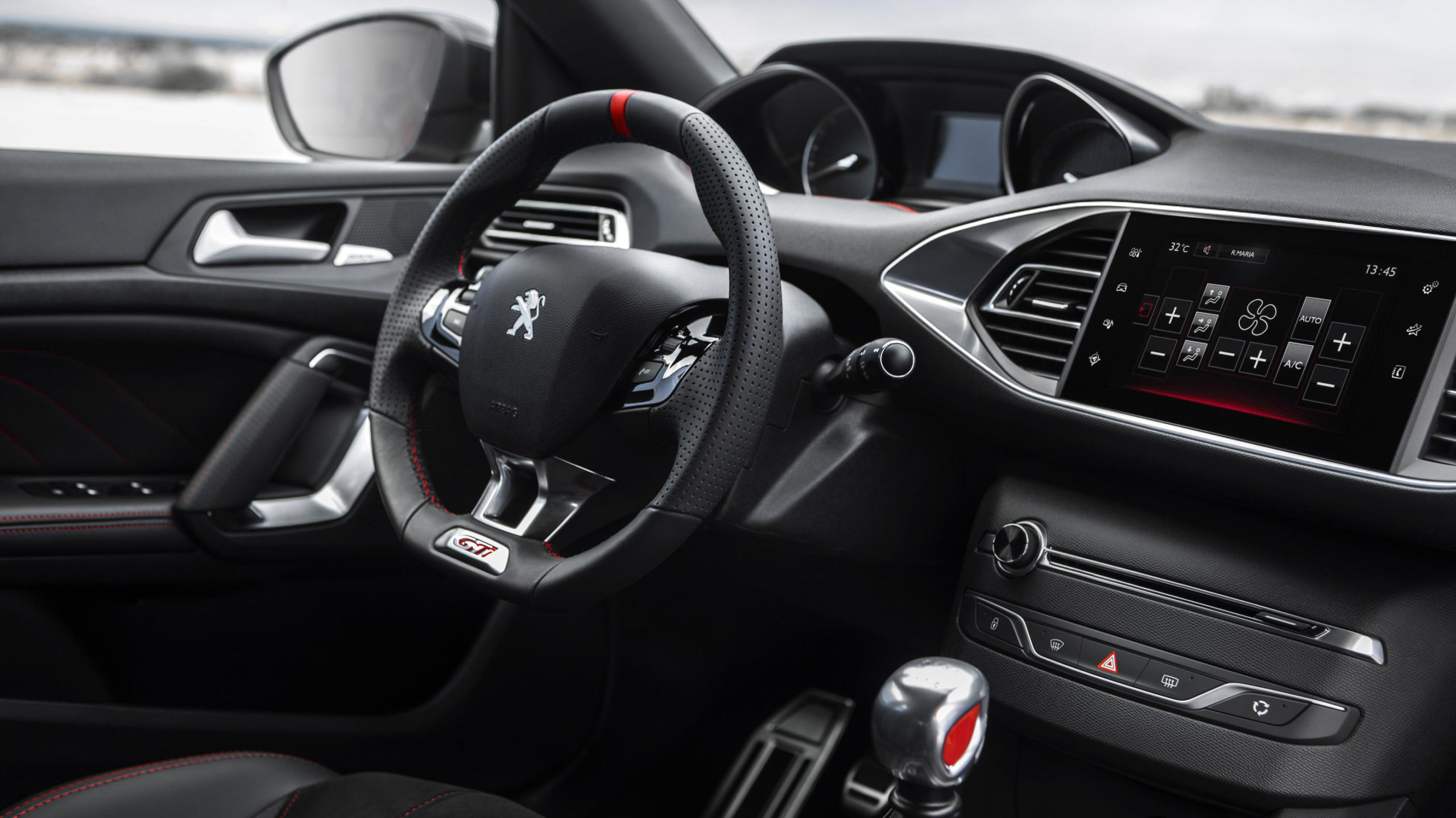
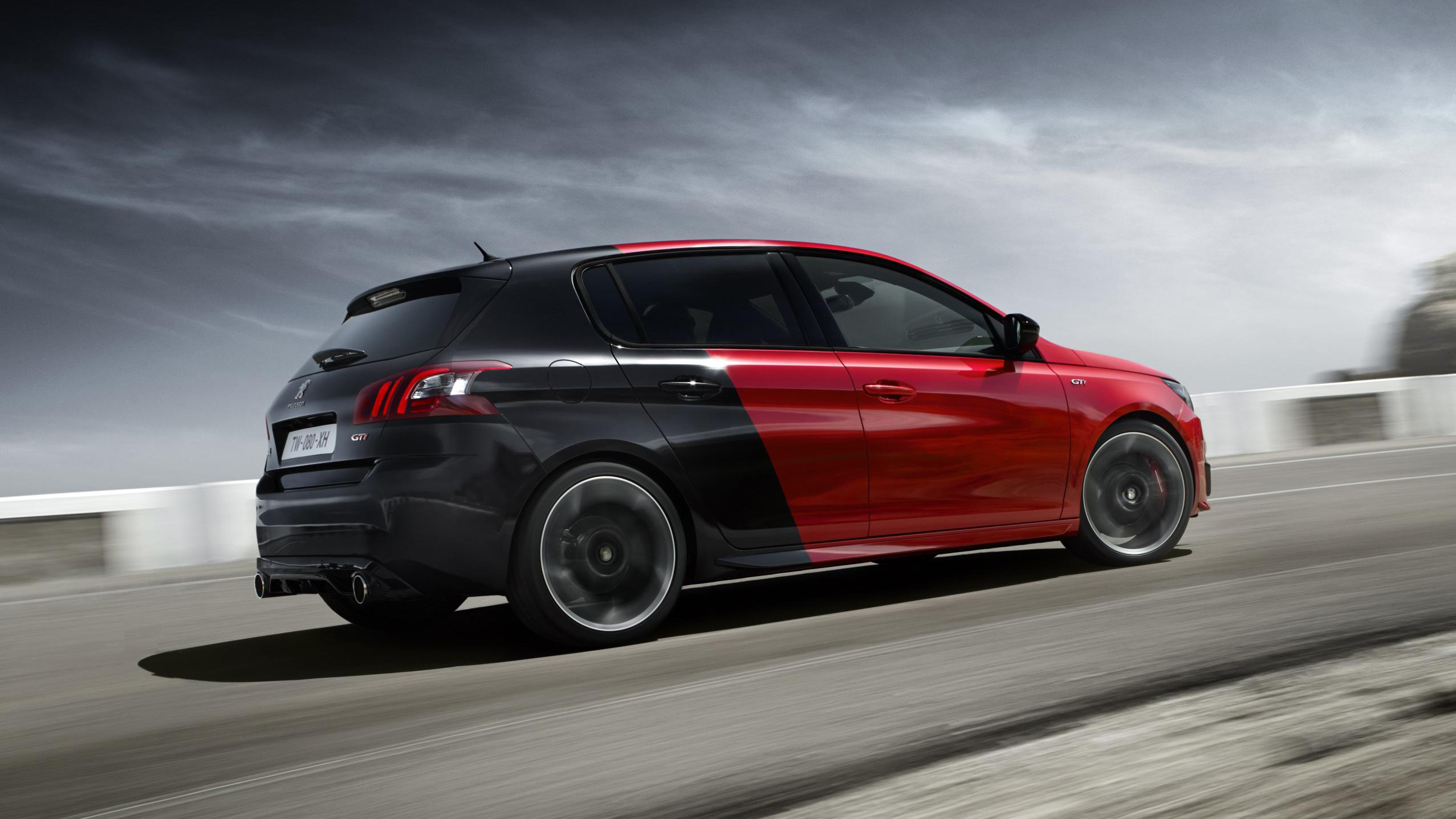
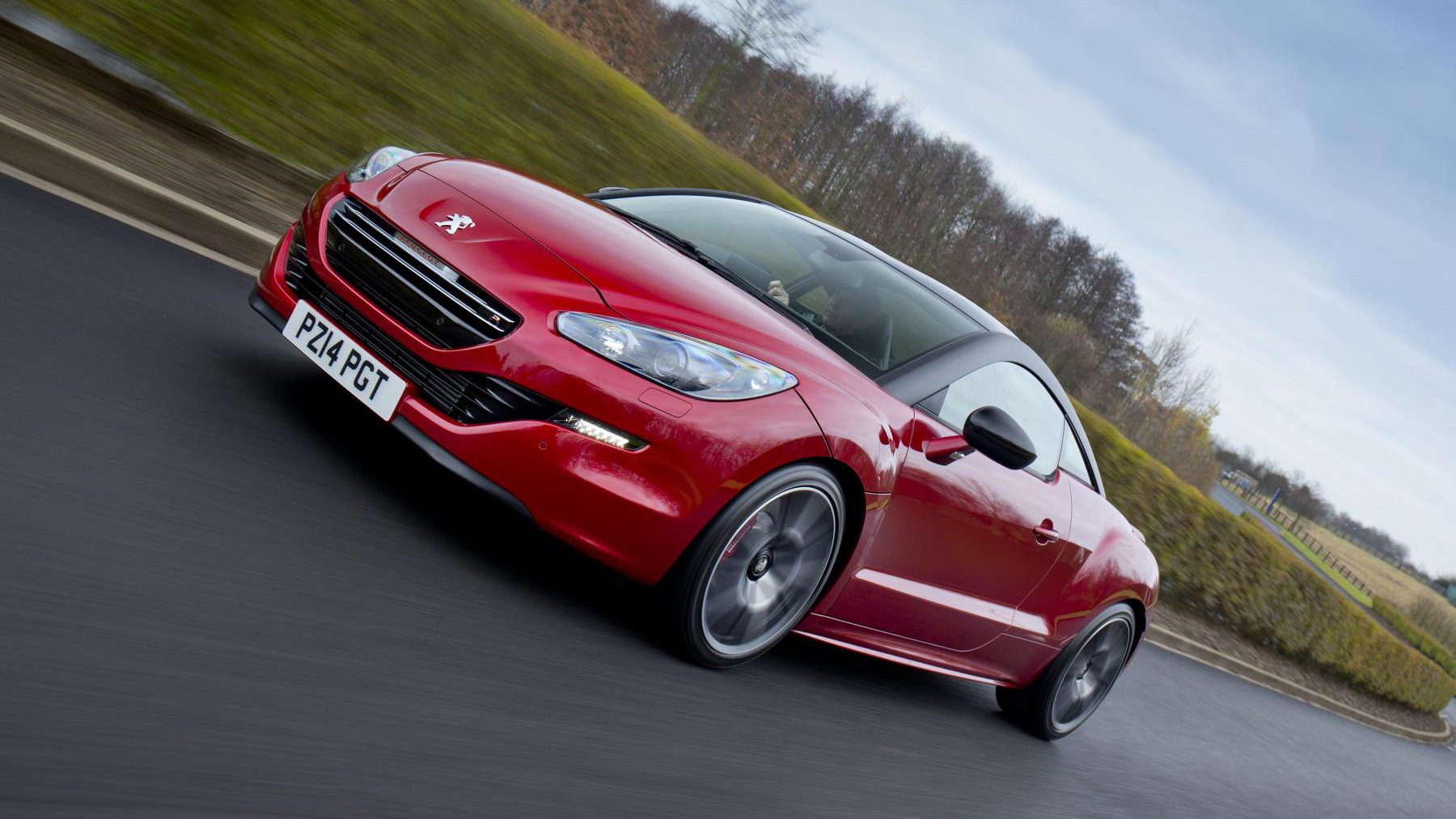
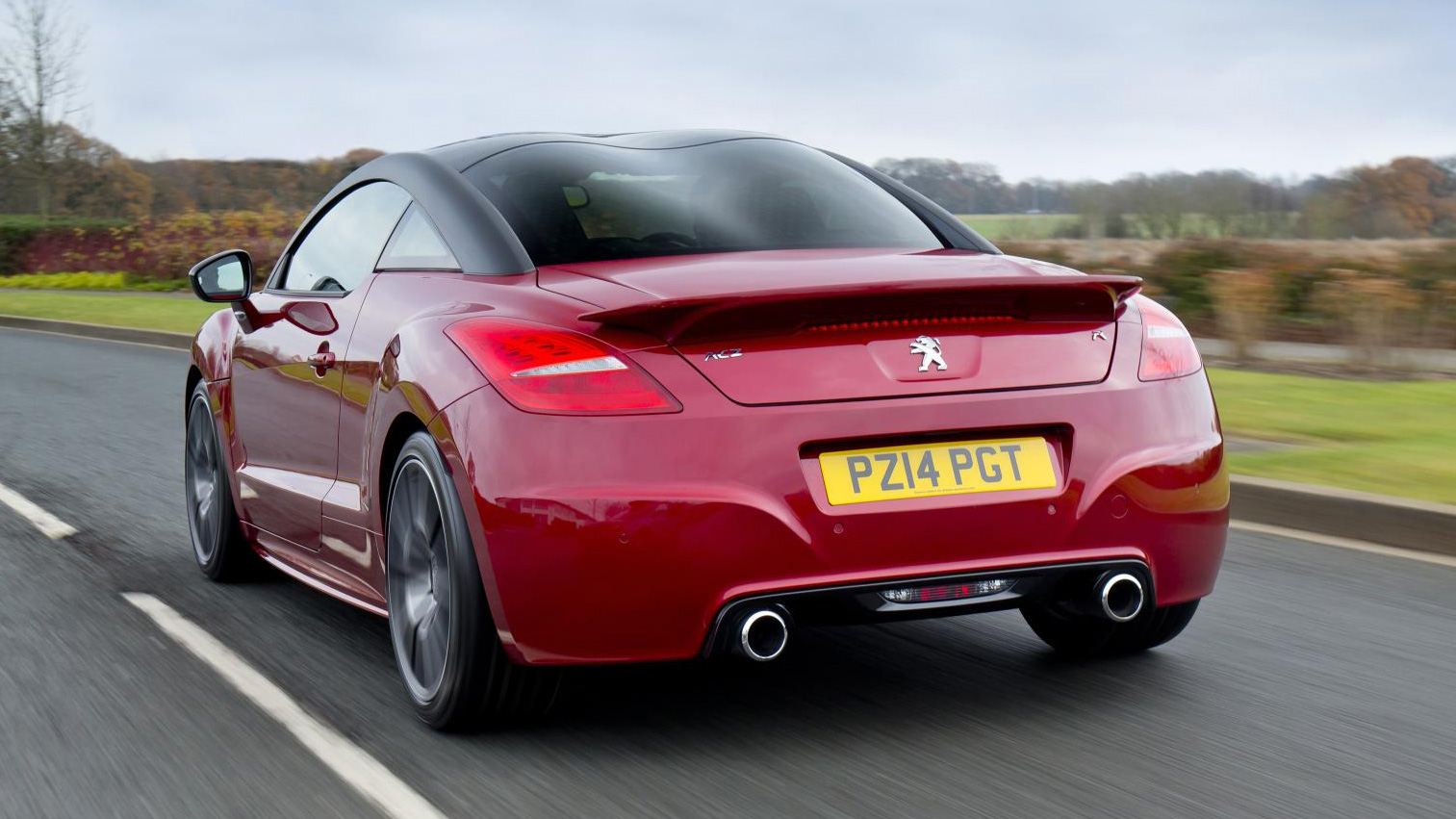
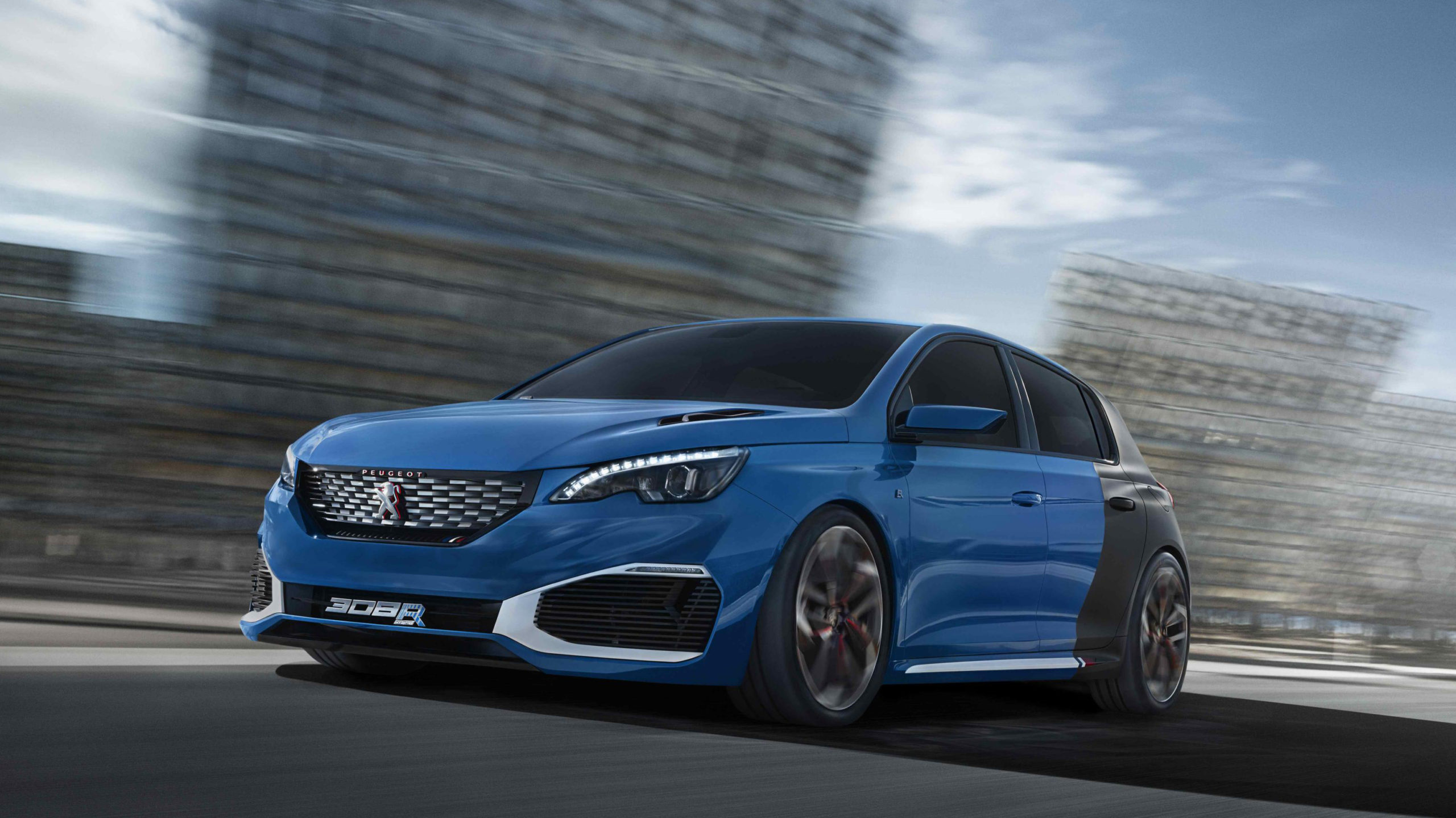
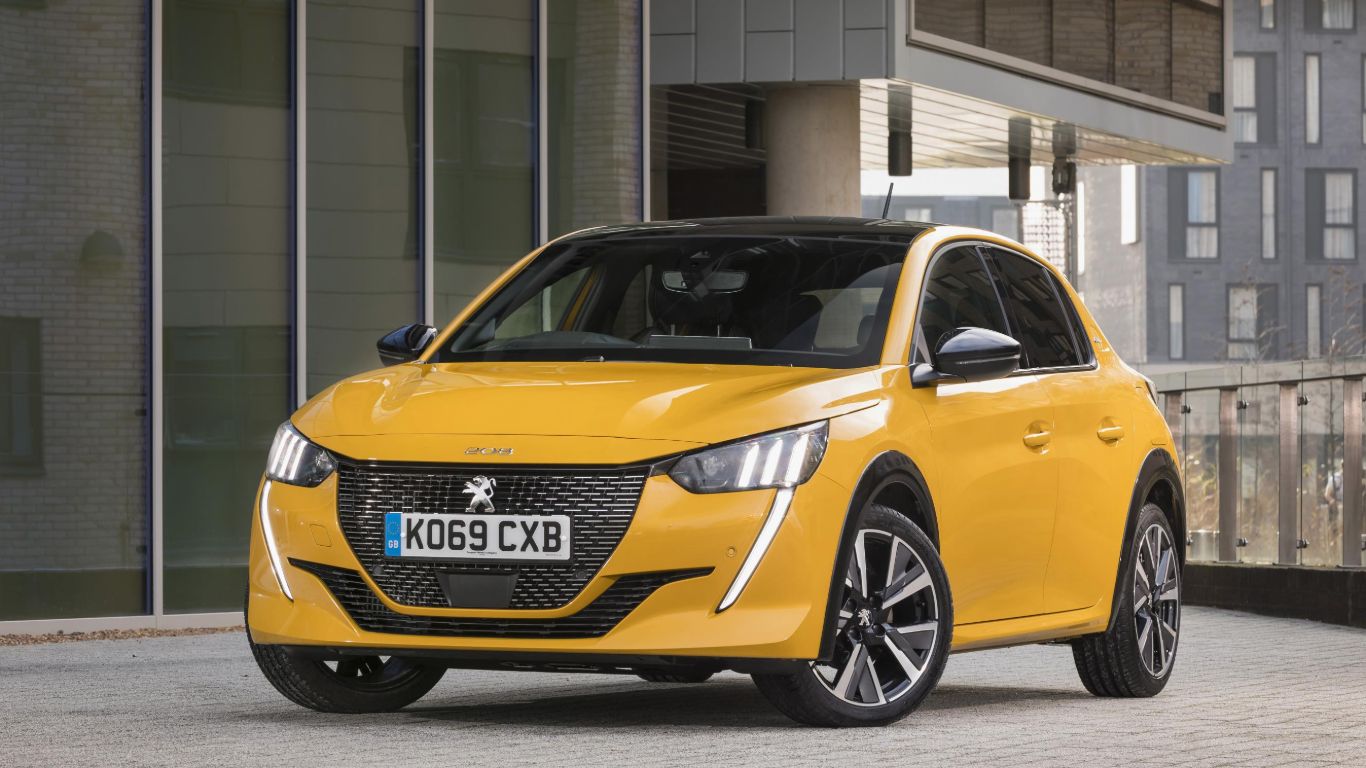
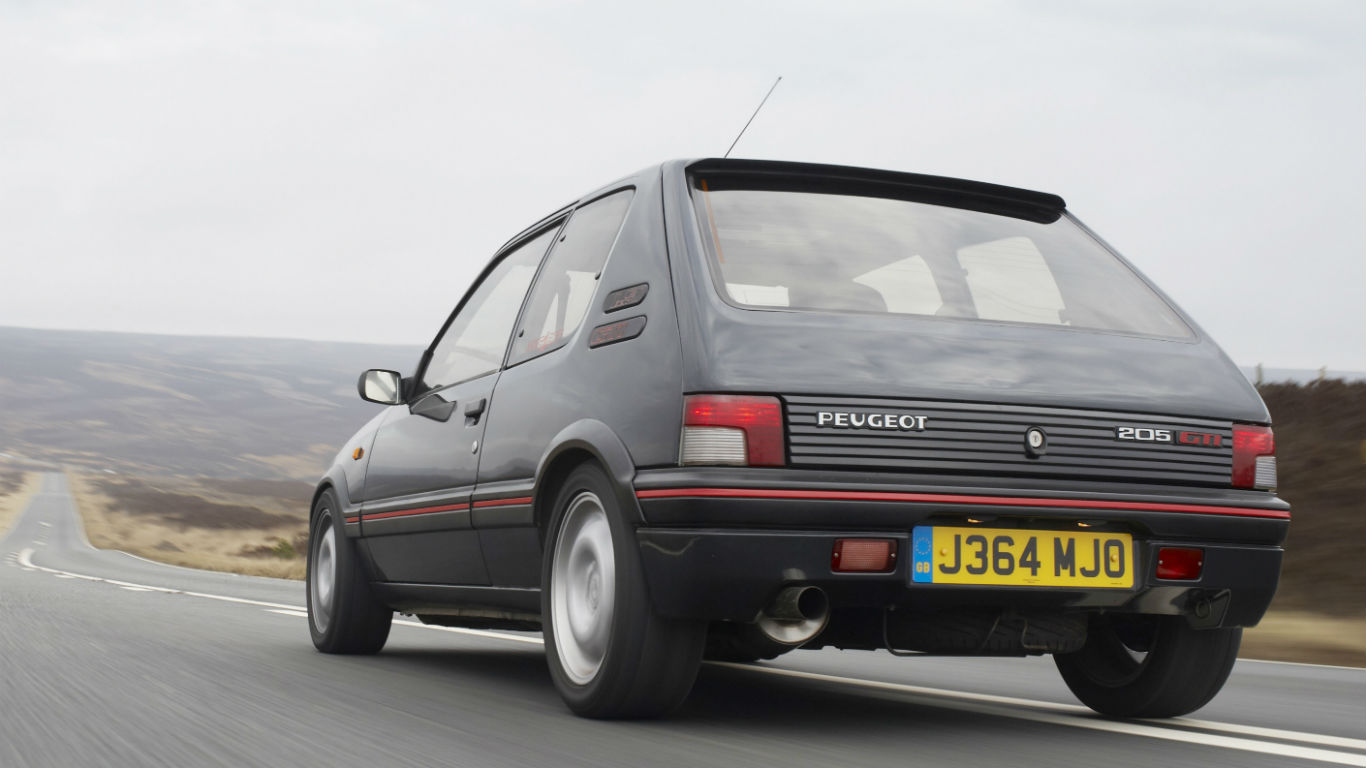

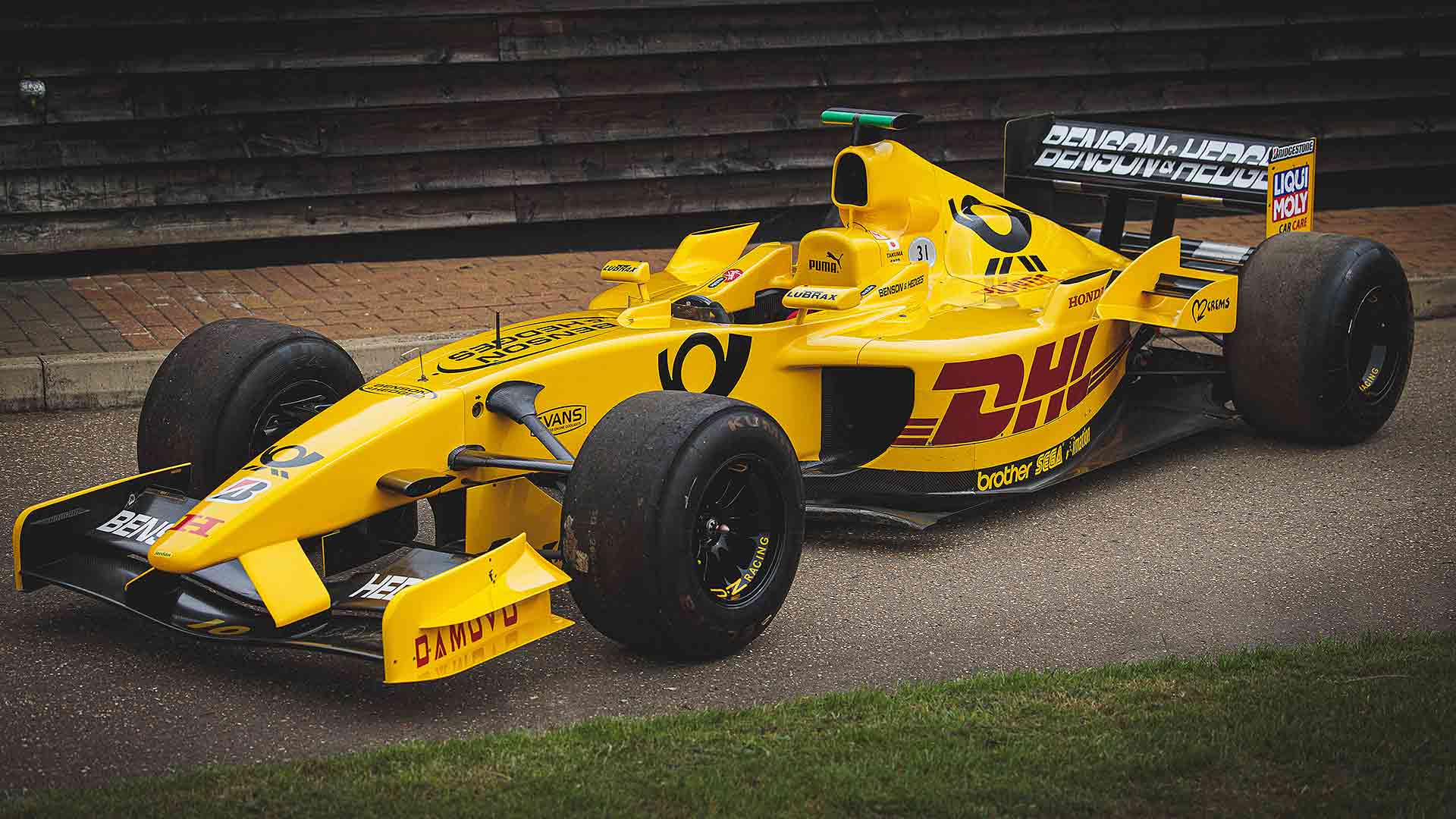
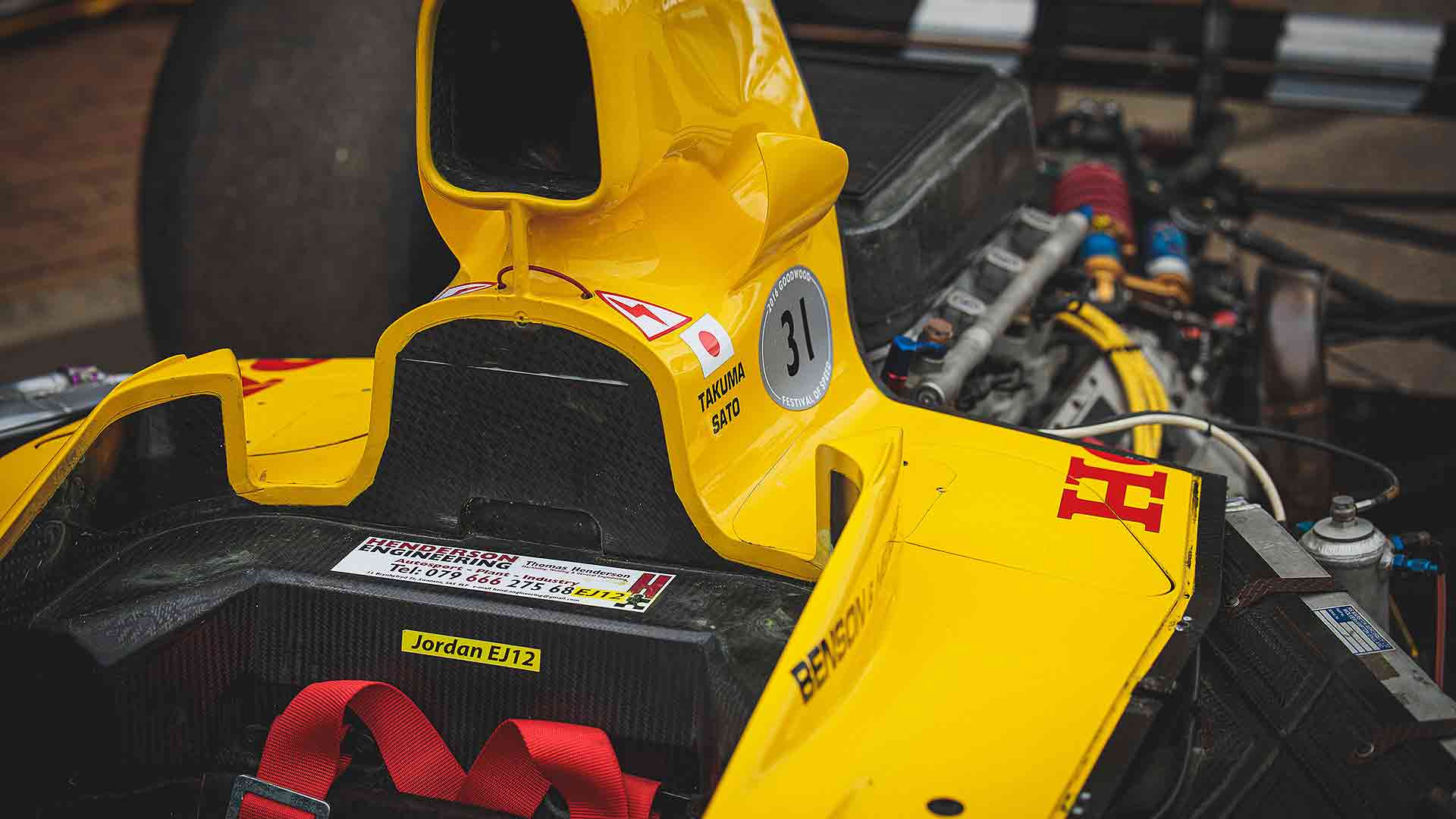
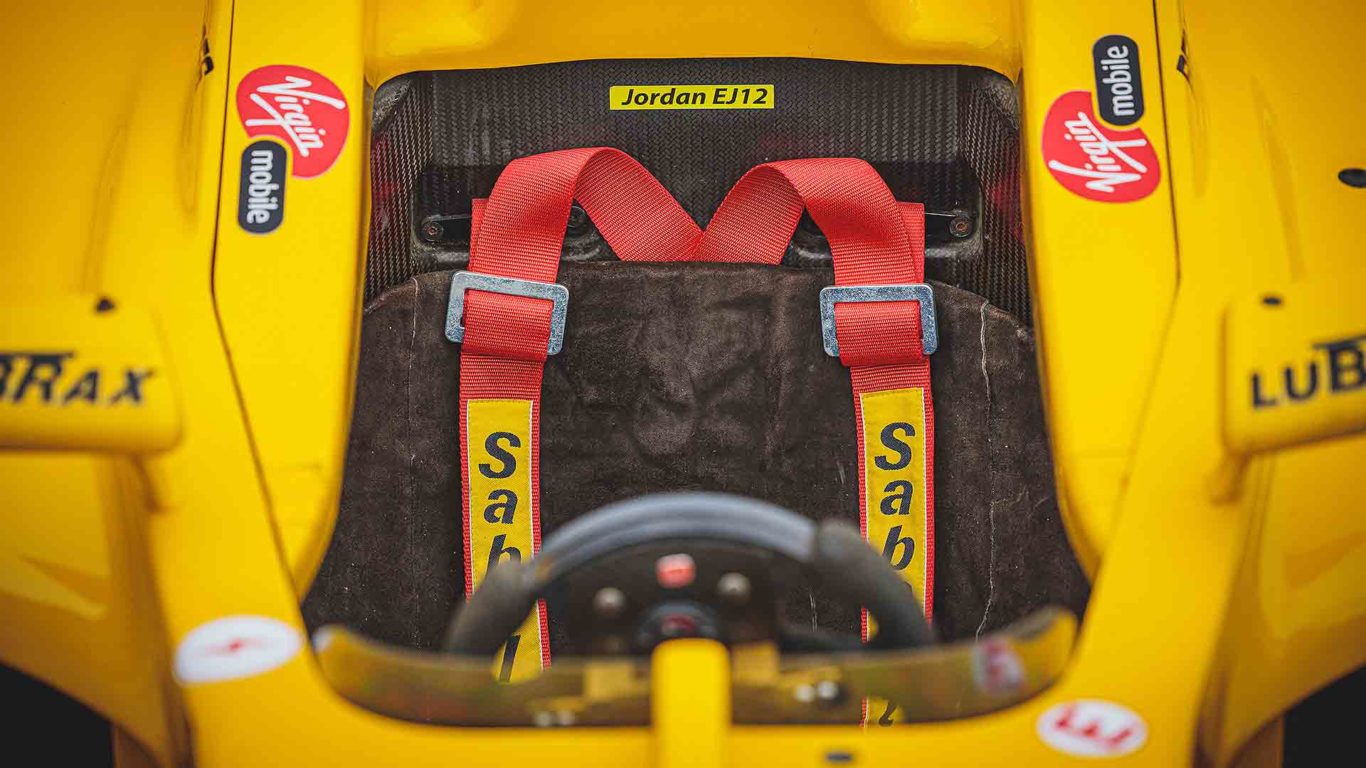
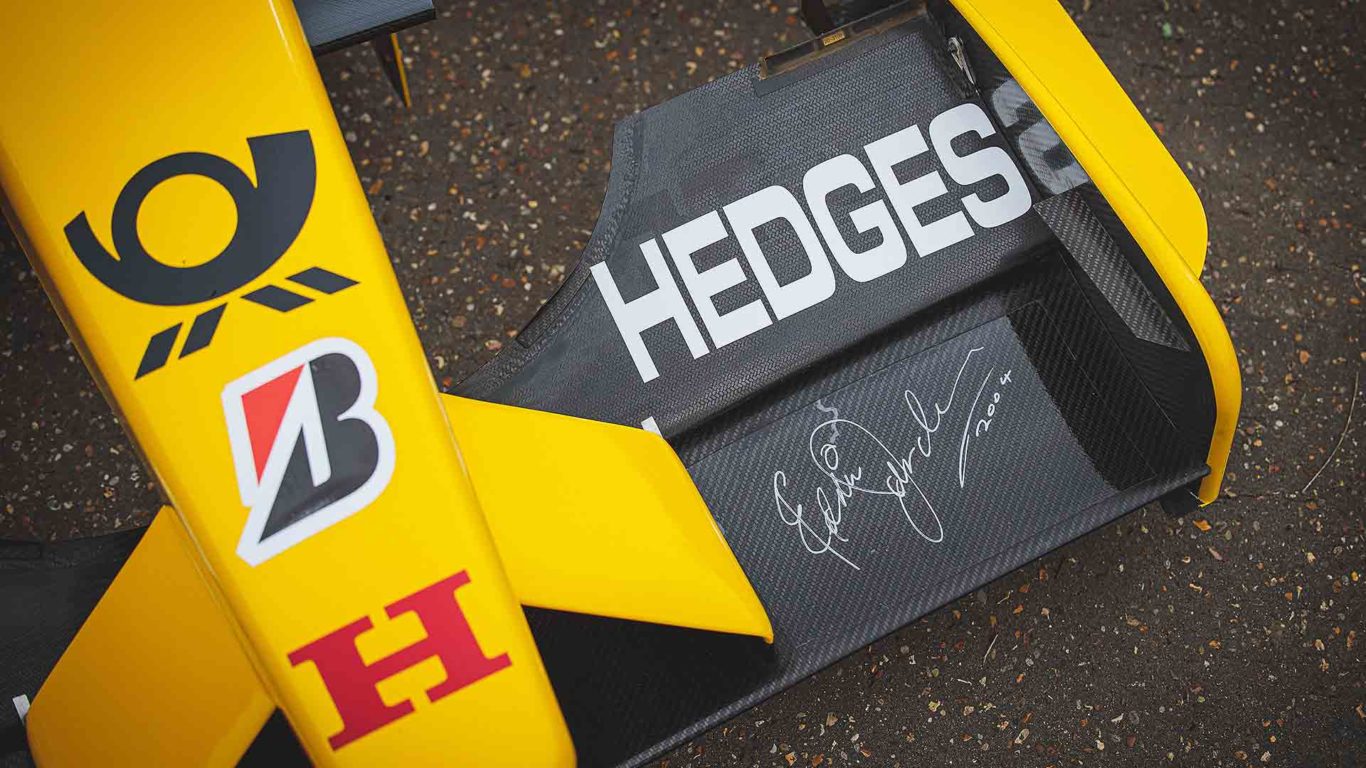
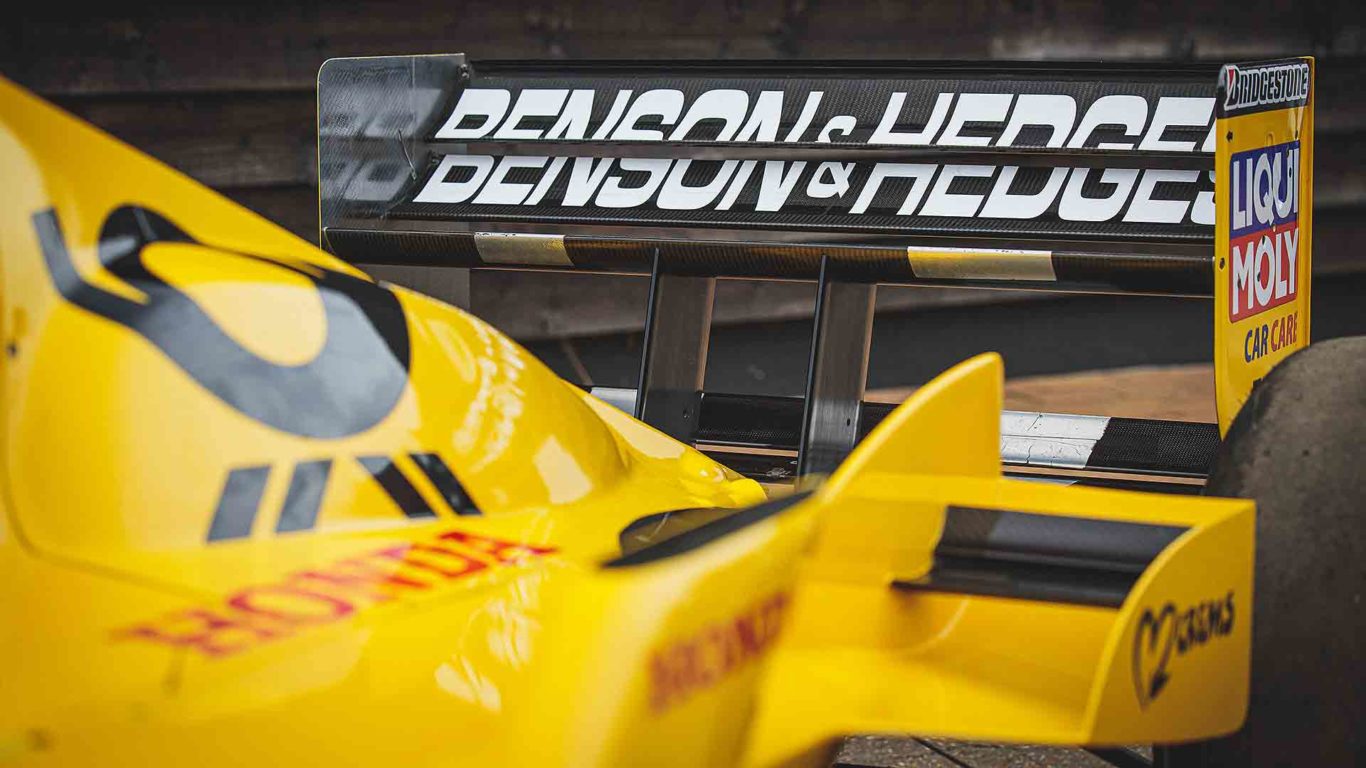

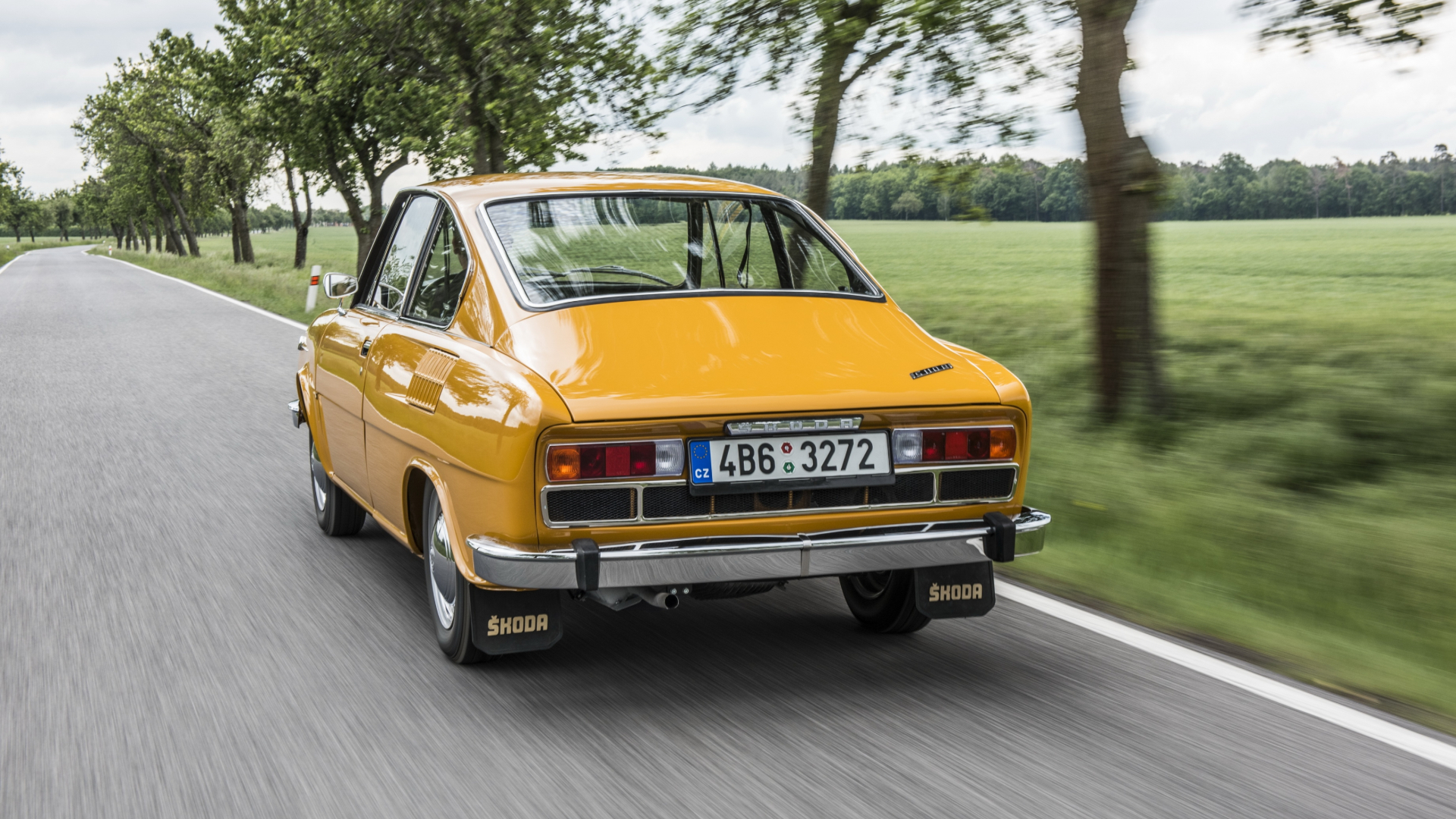
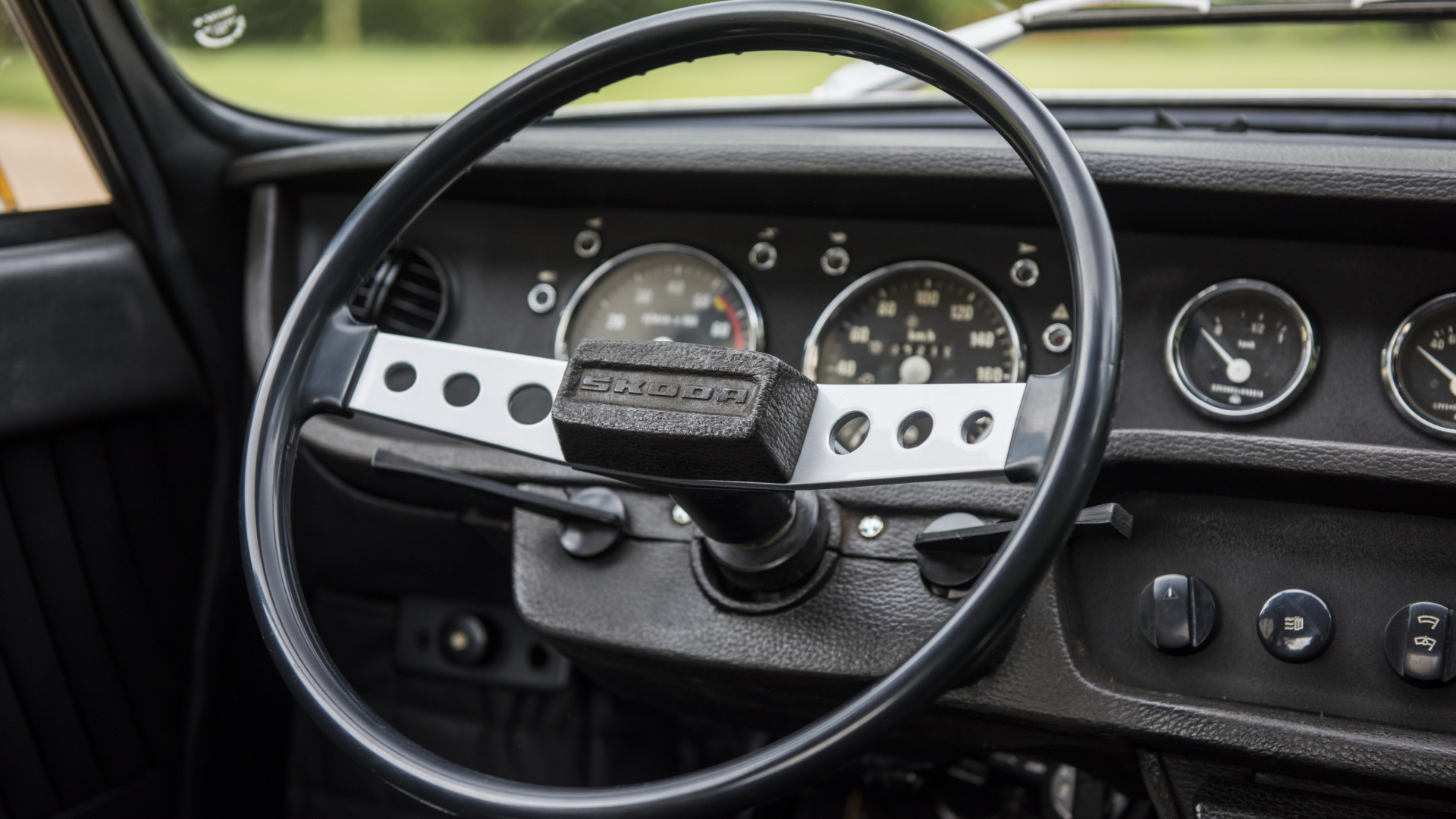
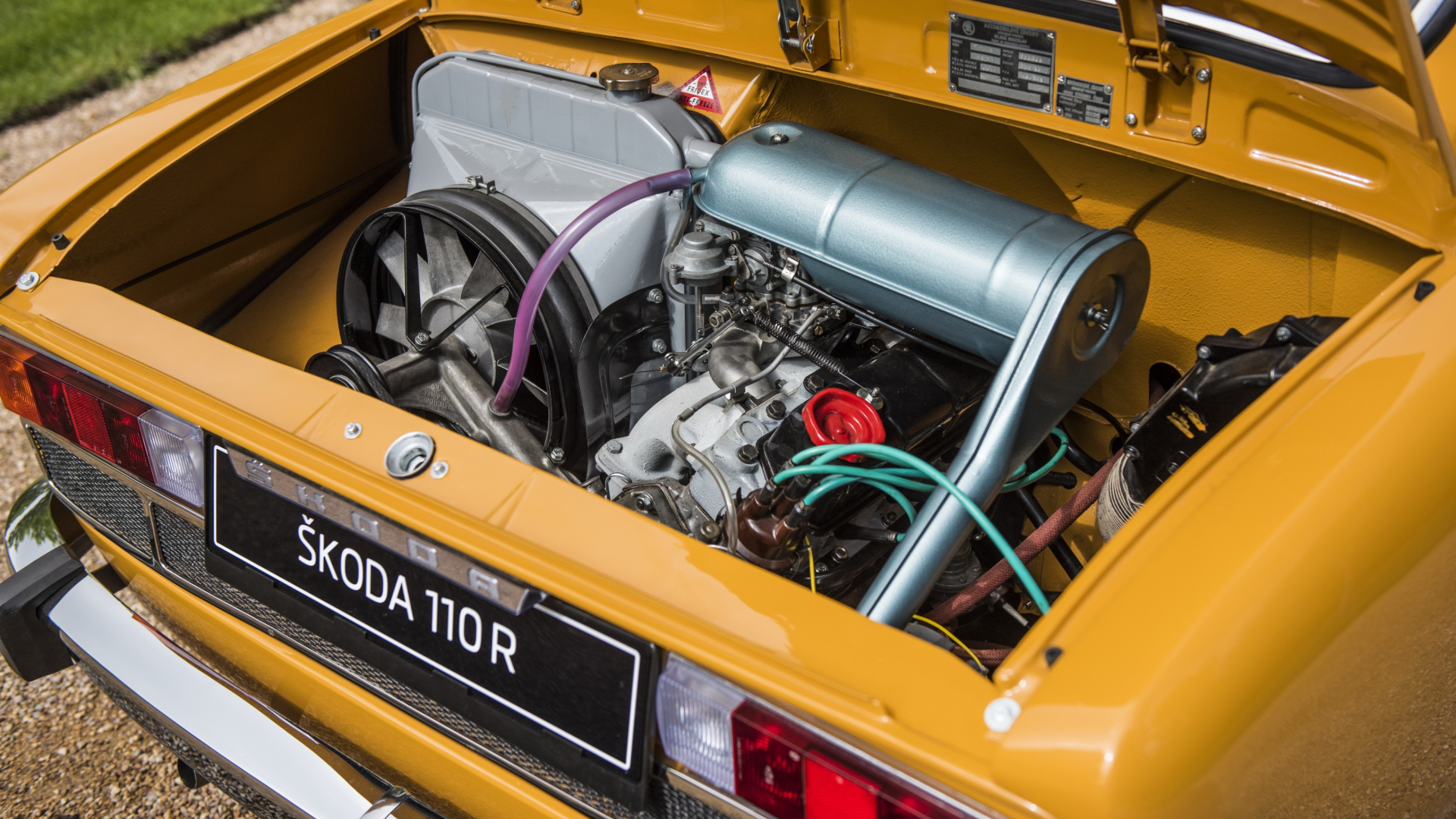

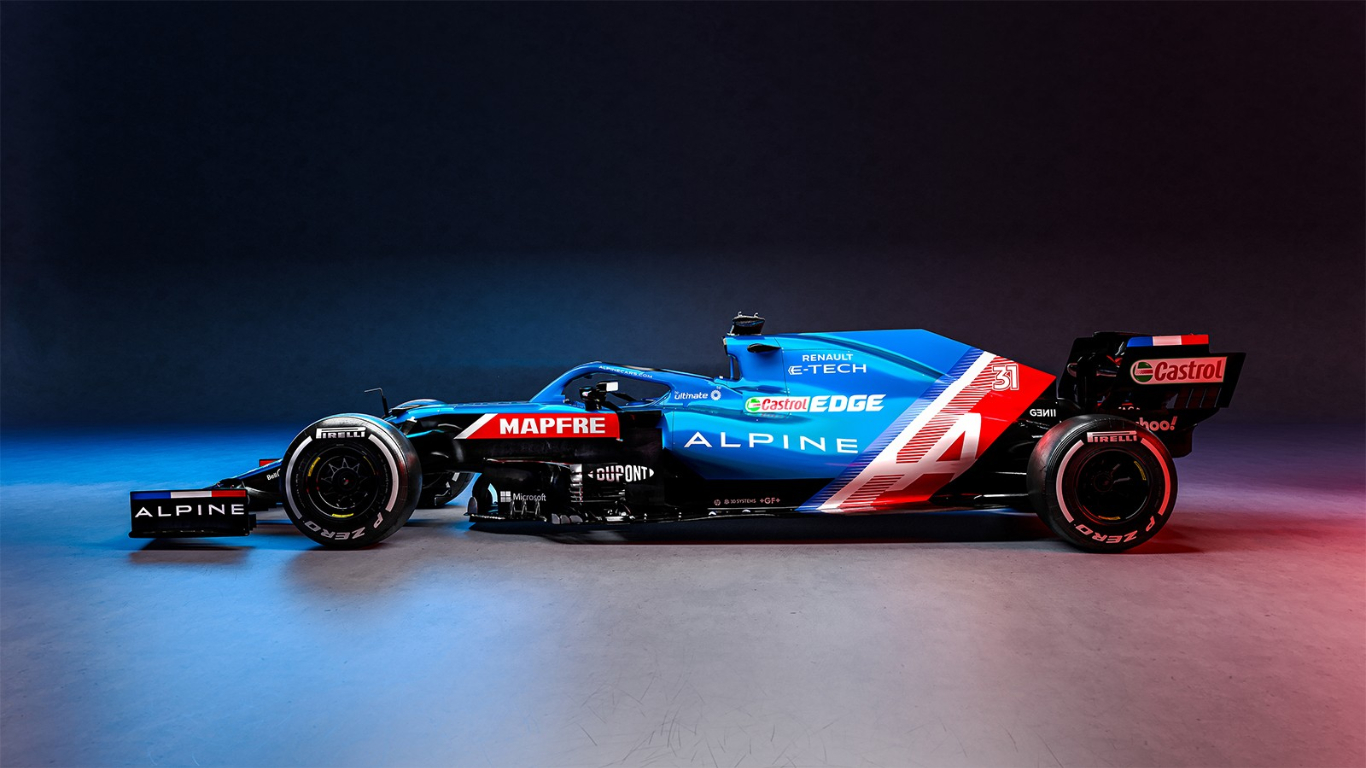

 Jean Rédélé believed that “motorsport is the best way to test production cars”, reasoning that “victory is the best sales tool”. With this in mind, he entered his first competitive event at the age of 28. After a trial run in the Monte Carlo Rally, Rédélé emerged victorious in the inaugural Rallye de Dieppe.
Jean Rédélé believed that “motorsport is the best way to test production cars”, reasoning that “victory is the best sales tool”. With this in mind, he entered his first competitive event at the age of 28. After a trial run in the Monte Carlo Rally, Rédélé emerged victorious in the inaugural Rallye de Dieppe.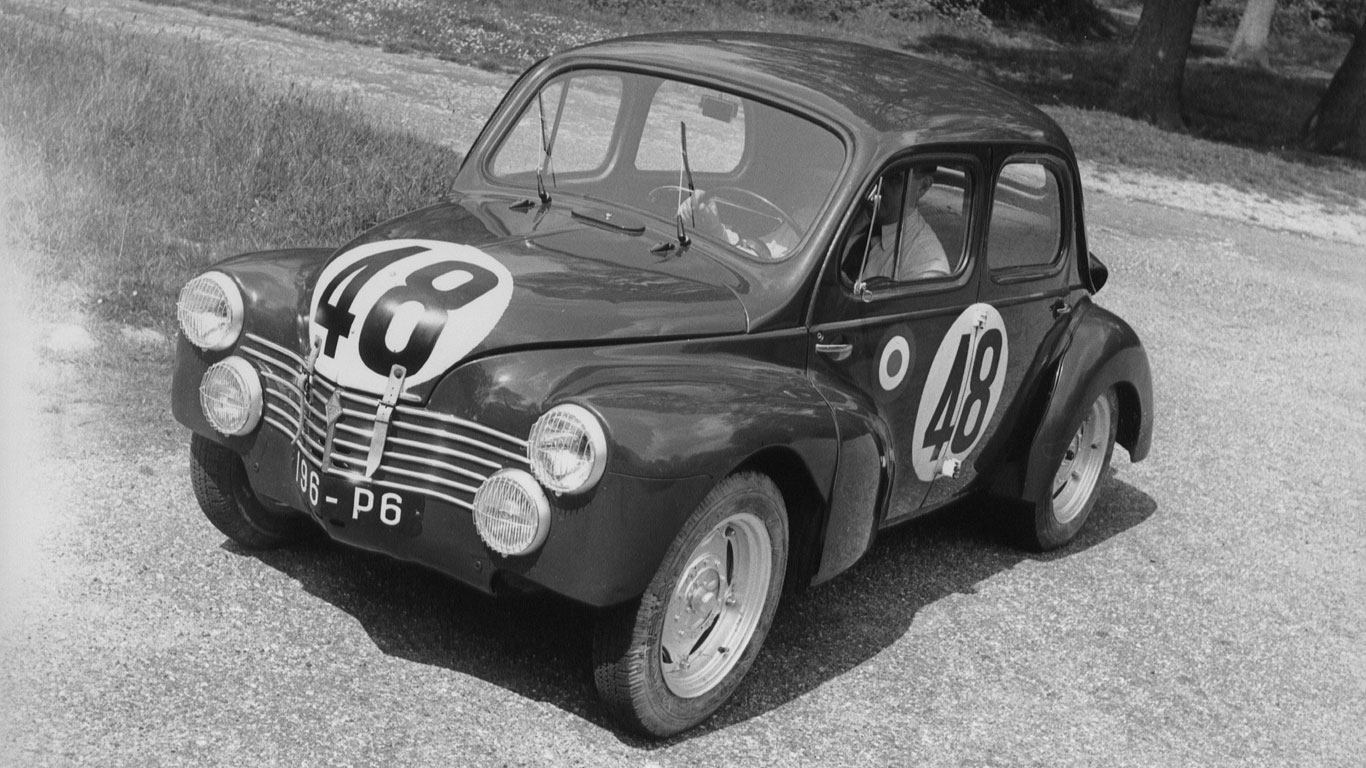
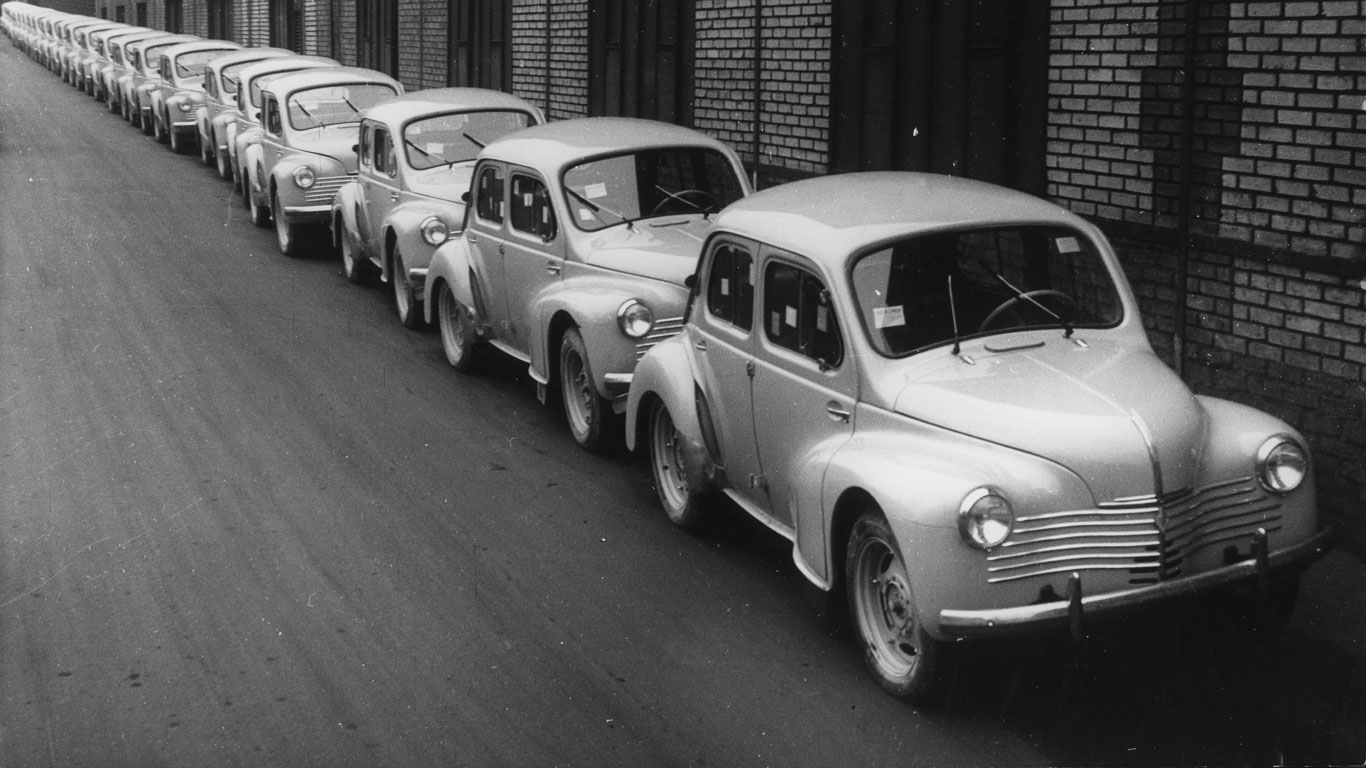
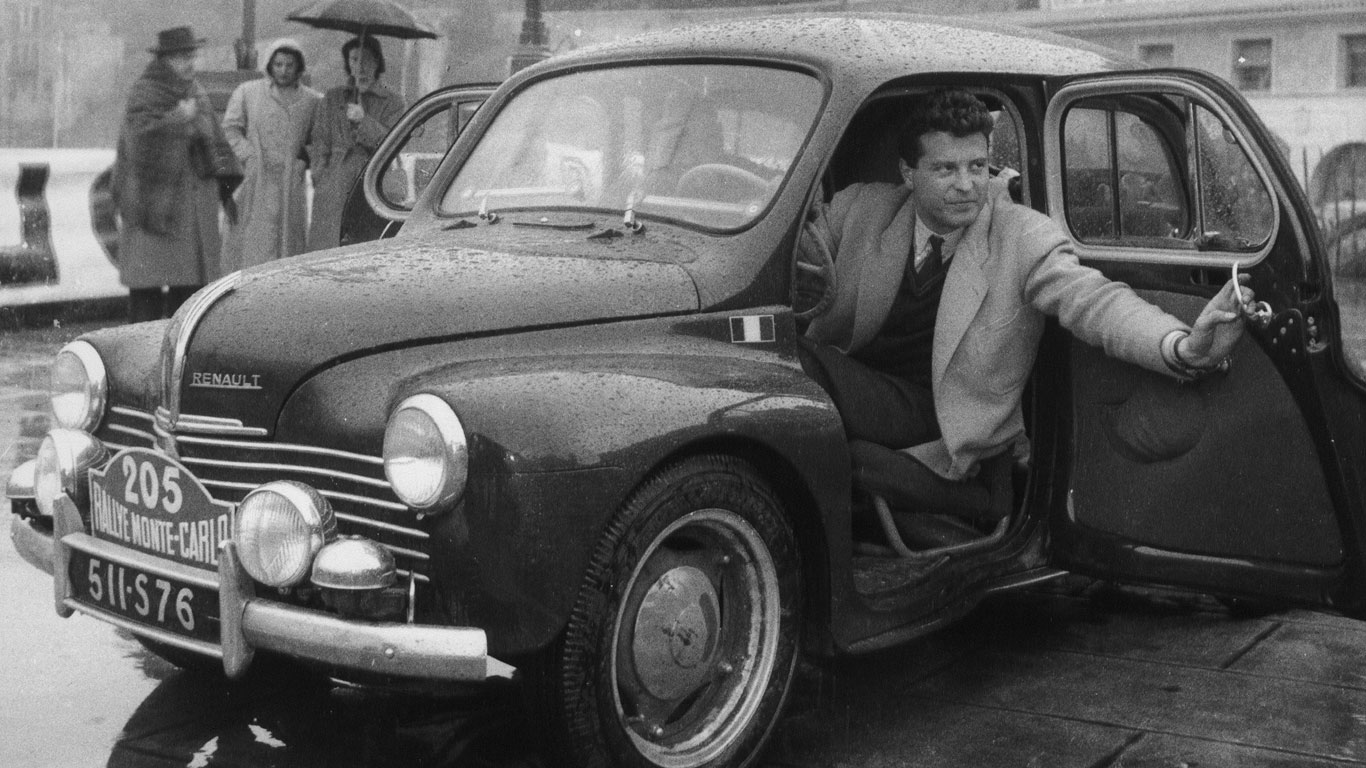
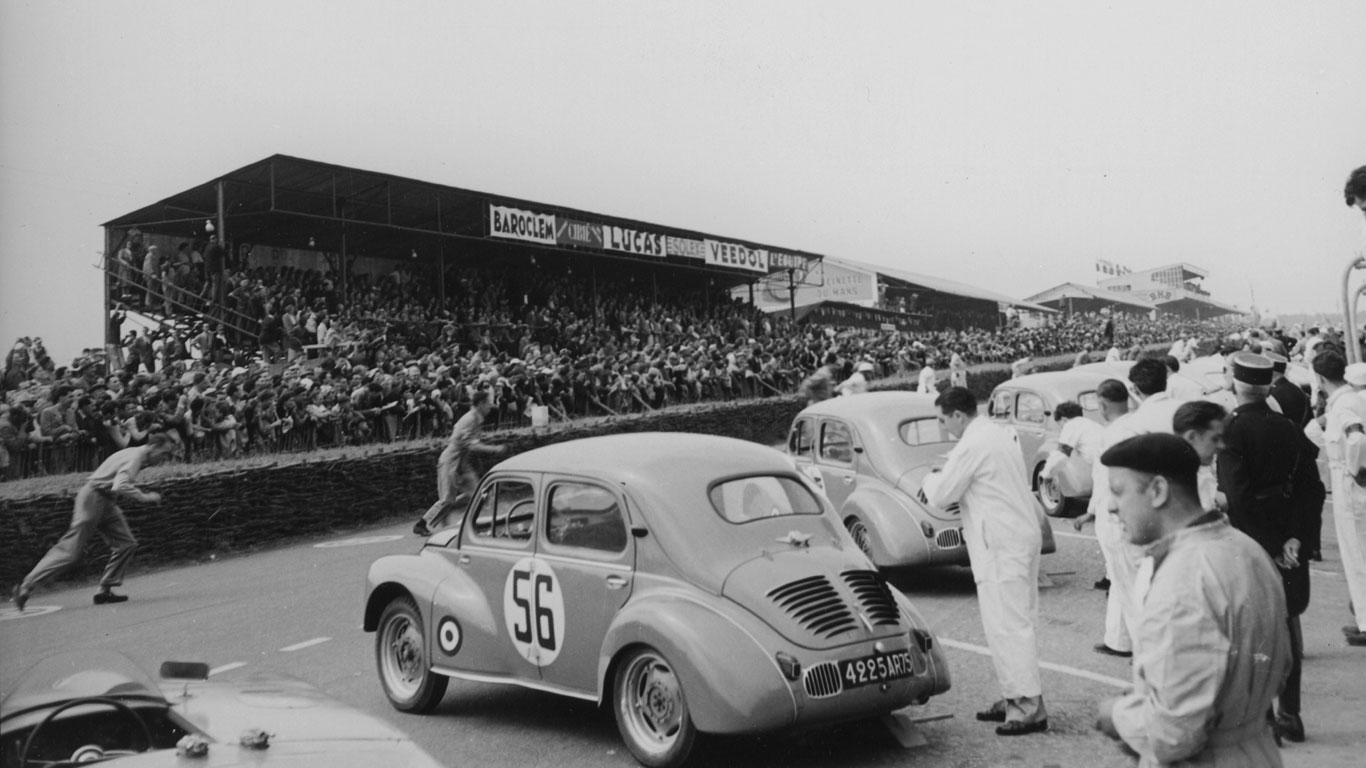 In 1953, Rédélé got his hands on the Renault 4CV Speciale Sport and on his very first outing, he won the fourth Rallye de Dieppe. Rédélé and Pons went on to win their class for the third time in the Mille Miglia, before emerging victorious in the Coupe des Alpes. It was driving across the Alps that had a direct influence on his company name.
In 1953, Rédélé got his hands on the Renault 4CV Speciale Sport and on his very first outing, he won the fourth Rallye de Dieppe. Rédélé and Pons went on to win their class for the third time in the Mille Miglia, before emerging victorious in the Coupe des Alpes. It was driving across the Alps that had a direct influence on his company name.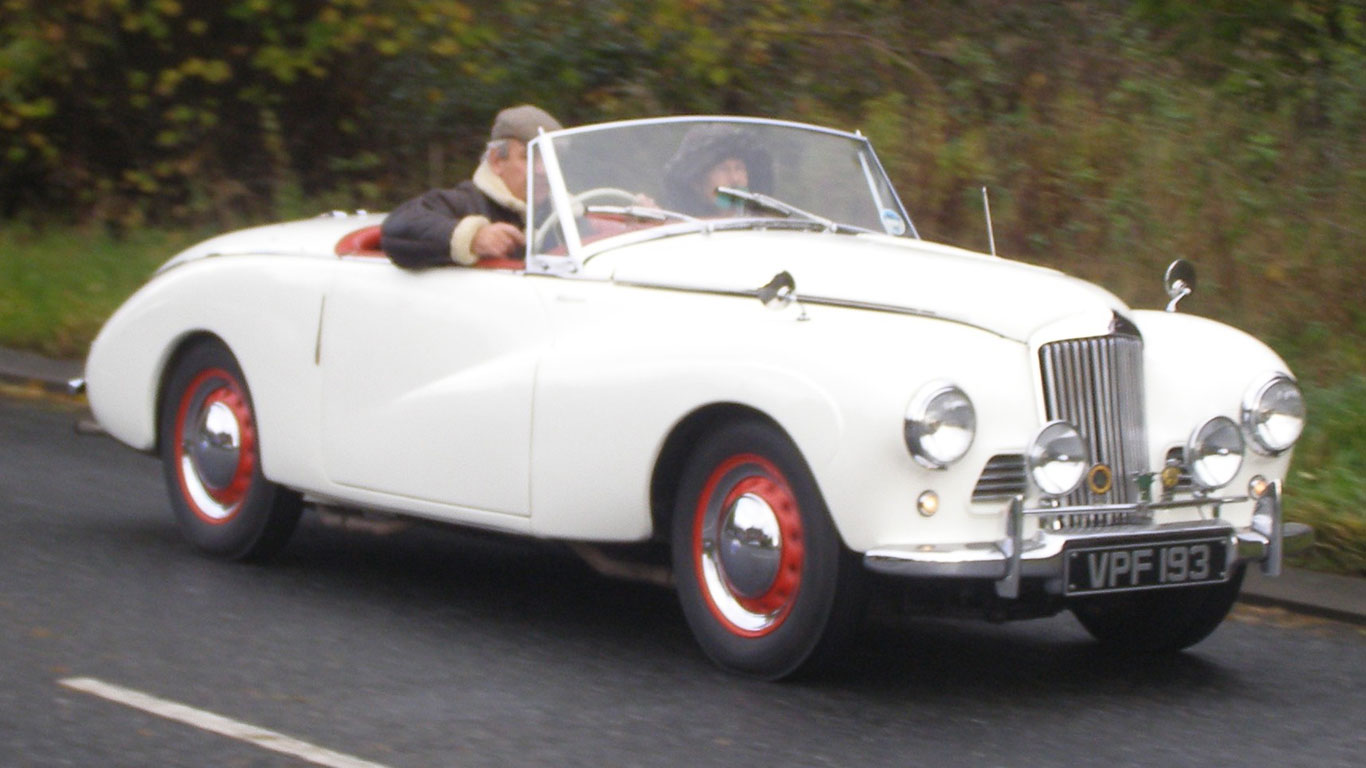
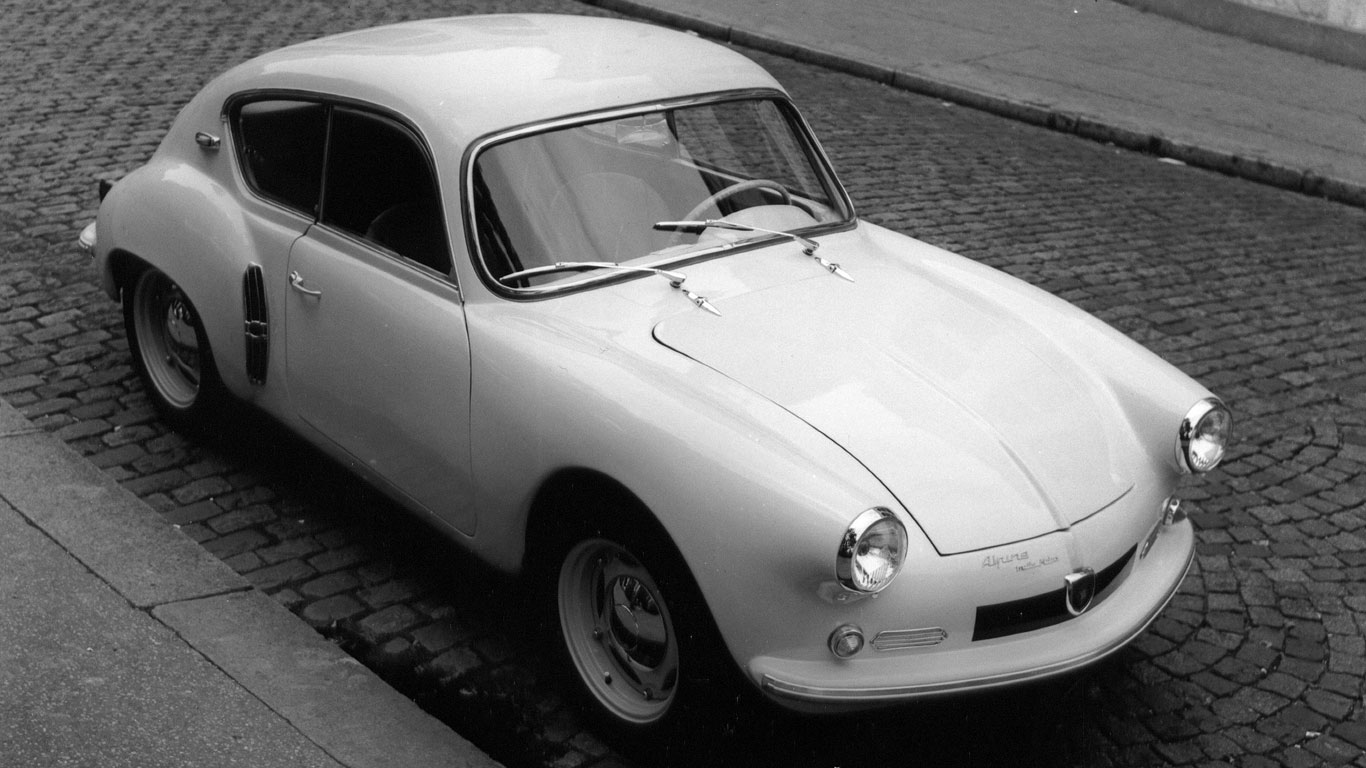 Alpine’s first car was the A106, designed in tandem with Michelotti and built using the familiar 4CV platform. In July 1955, a trio of A106s, in patriotic red, white and blue colours, were paraded through the courtyard of Renault’s HQ.
Alpine’s first car was the A106, designed in tandem with Michelotti and built using the familiar 4CV platform. In July 1955, a trio of A106s, in patriotic red, white and blue colours, were paraded through the courtyard of Renault’s HQ.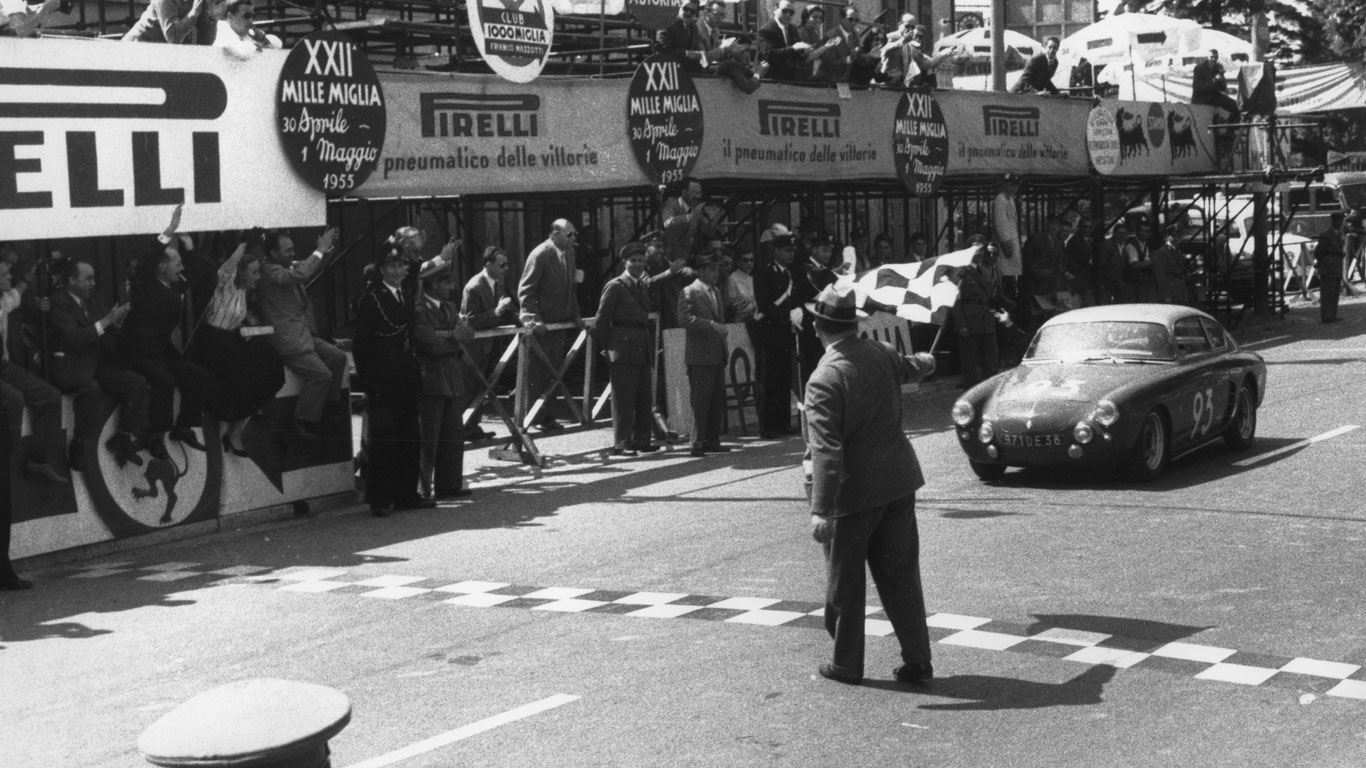 Underneath, the A106 was very much a Renault 4CV, featuring a choice of two 747cc engines – one developing 21hp, the other 38hp. The body was polyester and buyers could opt for a five-speed gearbox and an uprated suspension. Back then, the emphasis was on motorsport success, rather than commercial domination.
Underneath, the A106 was very much a Renault 4CV, featuring a choice of two 747cc engines – one developing 21hp, the other 38hp. The body was polyester and buyers could opt for a five-speed gearbox and an uprated suspension. Back then, the emphasis was on motorsport success, rather than commercial domination.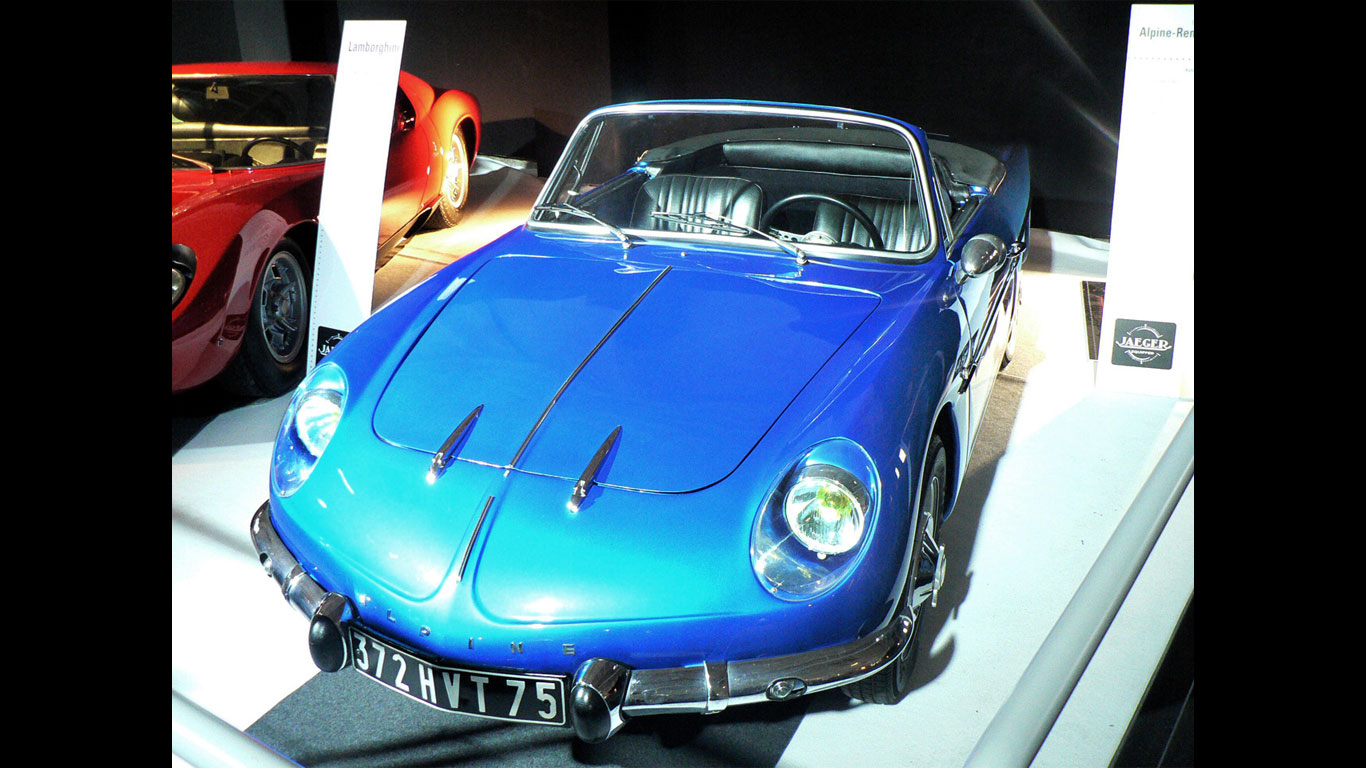 The A106 lived on until 1961, during which time it had been continually improved. The A108 was essentially its replacement, but it was first shown at the 1957 Paris Motor Show. The new car featured an 845cc engine sourced from the Renault Dauphine, but would later gain the 998cc unit from the Dauphine Gordini.
The A106 lived on until 1961, during which time it had been continually improved. The A108 was essentially its replacement, but it was first shown at the 1957 Paris Motor Show. The new car featured an 845cc engine sourced from the Renault Dauphine, but would later gain the 998cc unit from the Dauphine Gordini.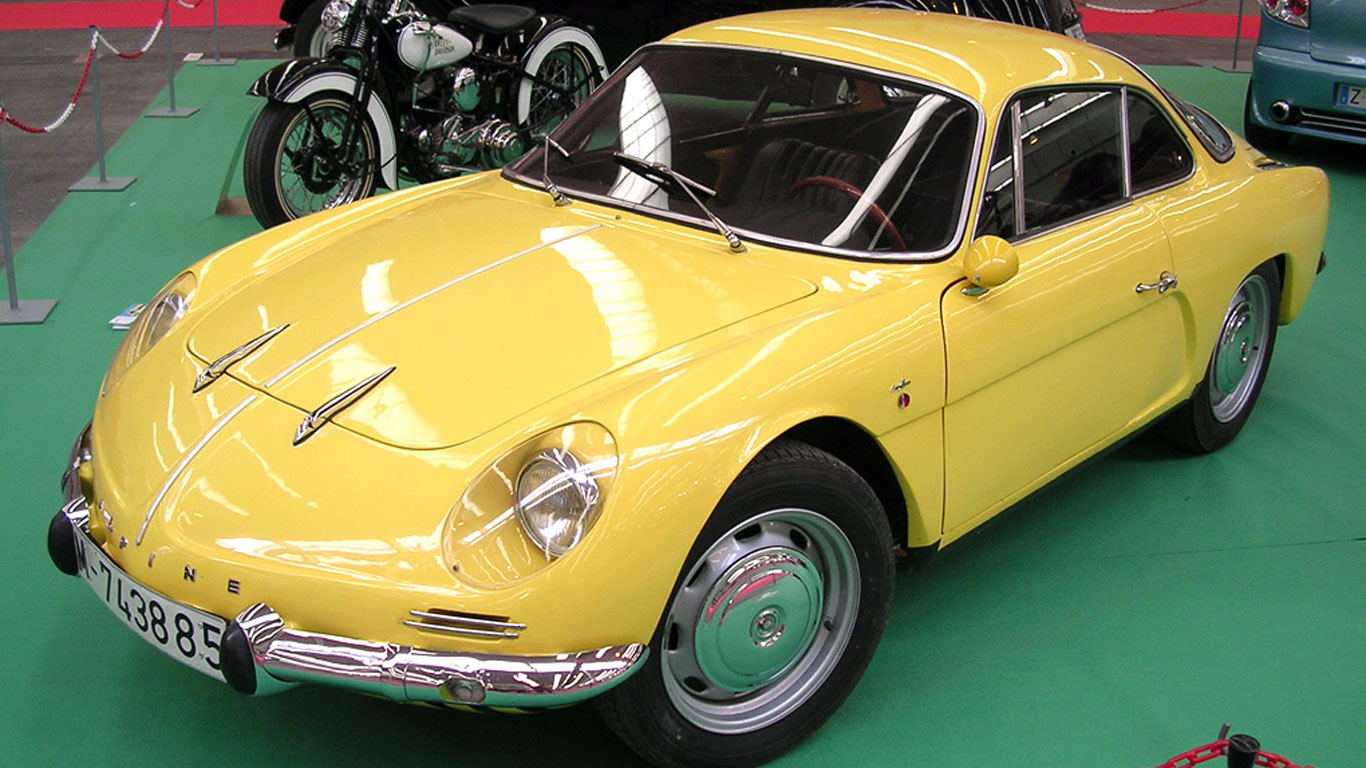 Like the A106, the A108 evolved over time and helped to position Alpine as a more mainstream carmaker. Developments included a berlinetta version of the original ‘coach’ design, along with perspex ‘bubbles’ over the headlights. In total, 236 examples were built between 1958 and 1965.
Like the A106, the A108 evolved over time and helped to position Alpine as a more mainstream carmaker. Developments included a berlinetta version of the original ‘coach’ design, along with perspex ‘bubbles’ over the headlights. In total, 236 examples were built between 1958 and 1965.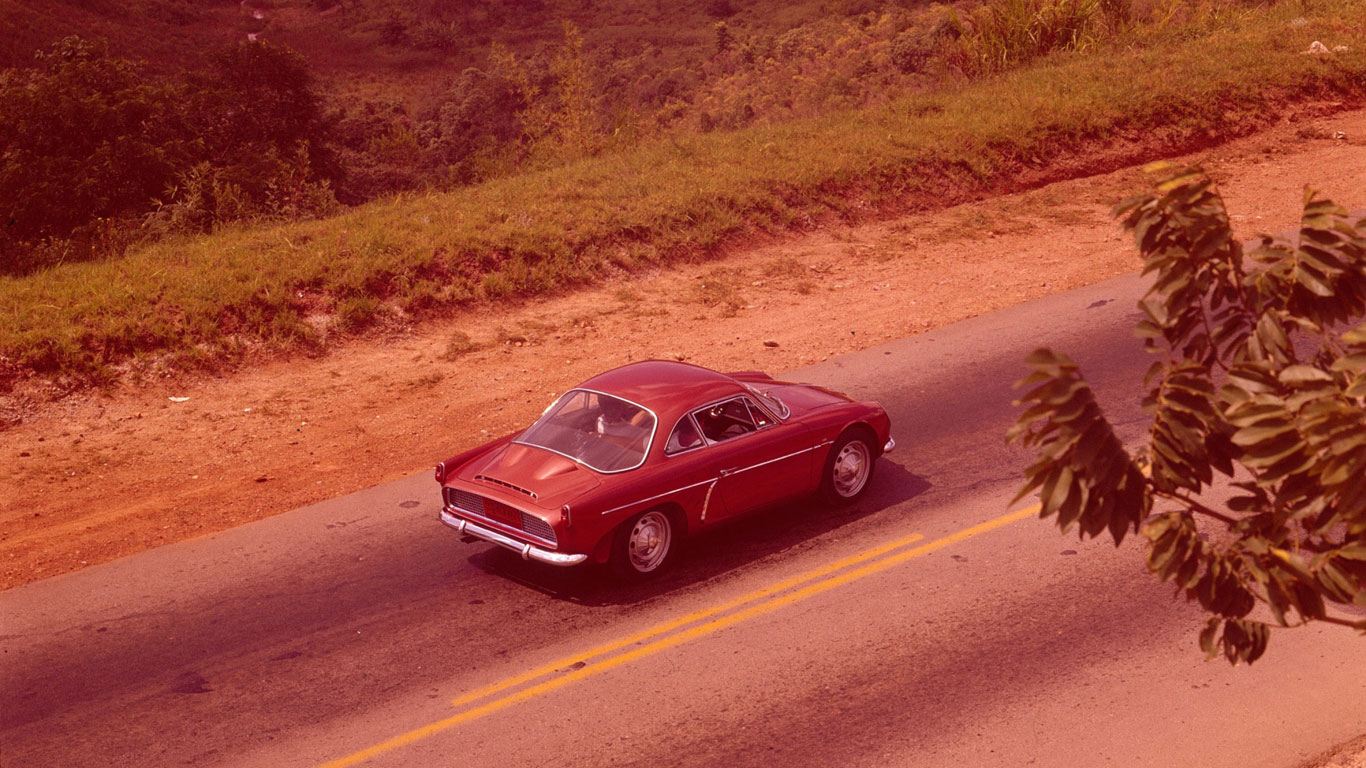 Jean Rédélé was well aware of the need for global expansion, something that led to the development of the Willys-Interlagos. This was an A108 built under licence in Brazil, using parts supplied by the Dieppe factory. Three versions were built in Brazil: berlinetta, coupe and convertible.
Jean Rédélé was well aware of the need for global expansion, something that led to the development of the Willys-Interlagos. This was an A108 built under licence in Brazil, using parts supplied by the Dieppe factory. Three versions were built in Brazil: berlinetta, coupe and convertible.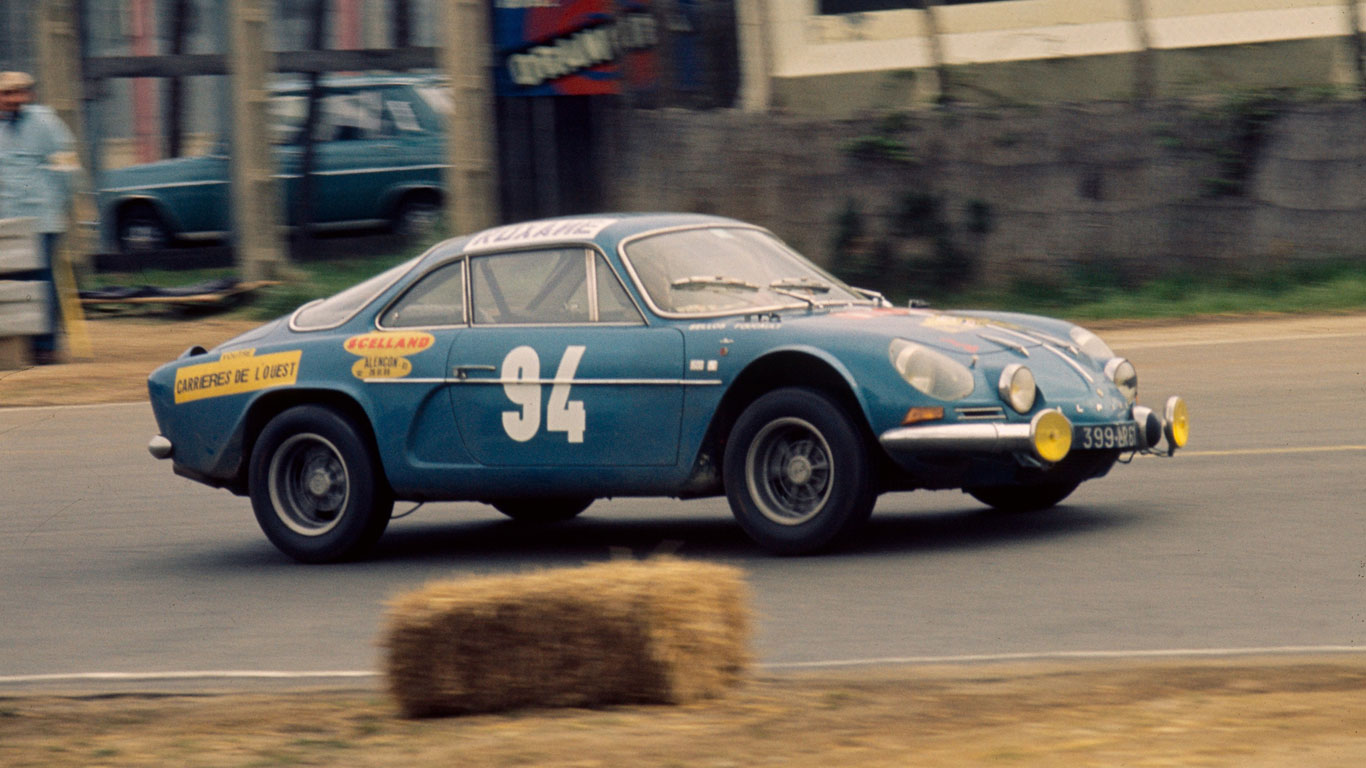 In 1961, Alpine came of age with the launch of the legendary A110. Once again, it was based on a Renault product – this time the Renault 8 – but on this occasion, Alpine would achieve global recognition. Make no mistake, the Alpine A110 was a motorsport hero.
In 1961, Alpine came of age with the launch of the legendary A110. Once again, it was based on a Renault product – this time the Renault 8 – but on this occasion, Alpine would achieve global recognition. Make no mistake, the Alpine A110 was a motorsport hero.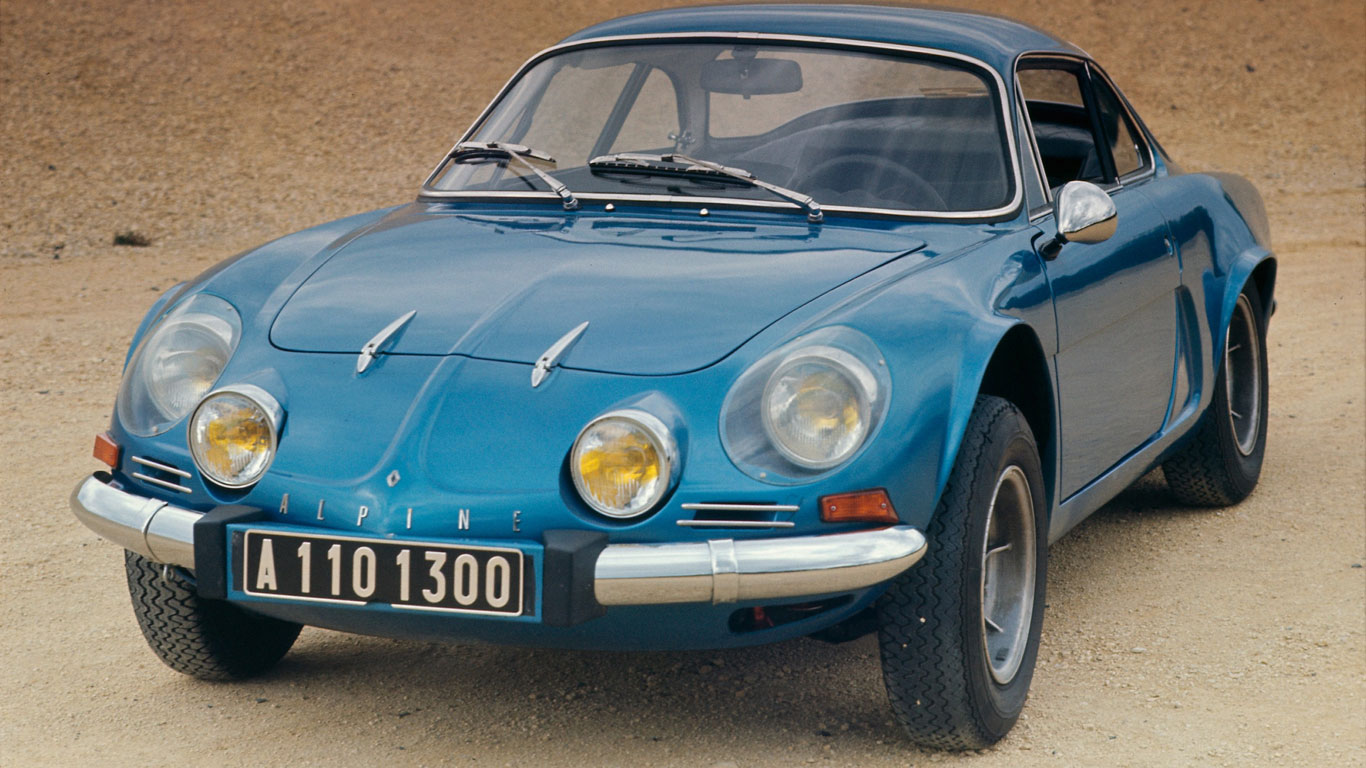
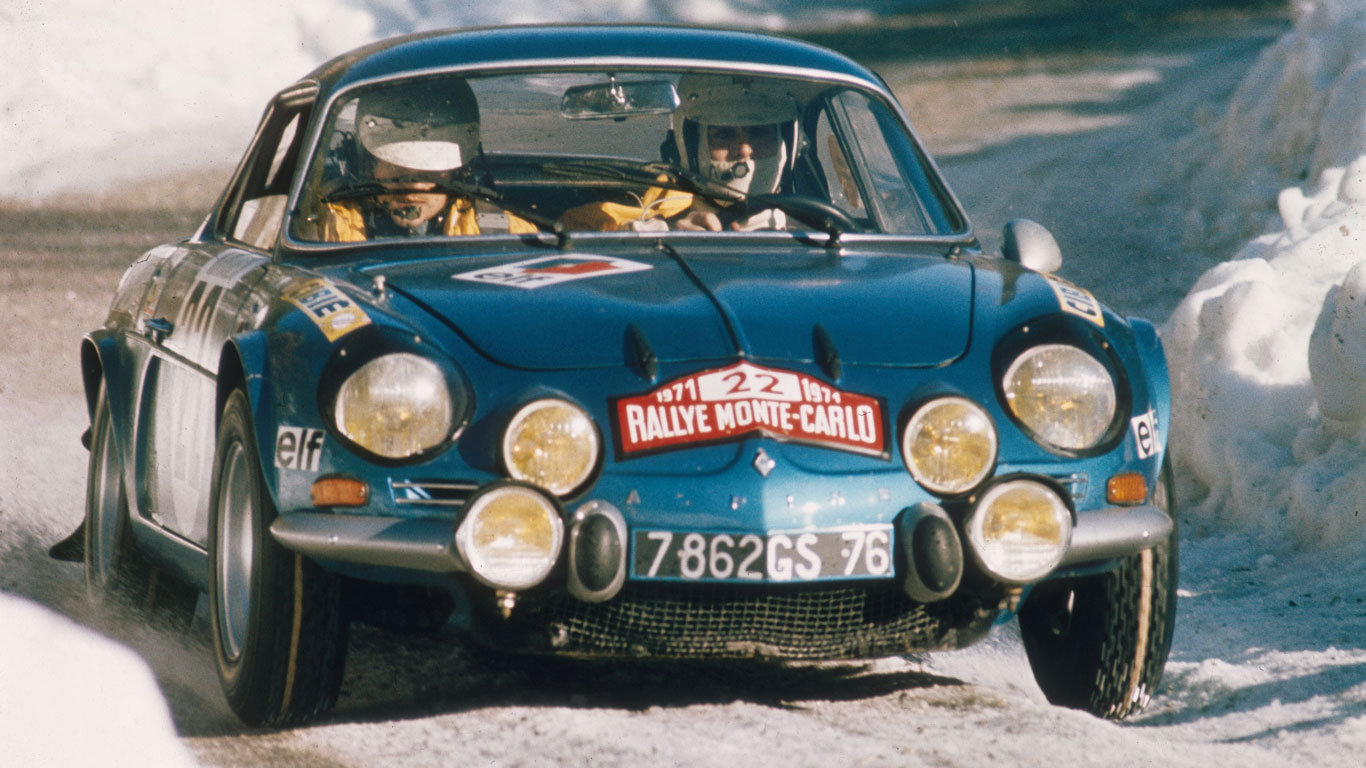 This rear-engined, rear-wheel-drive sports car proved to be a hugely successful rally car, winning numerous events in the late 1960s and early 1970s, including a historic 1-2-3 at the 1971 Monte Carlo Rally. Its greatest achievement was winning the 1973 World Rally Championship, ensuring the Alpine name would be permanently etched in motorsport history.
This rear-engined, rear-wheel-drive sports car proved to be a hugely successful rally car, winning numerous events in the late 1960s and early 1970s, including a historic 1-2-3 at the 1971 Monte Carlo Rally. Its greatest achievement was winning the 1973 World Rally Championship, ensuring the Alpine name would be permanently etched in motorsport history.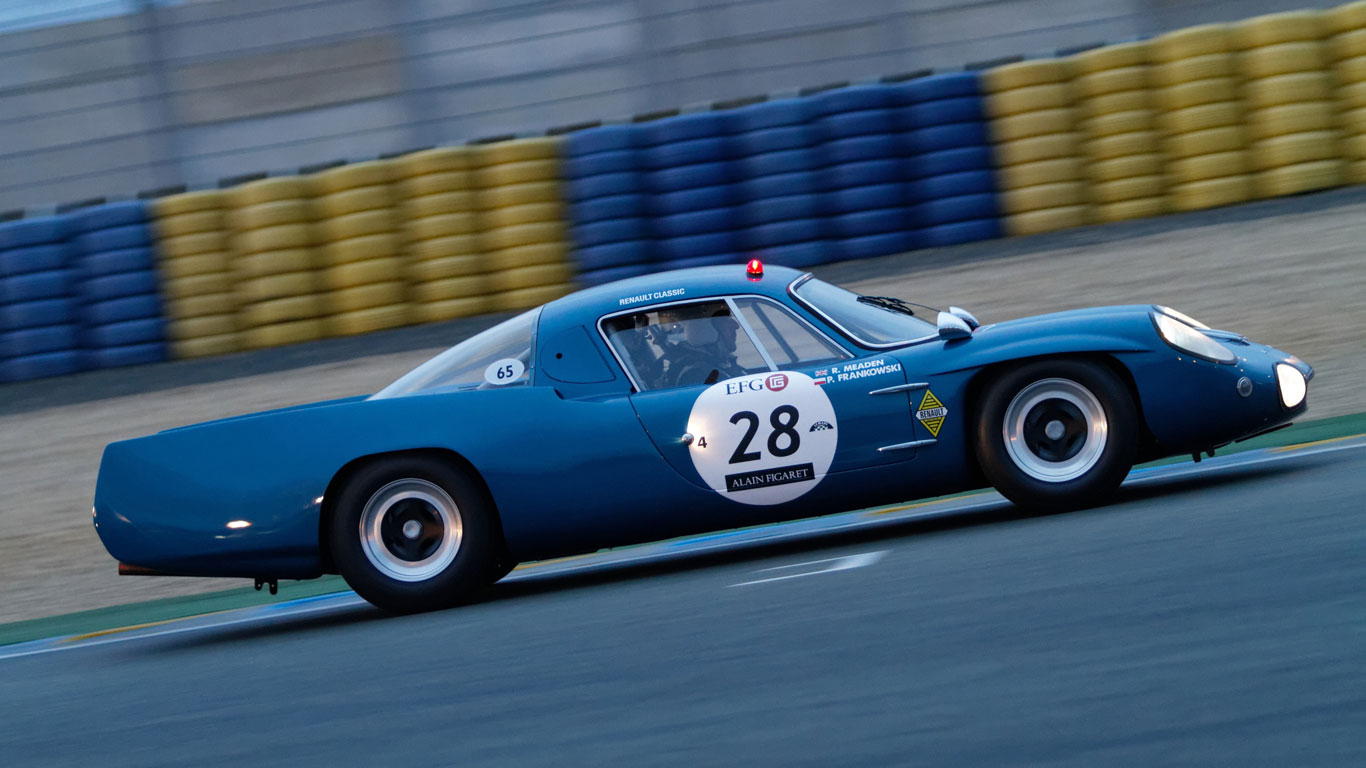 Alpine built many racing versions, including the purpose-built prototype: the M65. It was powered by a Gordini-tuned 1300 engine which – thanks to the car’s slippery shape and low weight (669kg) – meant the M65 was able to reach speeds over 160mph on the Mulsanne straight.
Alpine built many racing versions, including the purpose-built prototype: the M65. It was powered by a Gordini-tuned 1300 engine which – thanks to the car’s slippery shape and low weight (669kg) – meant the M65 was able to reach speeds over 160mph on the Mulsanne straight.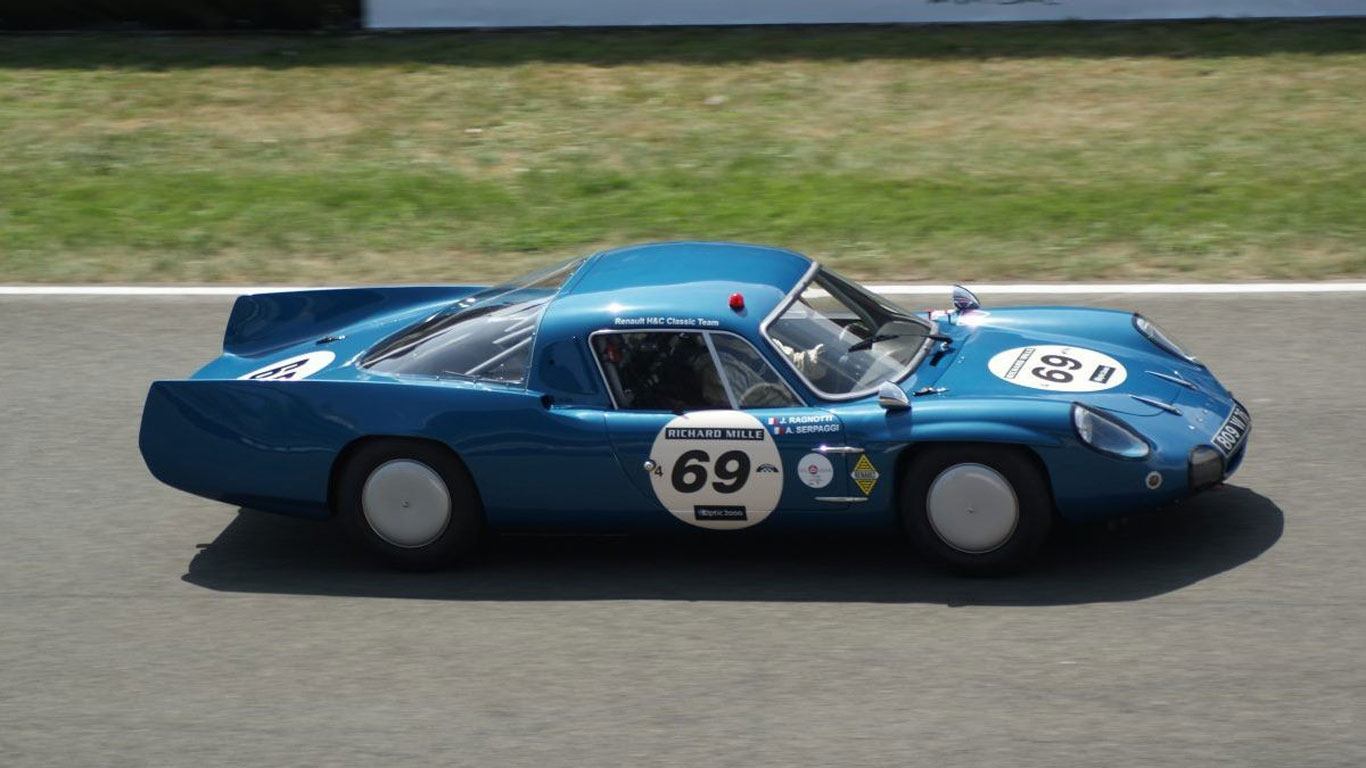 In 1965, the Alpine M65 won the 1,300cc class at the Reims 12-Hours race, before winning the Nürburgring 500km.
In 1965, the Alpine M65 won the 1,300cc class at the Reims 12-Hours race, before winning the Nürburgring 500km.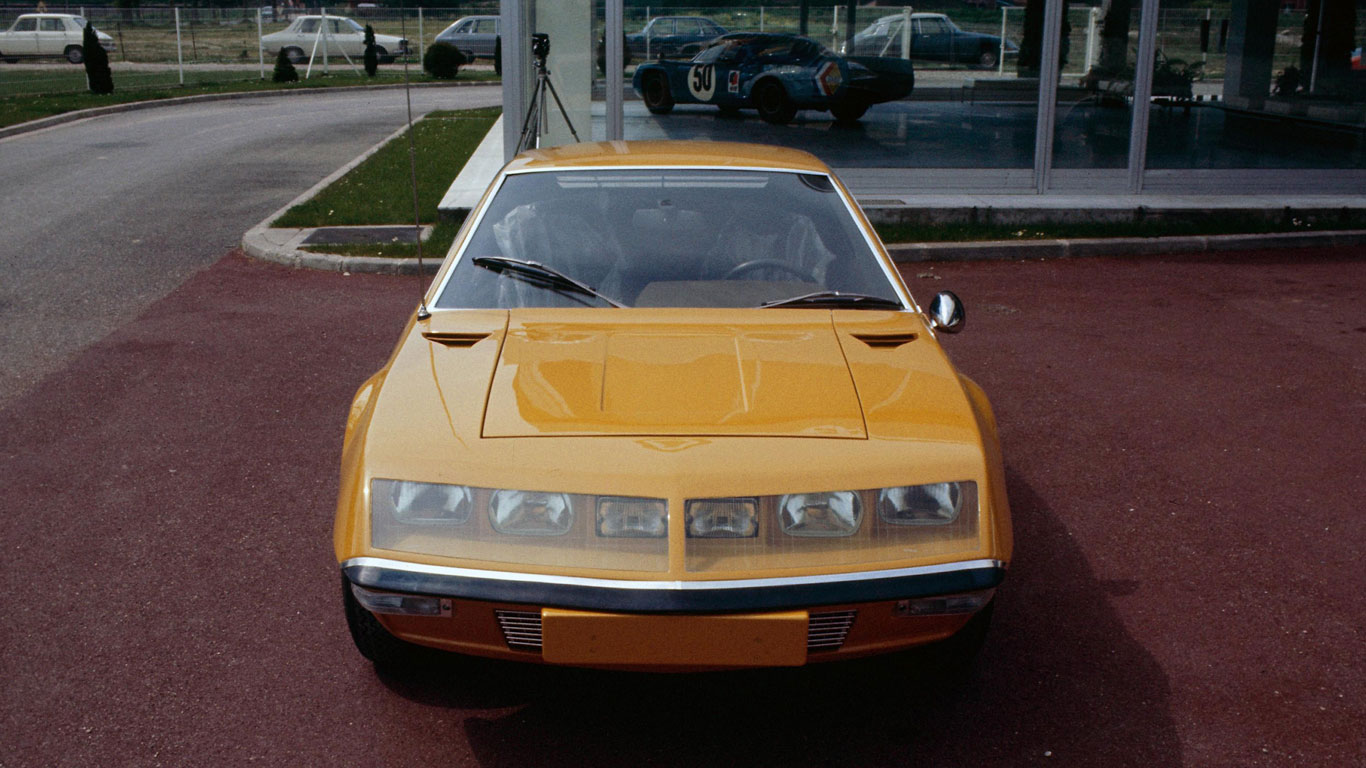 If the A110 was a quintessentially 1960s sports car, the A310 of 1971 was a distinctly 1970s affair. All it needed was a pair of bell-bottomed trousers and a tie-dyed t-shirt. It was designed by Jean Rédélé himself and was set to continue the momentum created by the A110.
If the A110 was a quintessentially 1960s sports car, the A310 of 1971 was a distinctly 1970s affair. All it needed was a pair of bell-bottomed trousers and a tie-dyed t-shirt. It was designed by Jean Rédélé himself and was set to continue the momentum created by the A110.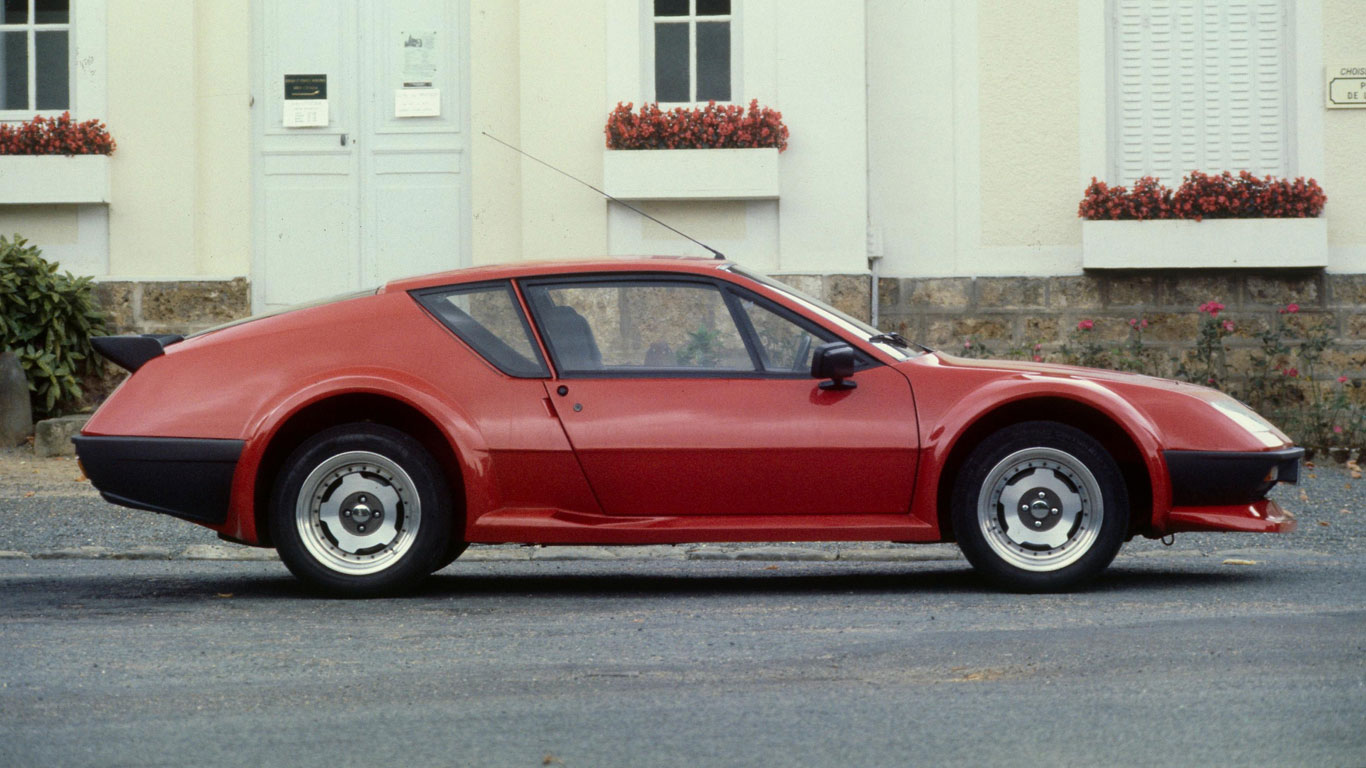 Sadly, the oil crisis of 1973 brought a shuddering halt to Alpine’s progress, resulting in a sharp decline in sales. But the original A310 was disarmingly attractive and a more upmarket product compared with Alpines of old. It was never officially imported into the UK.
Sadly, the oil crisis of 1973 brought a shuddering halt to Alpine’s progress, resulting in a sharp decline in sales. But the original A310 was disarmingly attractive and a more upmarket product compared with Alpines of old. It was never officially imported into the UK.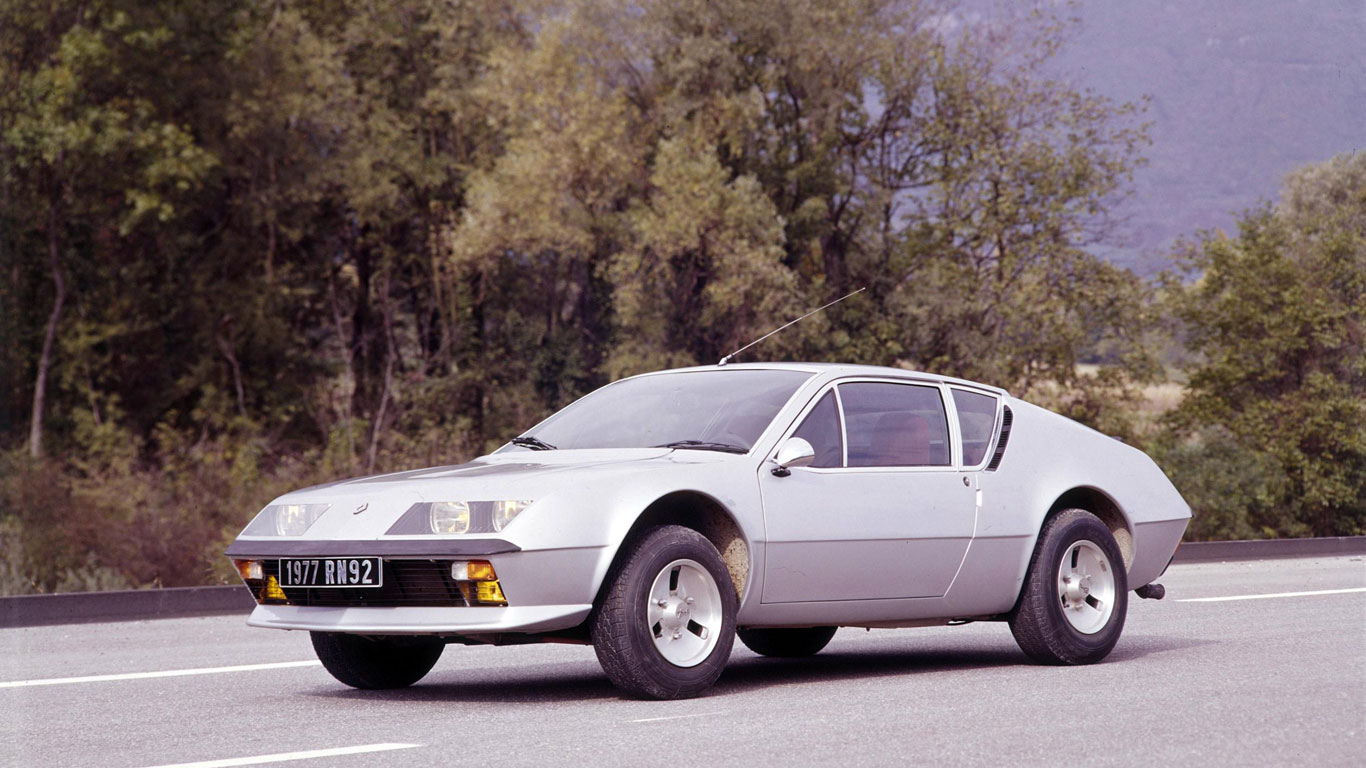 The A310 continued to develop, first with the introduction of a fuel-injected engine in 1974, with a more substantial overhaul reserved for 1976. Famed car designer, Robert Opron, was wheeled in to restyle the A310, which, at the same time, was treated to the V6 PRV engine seen in Renaults, Volvos and Peugeots. In 1981, it received the same suspension as the Renault 5 Turbo.
The A310 continued to develop, first with the introduction of a fuel-injected engine in 1974, with a more substantial overhaul reserved for 1976. Famed car designer, Robert Opron, was wheeled in to restyle the A310, which, at the same time, was treated to the V6 PRV engine seen in Renaults, Volvos and Peugeots. In 1981, it received the same suspension as the Renault 5 Turbo.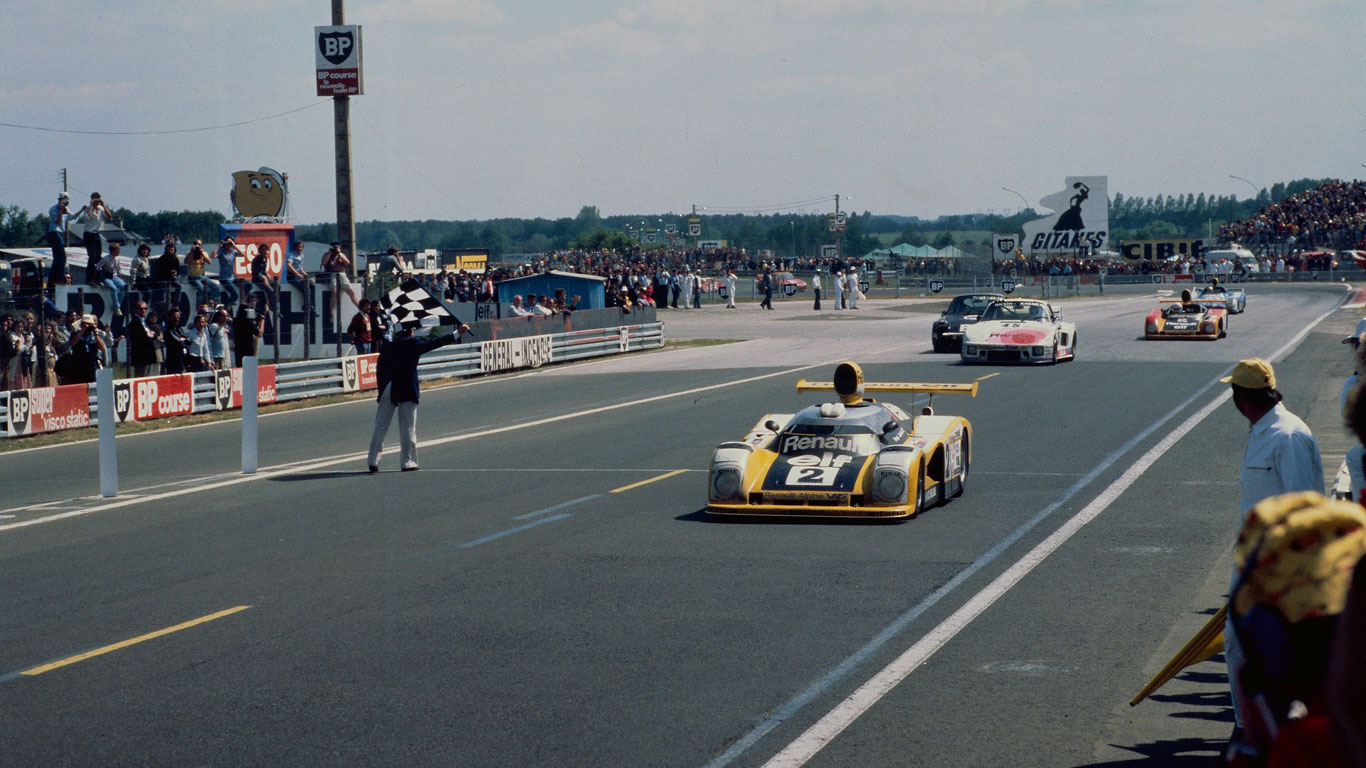 Alpine continued to achieve great success on the track, most notably at the 1978 Le Mans, where an A442 B, driven by Didier Pironi and Jean-Pierre Jaussaud, finished first, ahead of the much-fancied entries from Porsche.
Alpine continued to achieve great success on the track, most notably at the 1978 Le Mans, where an A442 B, driven by Didier Pironi and Jean-Pierre Jaussaud, finished first, ahead of the much-fancied entries from Porsche.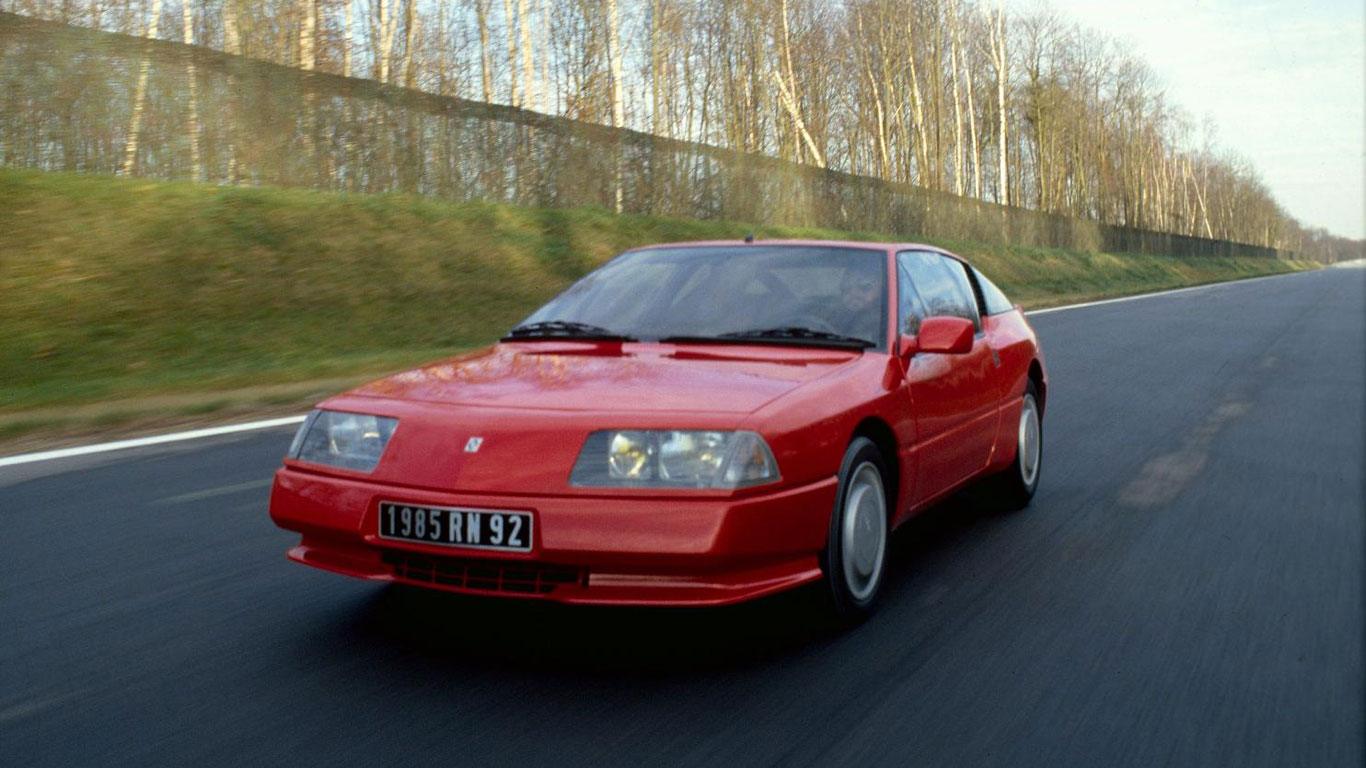 The GTA made its debut in 1985, and although it was badged an Alpine on the continent, in the UK it was known as the Renault GTA. Now, Alpine was focusing on grand tourers, and although it looked like a mere facelift of the A310, this was a significant overhaul. The range-topping V6 Turbo developed 200hp and offered a top speed of 150mph.
The GTA made its debut in 1985, and although it was badged an Alpine on the continent, in the UK it was known as the Renault GTA. Now, Alpine was focusing on grand tourers, and although it looked like a mere facelift of the A310, this was a significant overhaul. The range-topping V6 Turbo developed 200hp and offered a top speed of 150mph.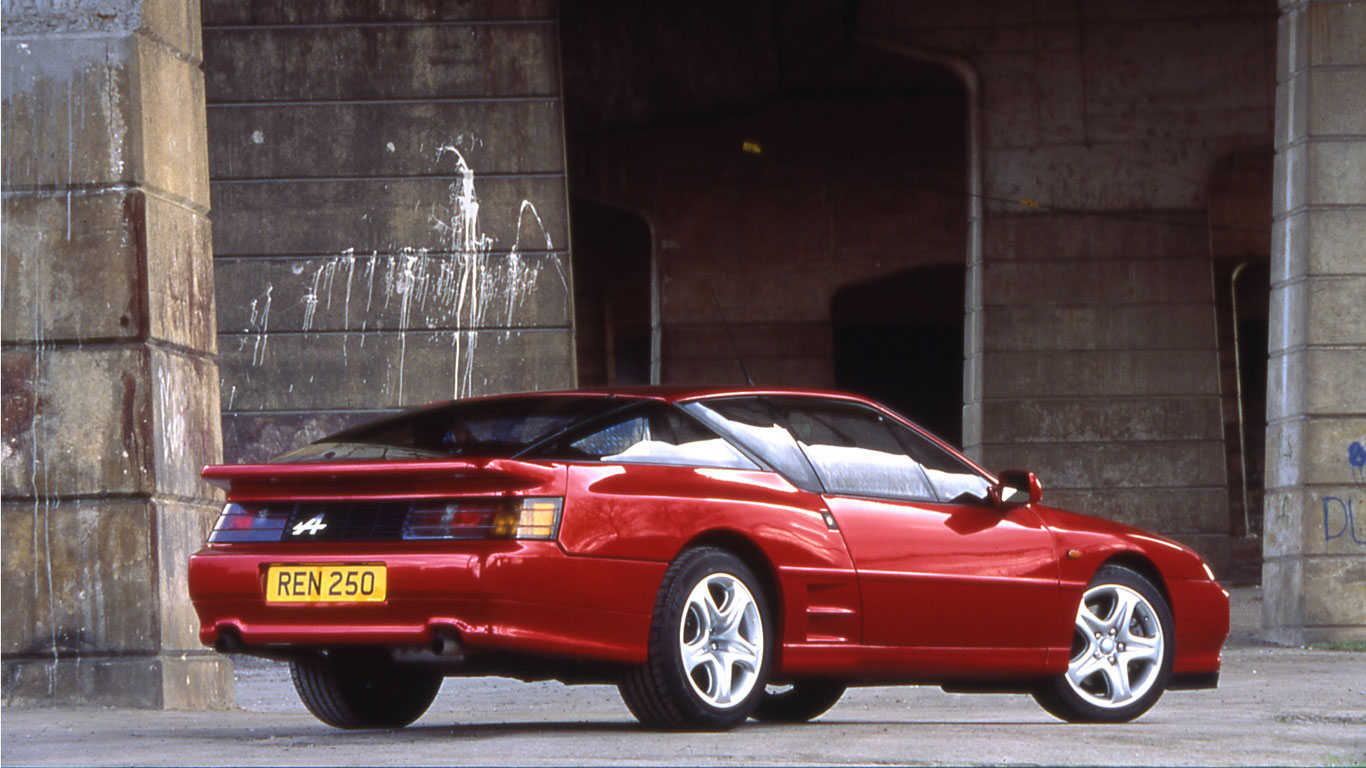 In 1990, the A610 joined the Alpine family, complete with a 3.0-litre turbocharged V6 engine. It now featured pop-up headlights and, although it compared favourably with more established rivals of the era, it didn’t offer tremendous build quality and was dropped in 1995.
In 1990, the A610 joined the Alpine family, complete with a 3.0-litre turbocharged V6 engine. It now featured pop-up headlights and, although it compared favourably with more established rivals of the era, it didn’t offer tremendous build quality and was dropped in 1995.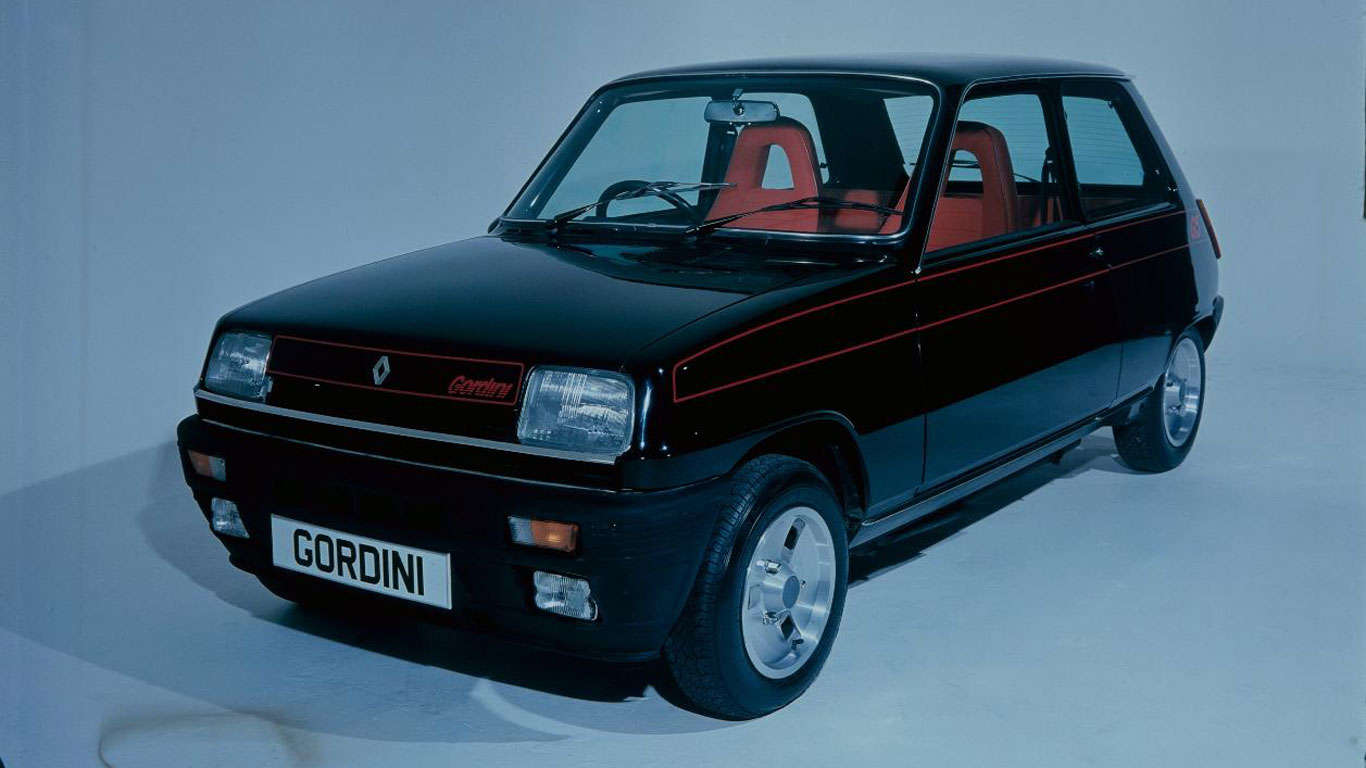 The last A610 had rolled off the Dieppe production line in late 1994, signalling the end for the Alpine name. But life at the Dieppe factory would go on, as it continued to build performance cars for Renault. Indeed, back in 1976, the Renault 5 Alpine – or Gordini in the UK – was built in Dieppe.
The last A610 had rolled off the Dieppe production line in late 1994, signalling the end for the Alpine name. But life at the Dieppe factory would go on, as it continued to build performance cars for Renault. Indeed, back in 1976, the Renault 5 Alpine – or Gordini in the UK – was built in Dieppe.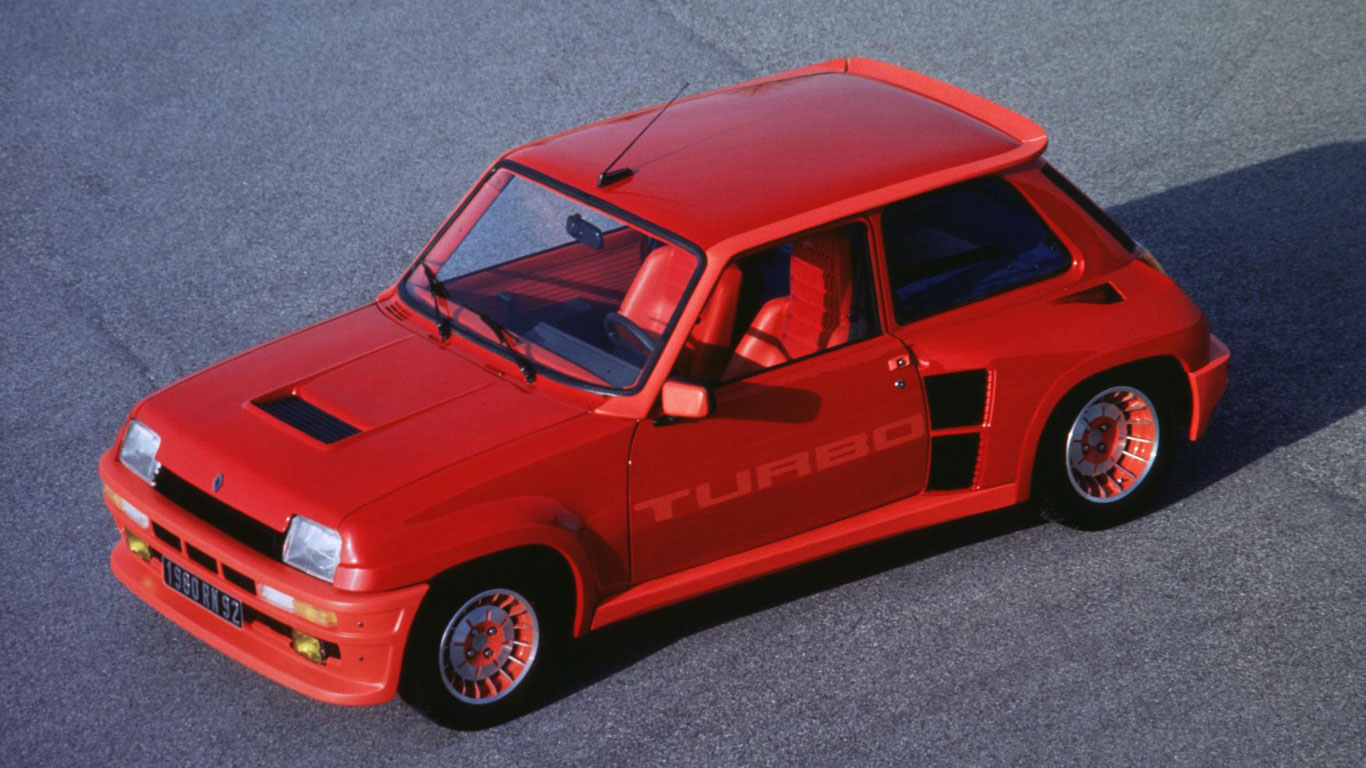 Similarly, the Dieppe factory was responsible for building 5,112 mid-engined Renault 5 Turbos…
Similarly, the Dieppe factory was responsible for building 5,112 mid-engined Renault 5 Turbos…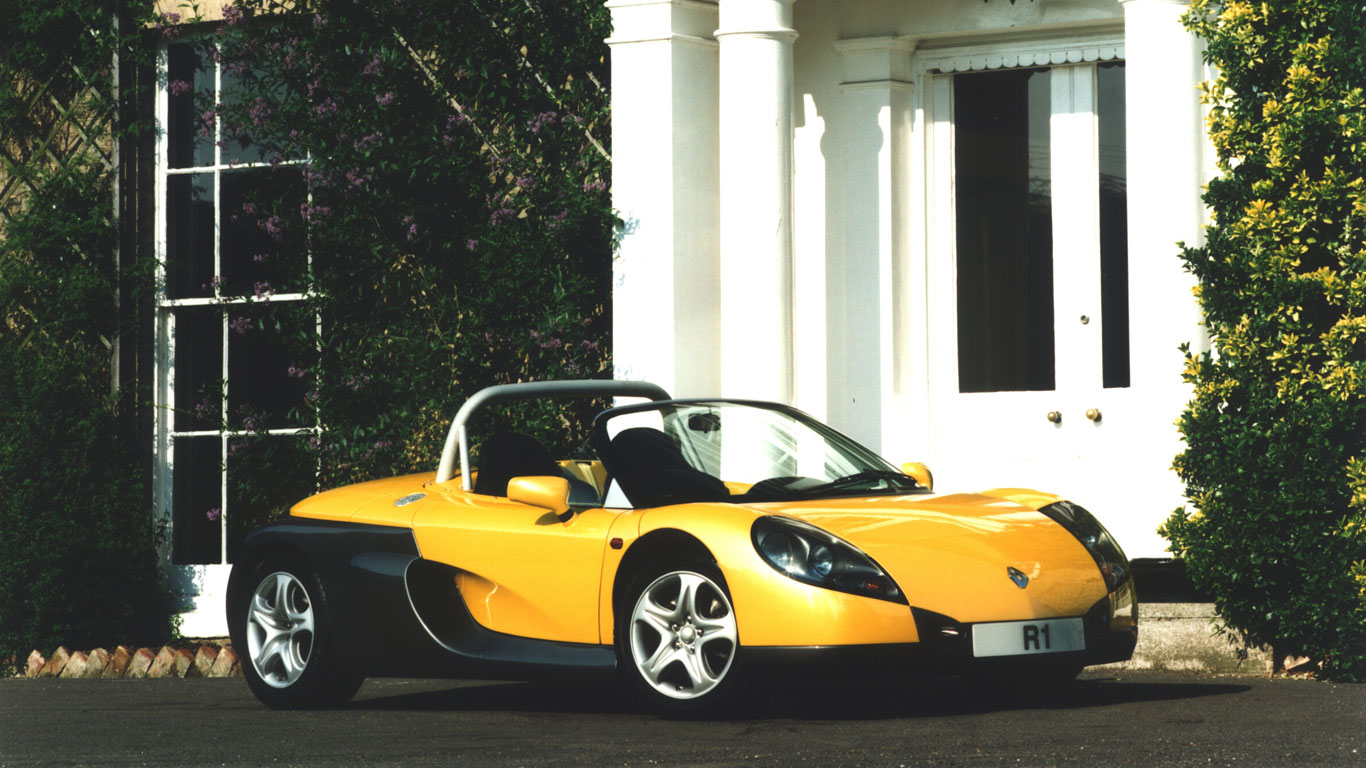 Not to mention 1,685 Renault Sport Spiders – otherwise known as the ‘French Lotus Elise’.
Not to mention 1,685 Renault Sport Spiders – otherwise known as the ‘French Lotus Elise’.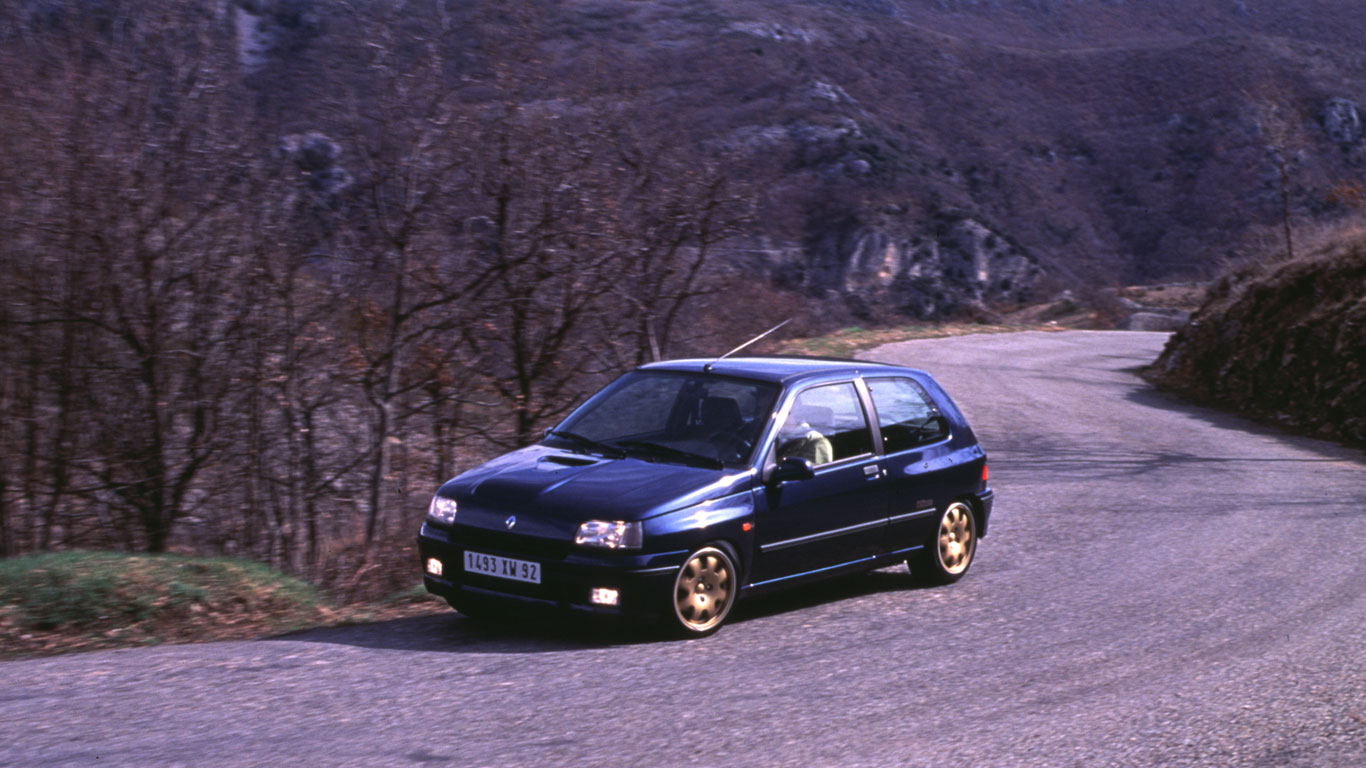 Other cars to roll off the Dieppe production line included the Renault Clio Williams, Renault Espace, Renaultsport Clio V6, Renaultsport Megane and Renaultsport Clio.
Other cars to roll off the Dieppe production line included the Renault Clio Williams, Renault Espace, Renaultsport Clio V6, Renaultsport Megane and Renaultsport Clio.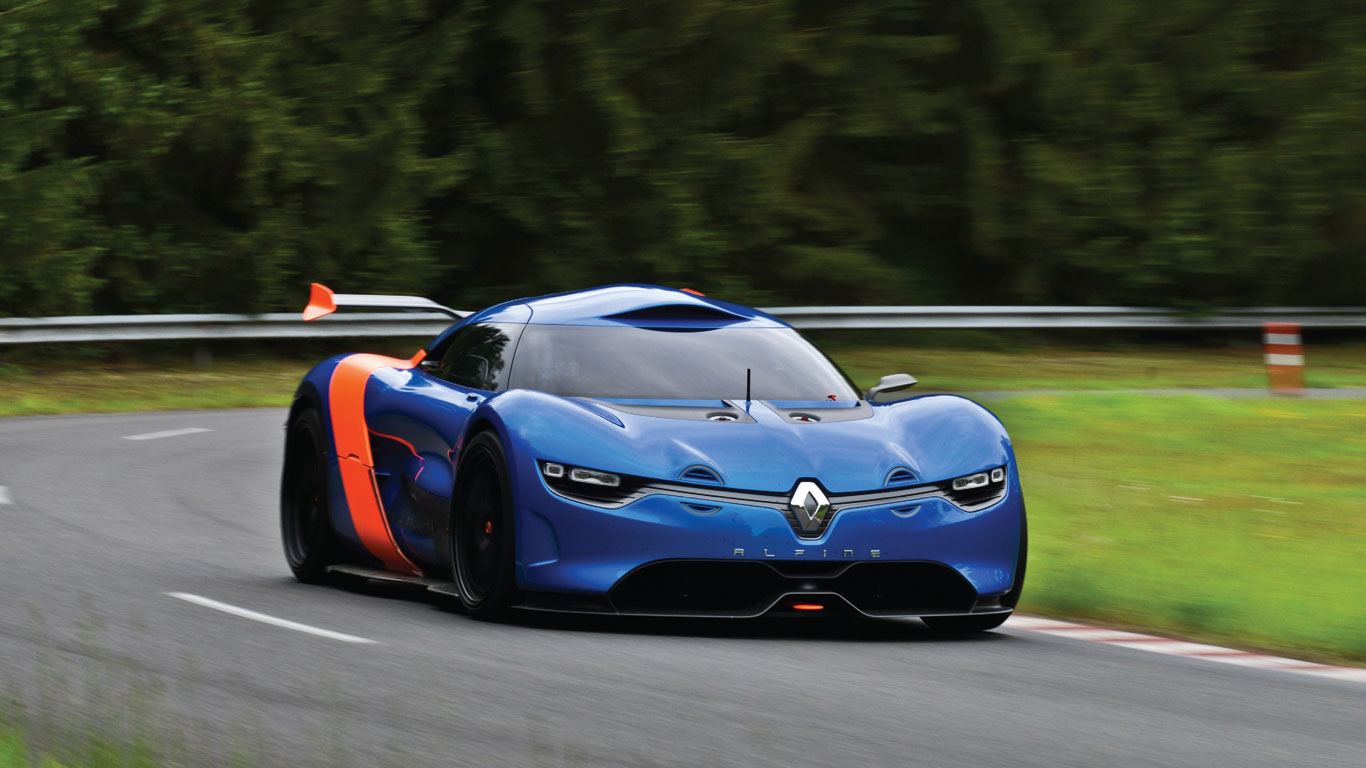 To mark the 50th anniversary of the Alpine A110, Renault unveiled the stunning A110-50 concept in 2012. The A110-50 featured a carbonfibre body and a shade of blue reminiscent of the famous Alpine Blue of the past.
To mark the 50th anniversary of the Alpine A110, Renault unveiled the stunning A110-50 concept in 2012. The A110-50 featured a carbonfibre body and a shade of blue reminiscent of the famous Alpine Blue of the past.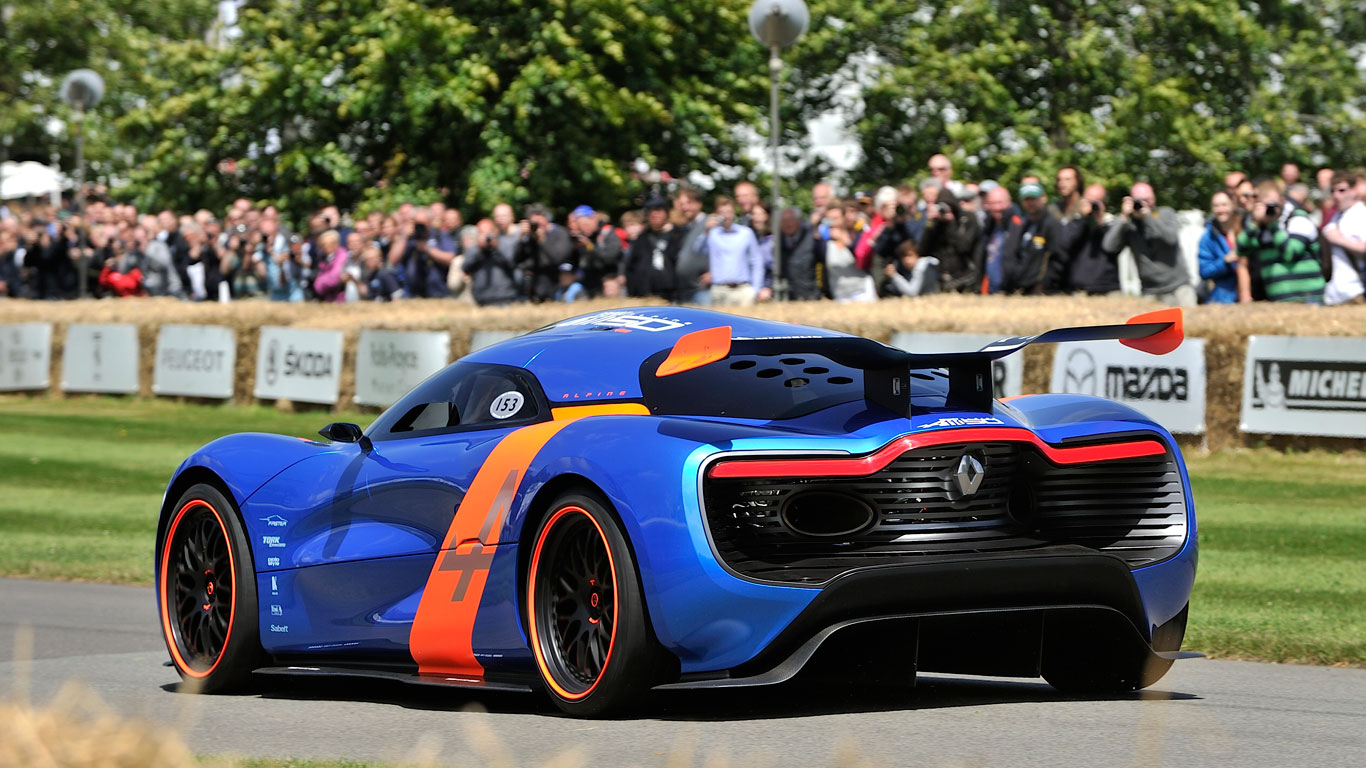 It was built using the platform of the Megane Trophy and featured 21-inch wheels, Sachs dampers and huge disc brakes. In a nod to Alpines of yesterday, the A110-50 was devoid of any safety aids, such as ABS and traction control.
It was built using the platform of the Megane Trophy and featured 21-inch wheels, Sachs dampers and huge disc brakes. In a nod to Alpines of yesterday, the A110-50 was devoid of any safety aids, such as ABS and traction control.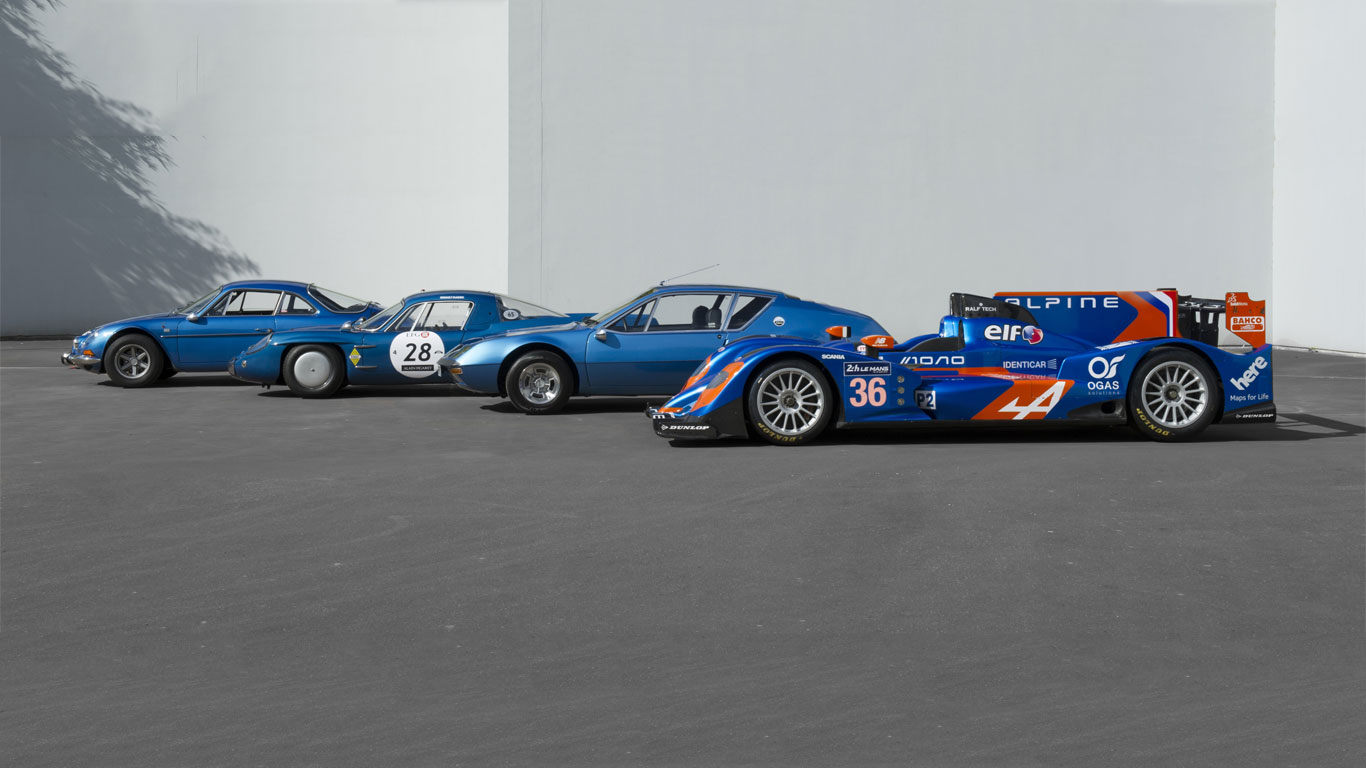 In March 2015, as Renault prepared to relaunch the Alpine name, it unveiled the Vision Gran Turismo. The front takes its inspiration from the A110, while the vertical rear fins are reminiscent of the A210 and A220.
In March 2015, as Renault prepared to relaunch the Alpine name, it unveiled the Vision Gran Turismo. The front takes its inspiration from the A110, while the vertical rear fins are reminiscent of the A210 and A220.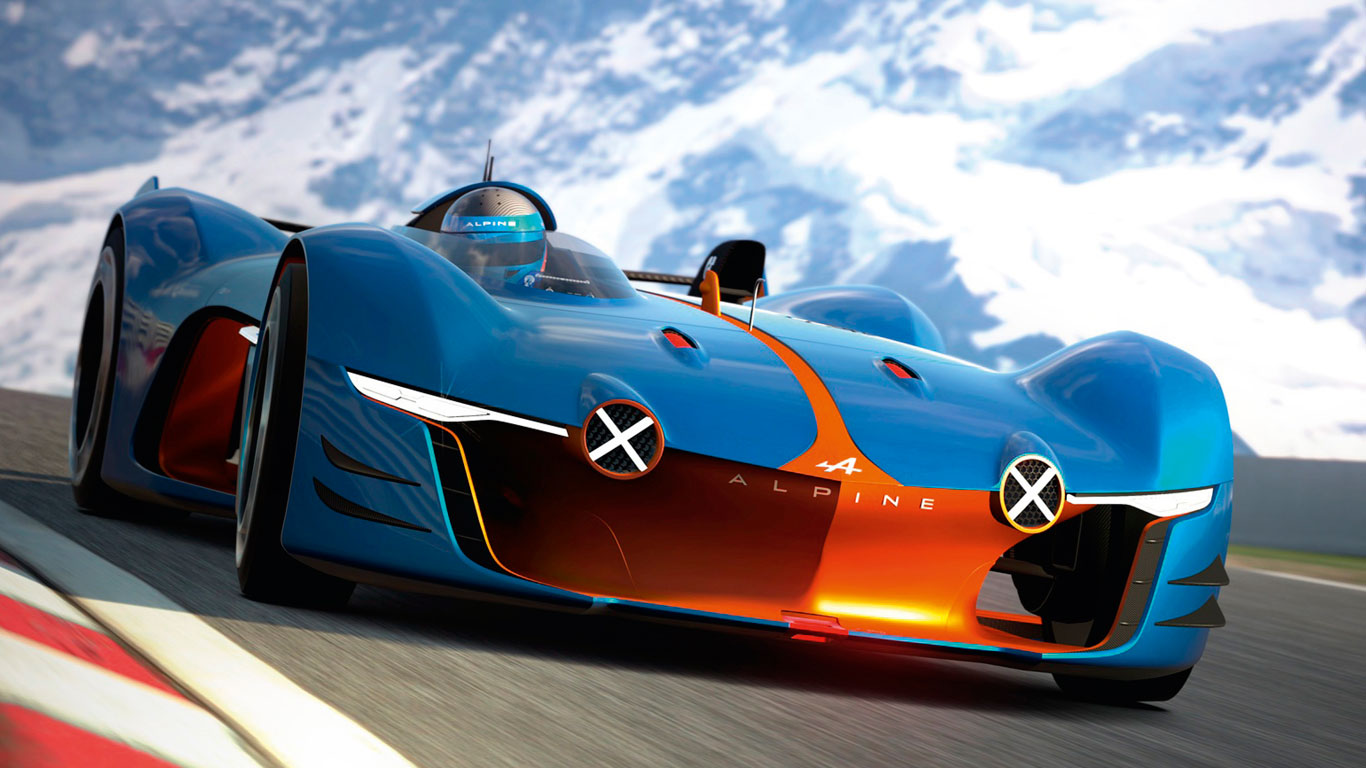 It’s powered by a virtual 4.5-litre V8 engine, which helps it to achieve a virtual top speed of 199mph, although we’re sure PlayStation gamers could nudge 200mph if they tried hard enough. It weighs a mere 900kg, which is definitely in the spirit of Alpines of old.
It’s powered by a virtual 4.5-litre V8 engine, which helps it to achieve a virtual top speed of 199mph, although we’re sure PlayStation gamers could nudge 200mph if they tried hard enough. It weighs a mere 900kg, which is definitely in the spirit of Alpines of old.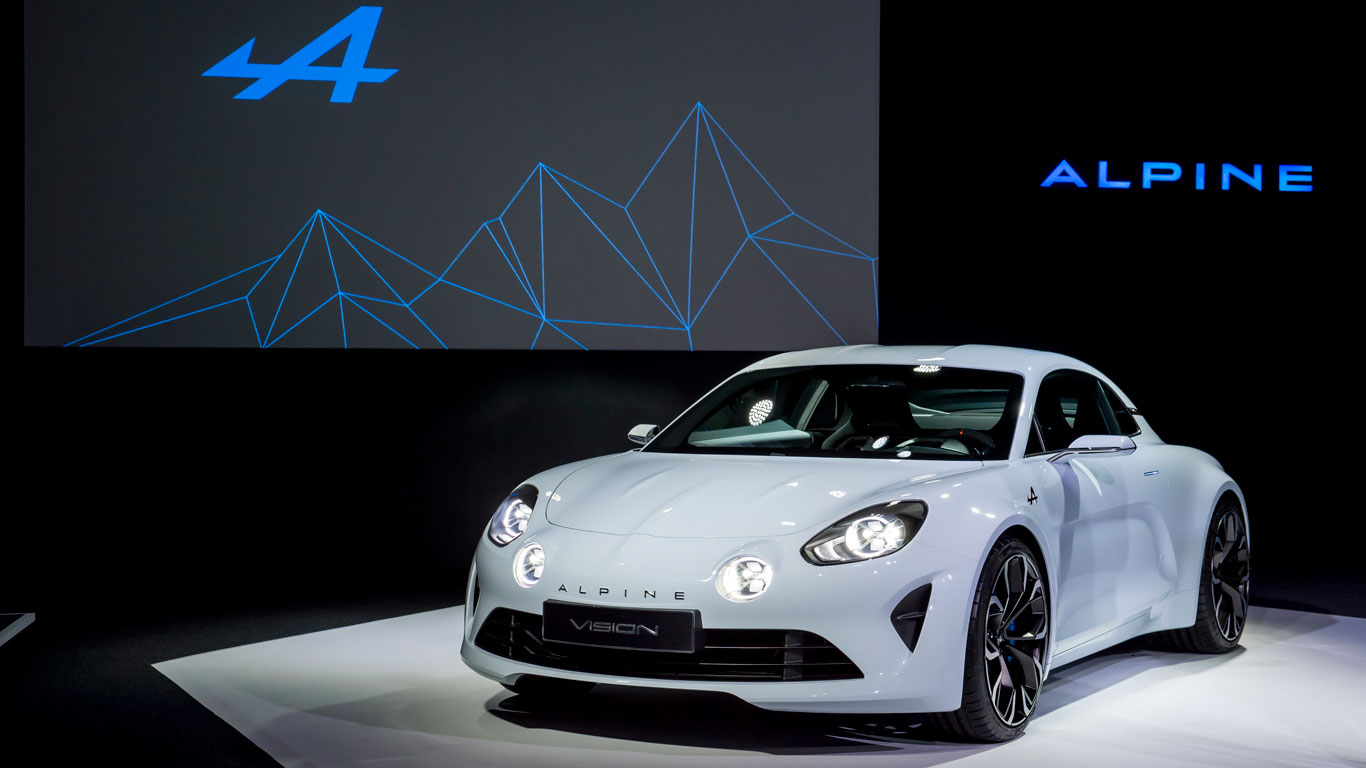
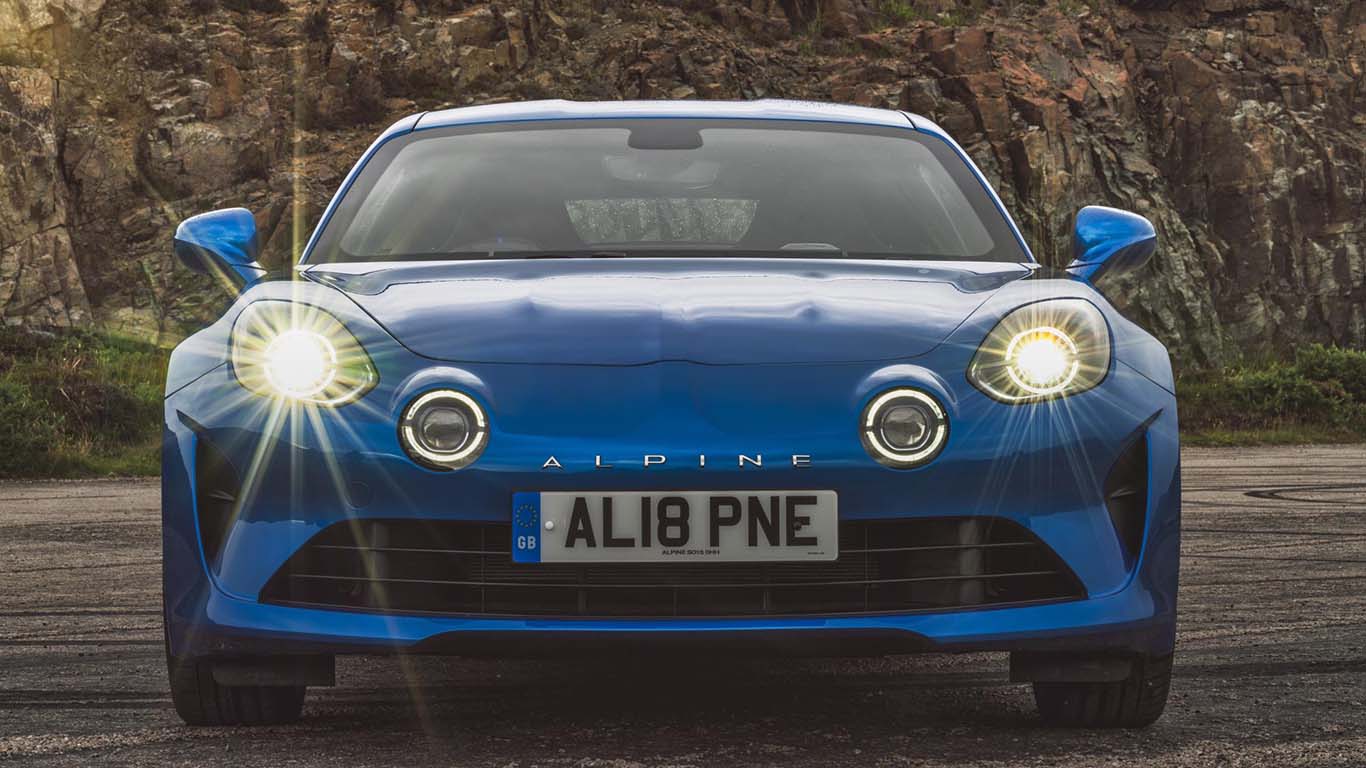 The Alpine A110 was revealed in February 2017, ahead of its debut at the Geneva Motor Show. The compact and lightweight sports car is powered by a 1.8-litre four-cylinder turbocharged engine producing 252hp. Because it’s so light, it can sprint to 62mph in around 4.5 seconds. It’s one of the best sports cars of the modern era.
The Alpine A110 was revealed in February 2017, ahead of its debut at the Geneva Motor Show. The compact and lightweight sports car is powered by a 1.8-litre four-cylinder turbocharged engine producing 252hp. Because it’s so light, it can sprint to 62mph in around 4.5 seconds. It’s one of the best sports cars of the modern era.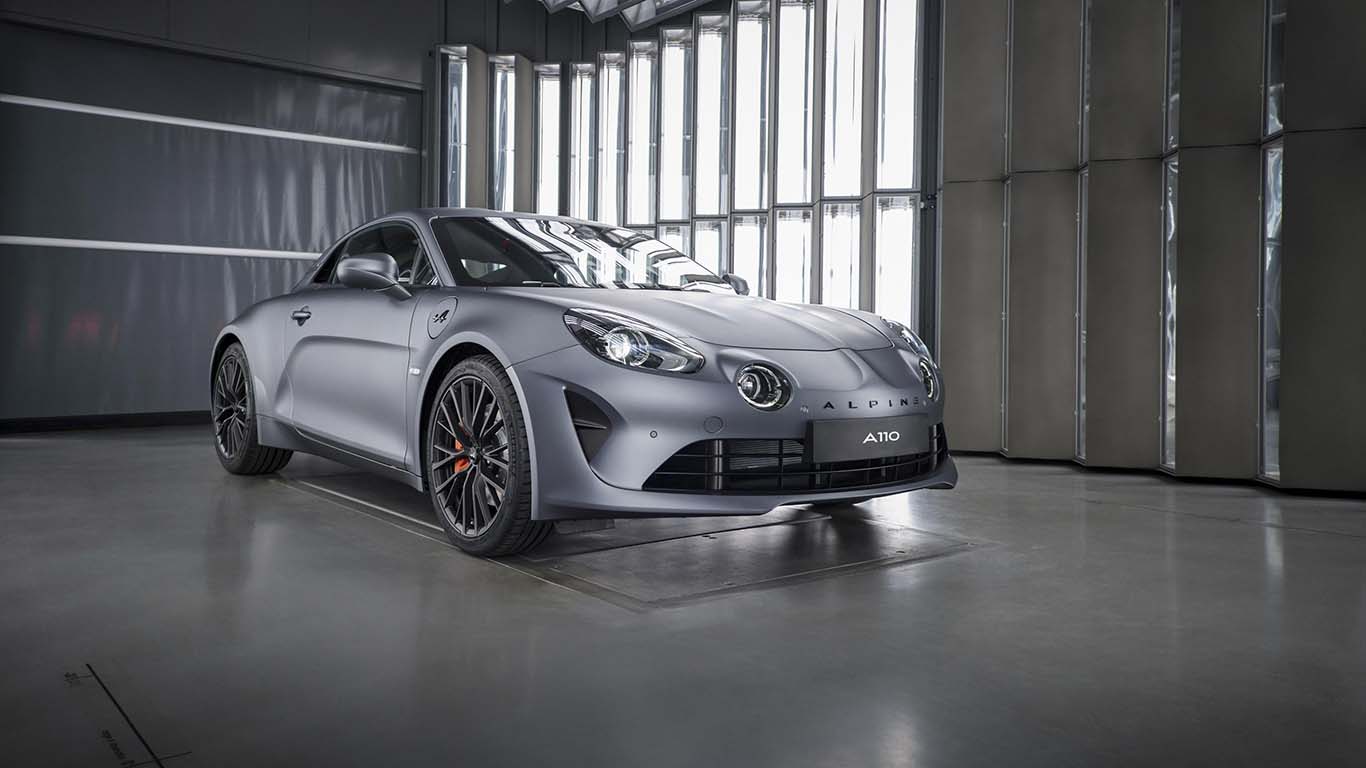 In 2019, Alpine unveiled the more powerful A110S. The turbocharged engine produces 292hp, with the peak torque available over a wider rev band. It also features high-performance brakes, wider Michelin Pilot Sport 4 tyres, a ride height lowered by 4mm, plus stiffer springs. There’s also a new Thunder Grey Matt paint finish, as seen here.
In 2019, Alpine unveiled the more powerful A110S. The turbocharged engine produces 292hp, with the peak torque available over a wider rev band. It also features high-performance brakes, wider Michelin Pilot Sport 4 tyres, a ride height lowered by 4mm, plus stiffer springs. There’s also a new Thunder Grey Matt paint finish, as seen here.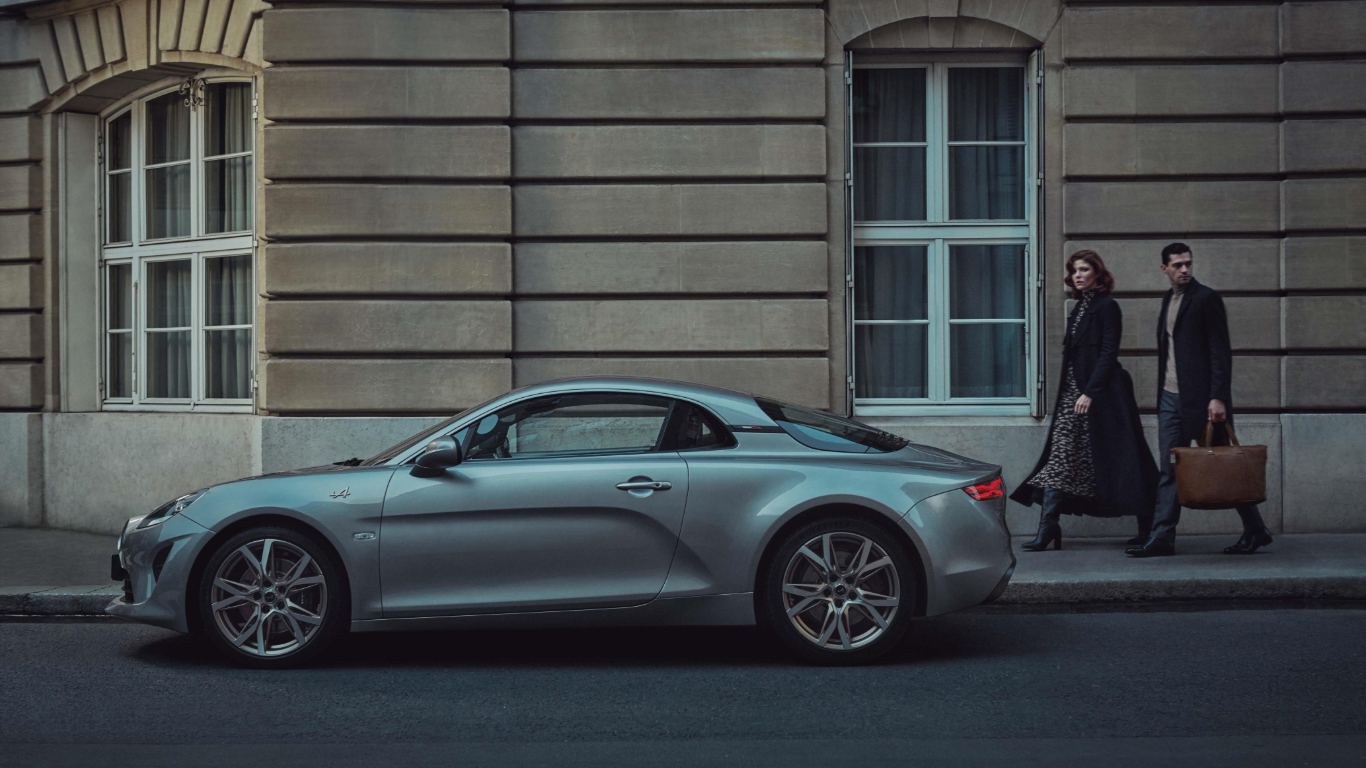 Based on the standard A110, the upmarket Legende GT features 18-inch diamond-cut alloys, amber leather upholstery, carbon and copper interior trim, plus an optional fitted luggage set. Only 400 will be sold worldwide.
Based on the standard A110, the upmarket Legende GT features 18-inch diamond-cut alloys, amber leather upholstery, carbon and copper interior trim, plus an optional fitted luggage set. Only 400 will be sold worldwide.